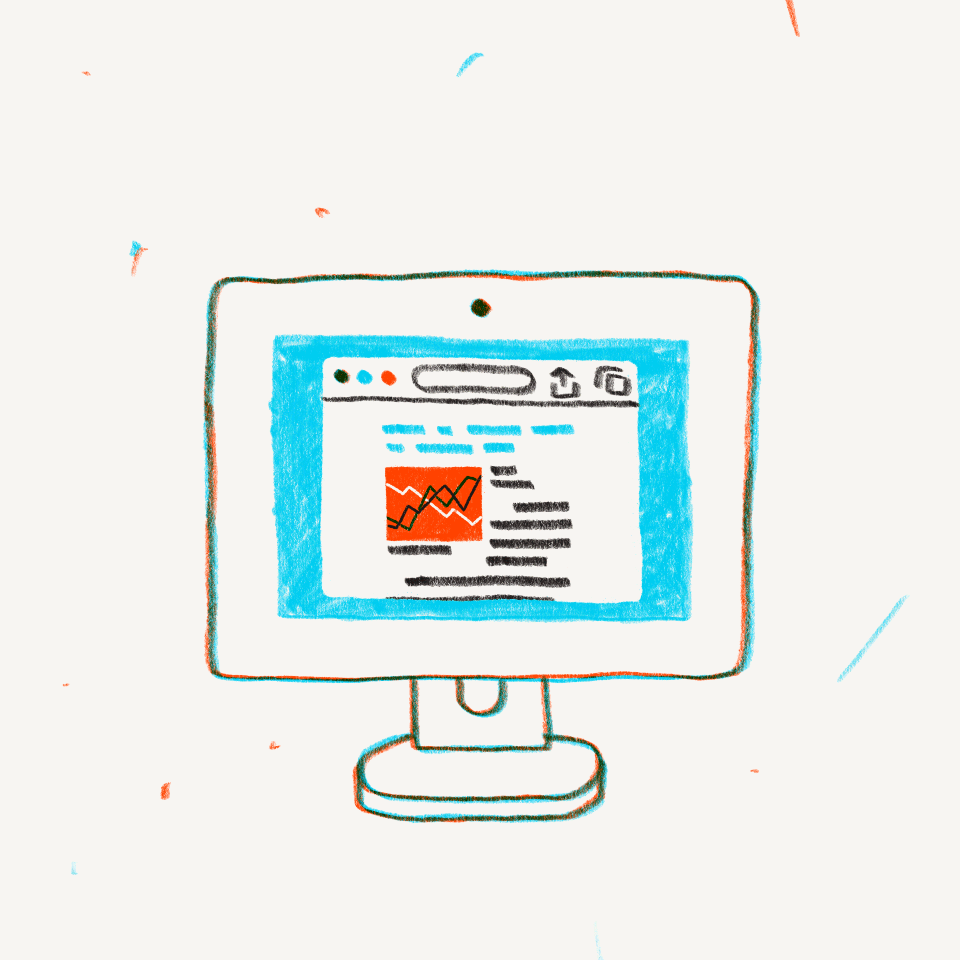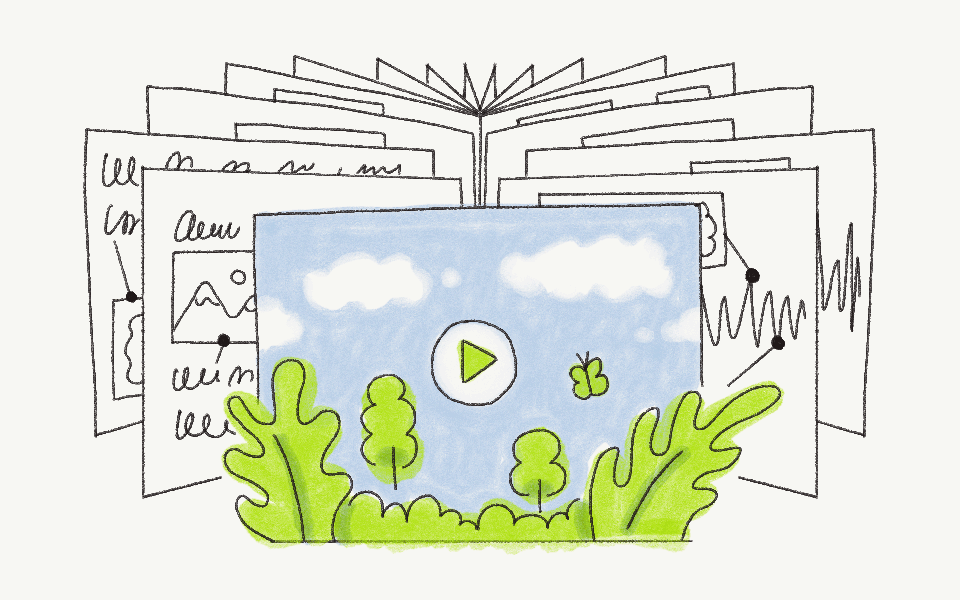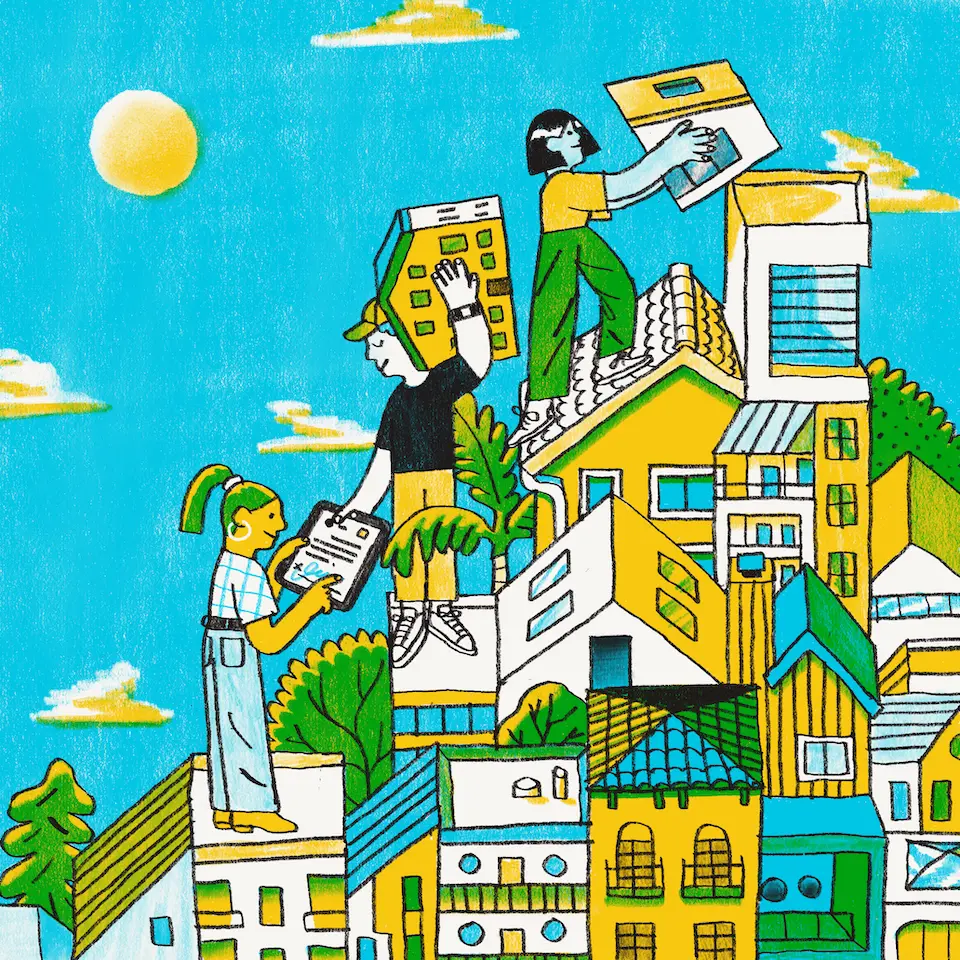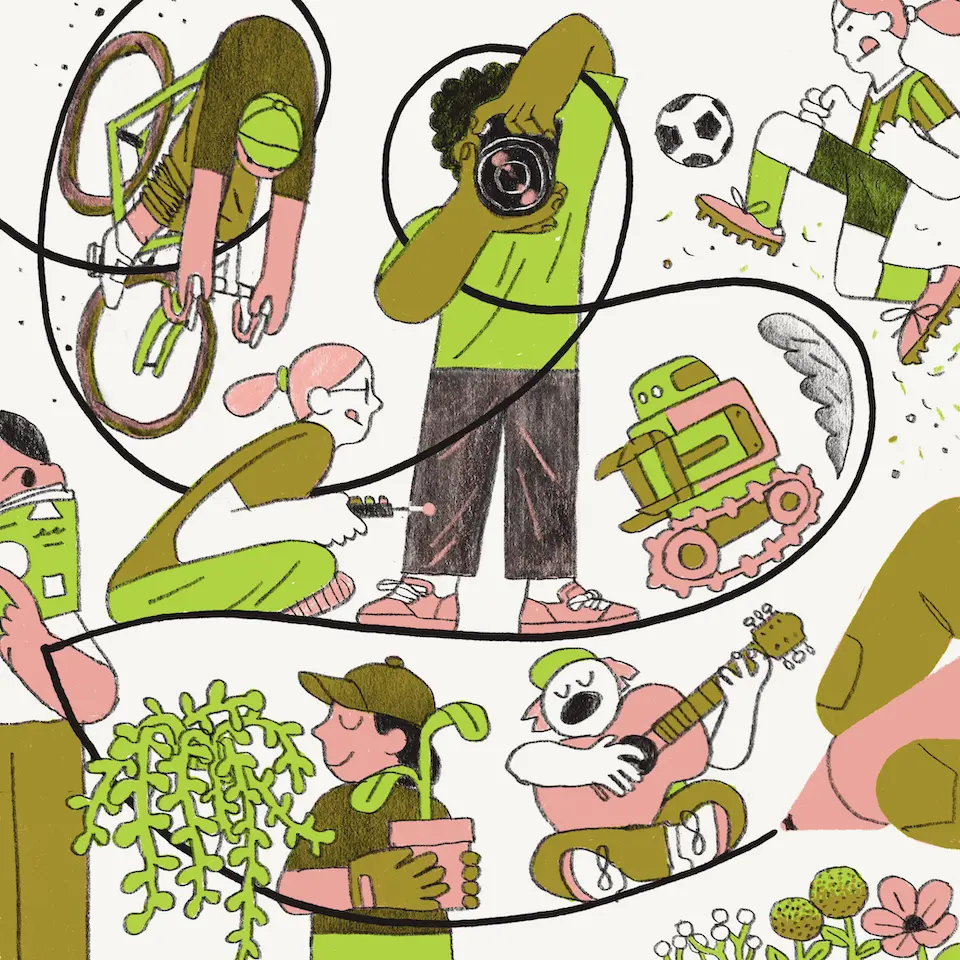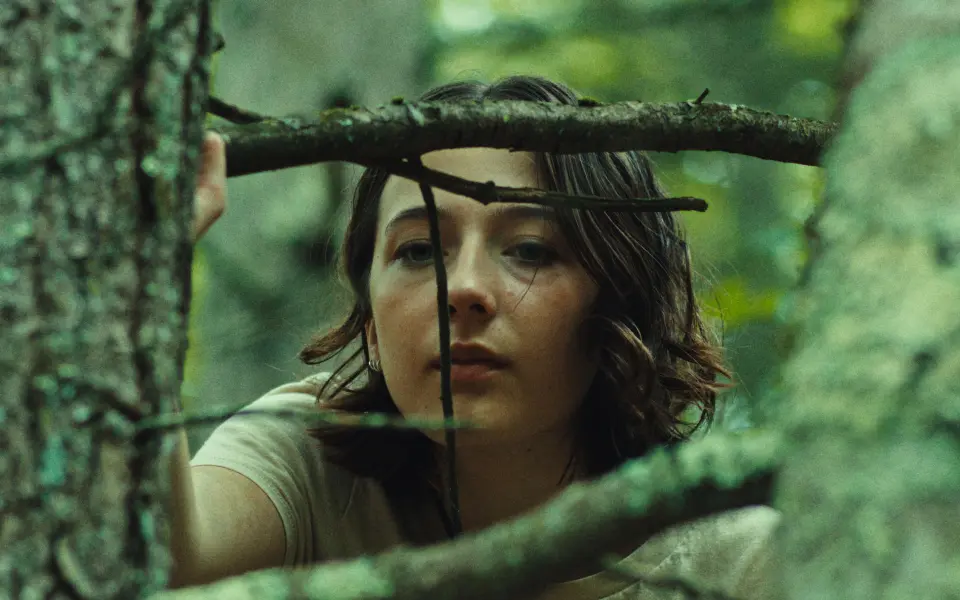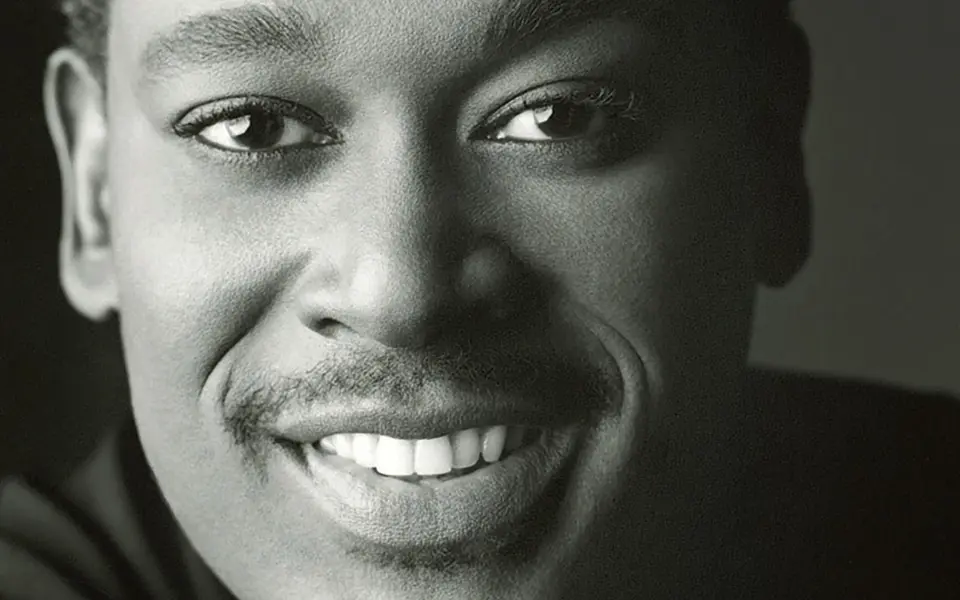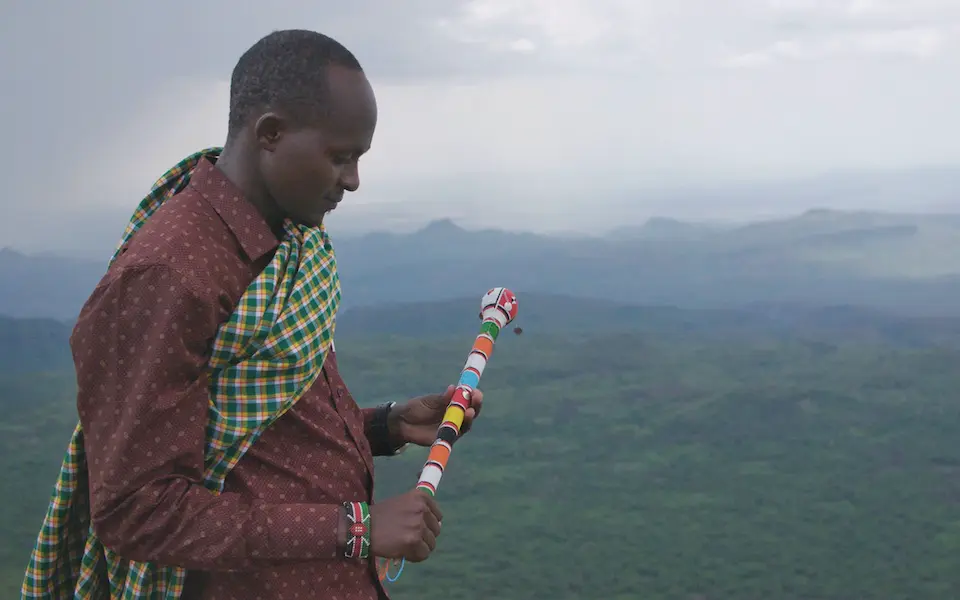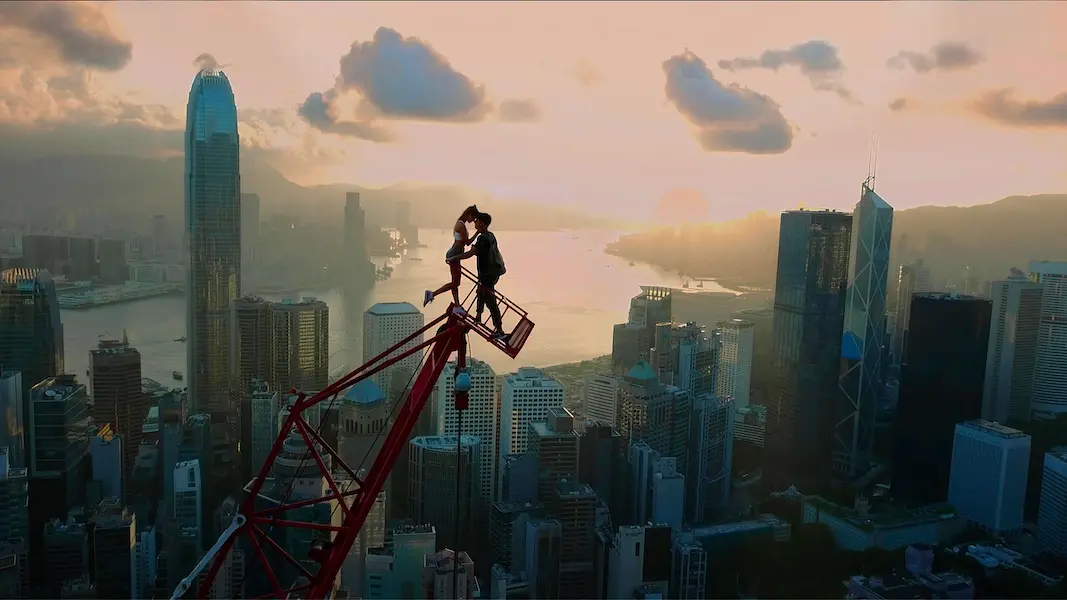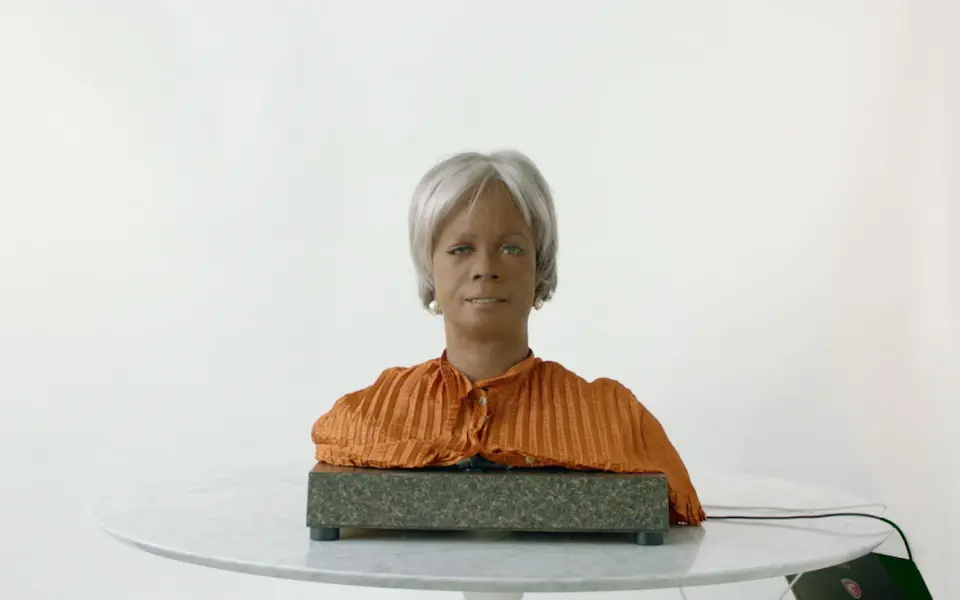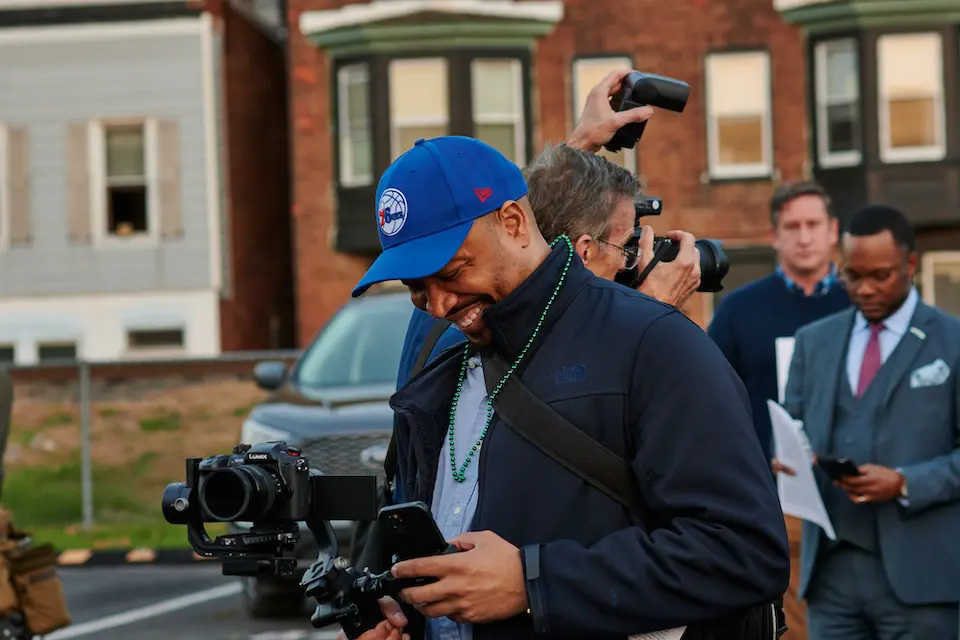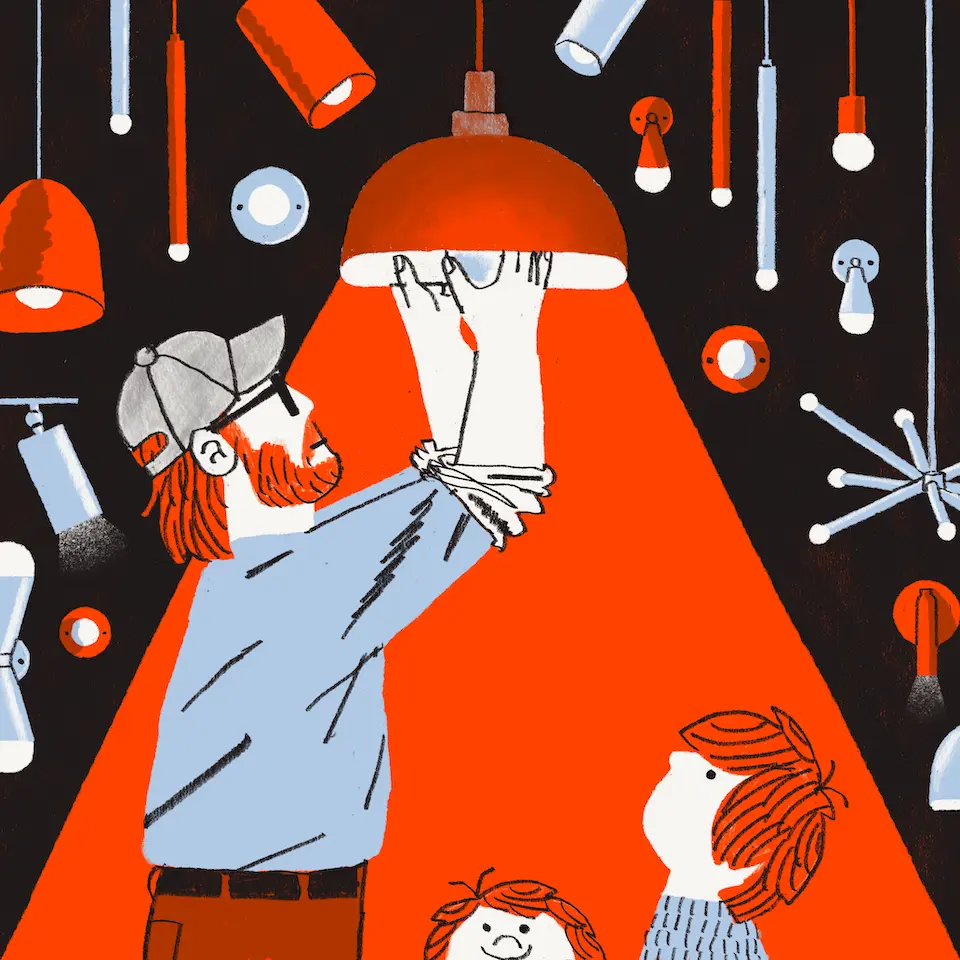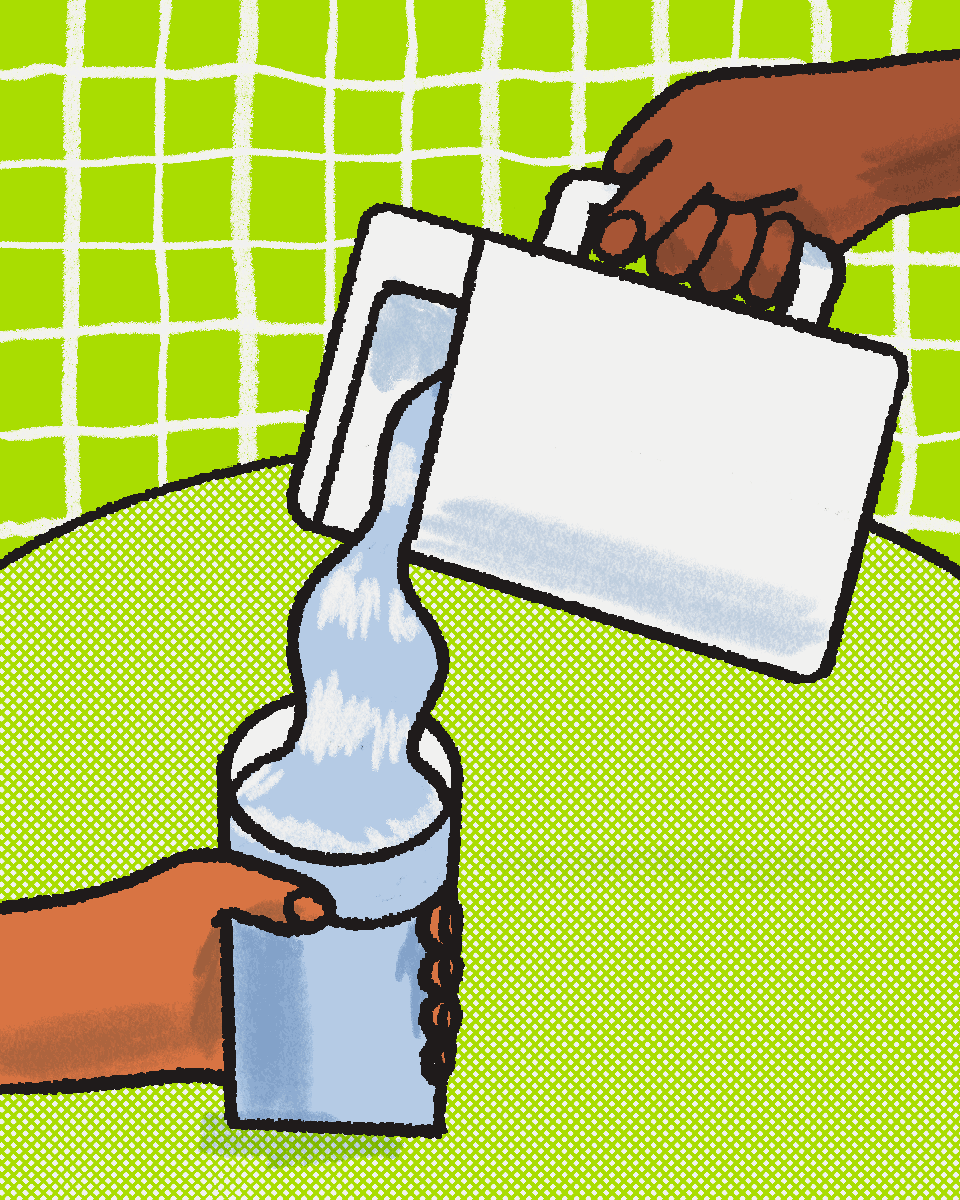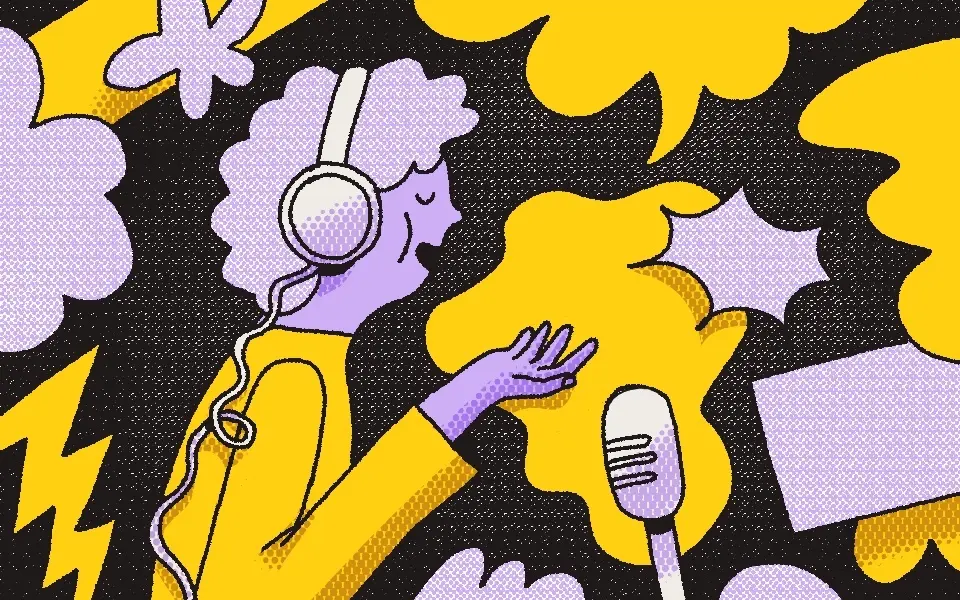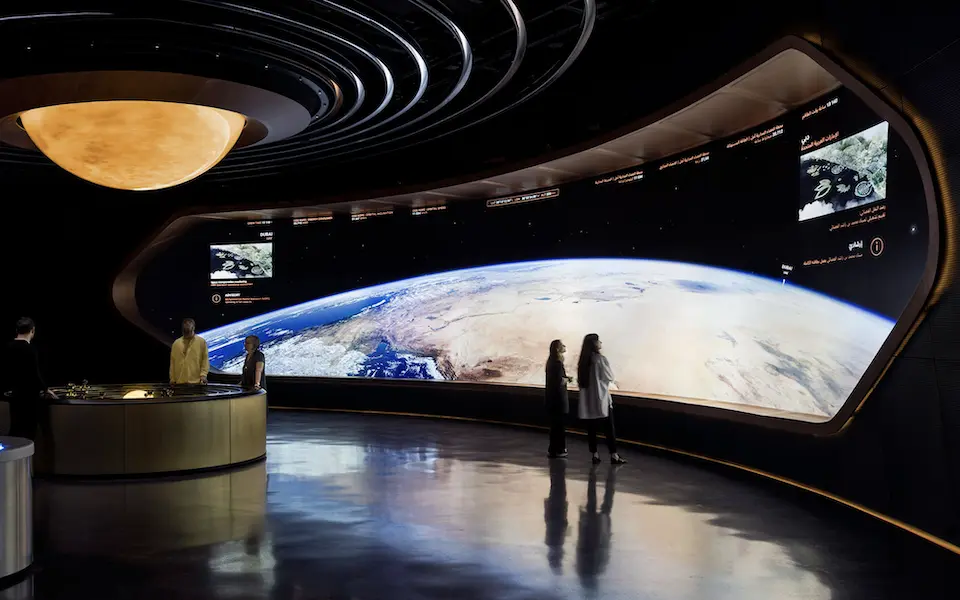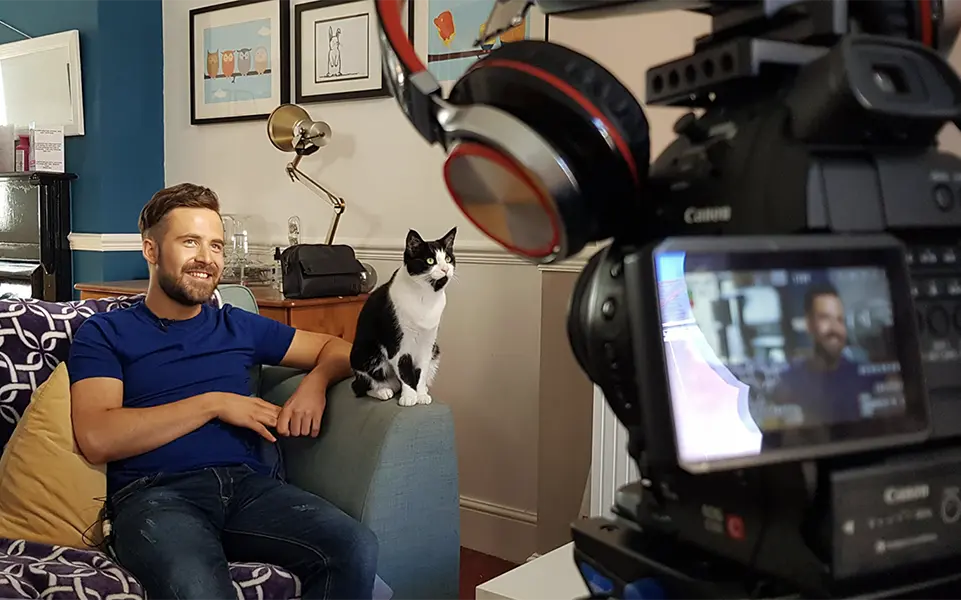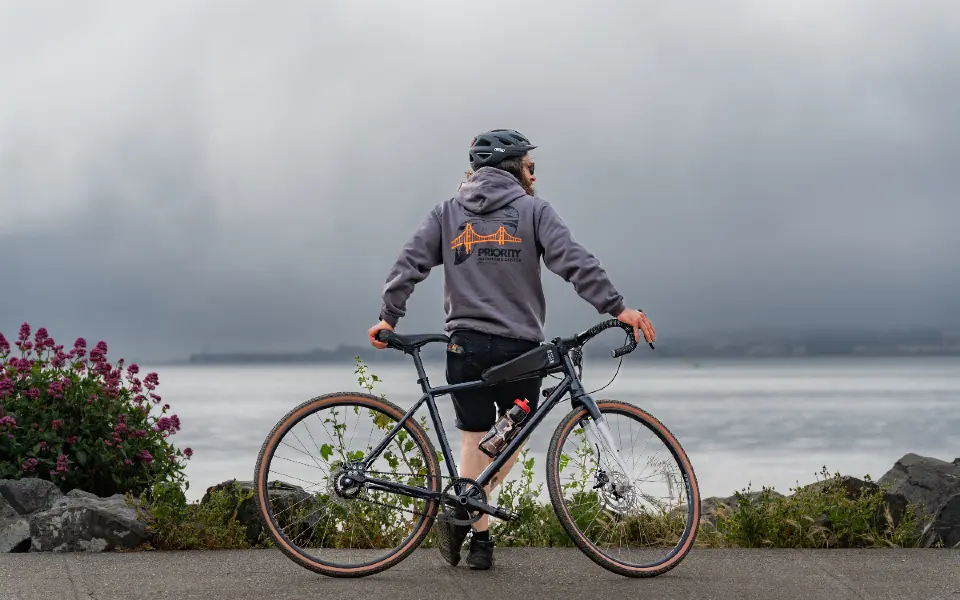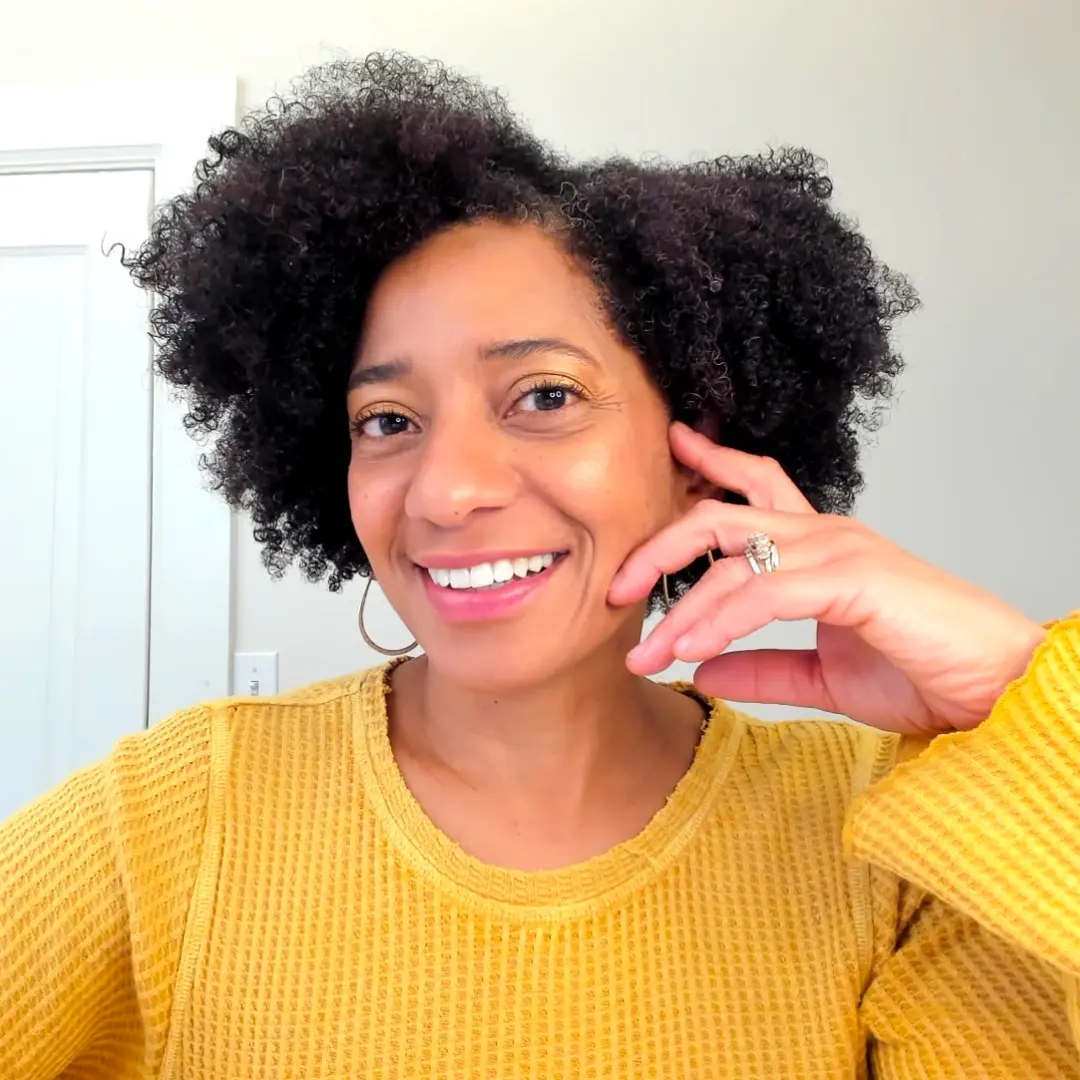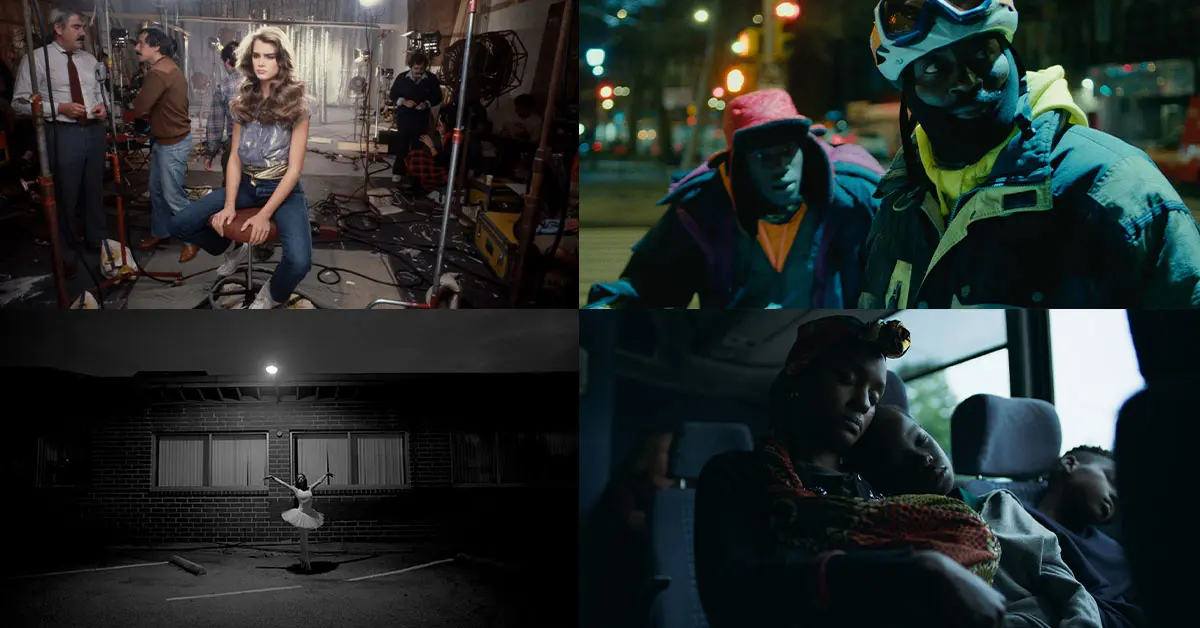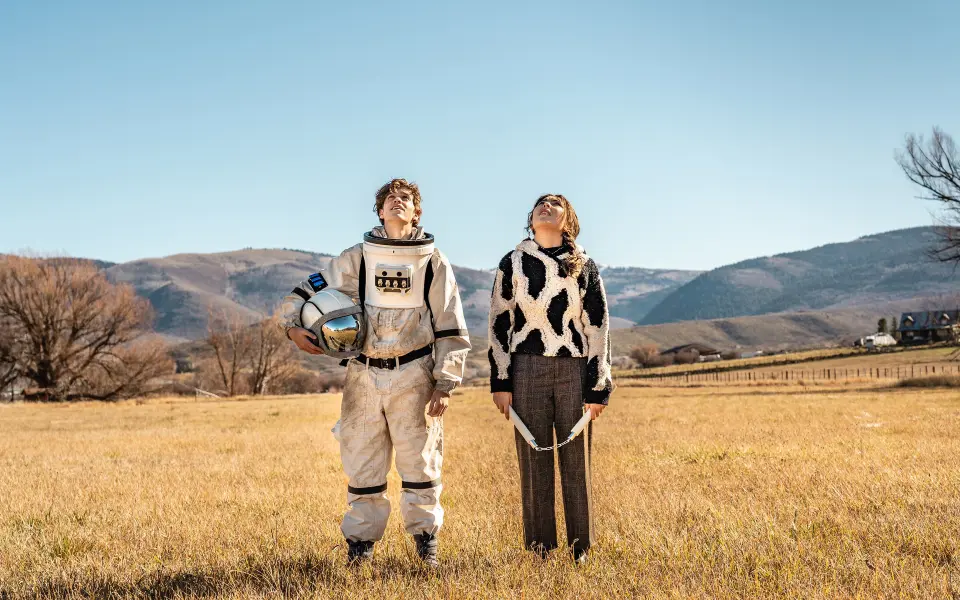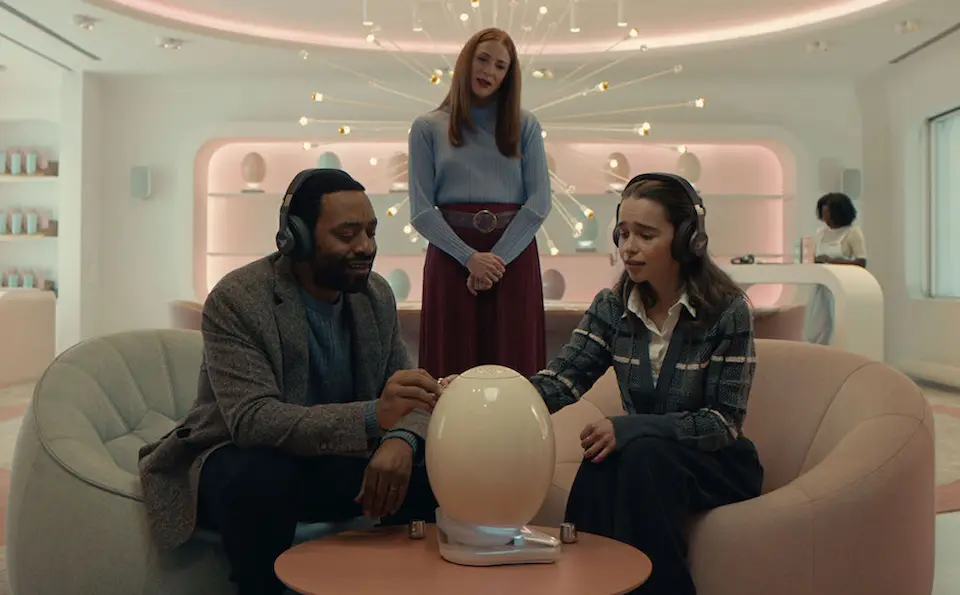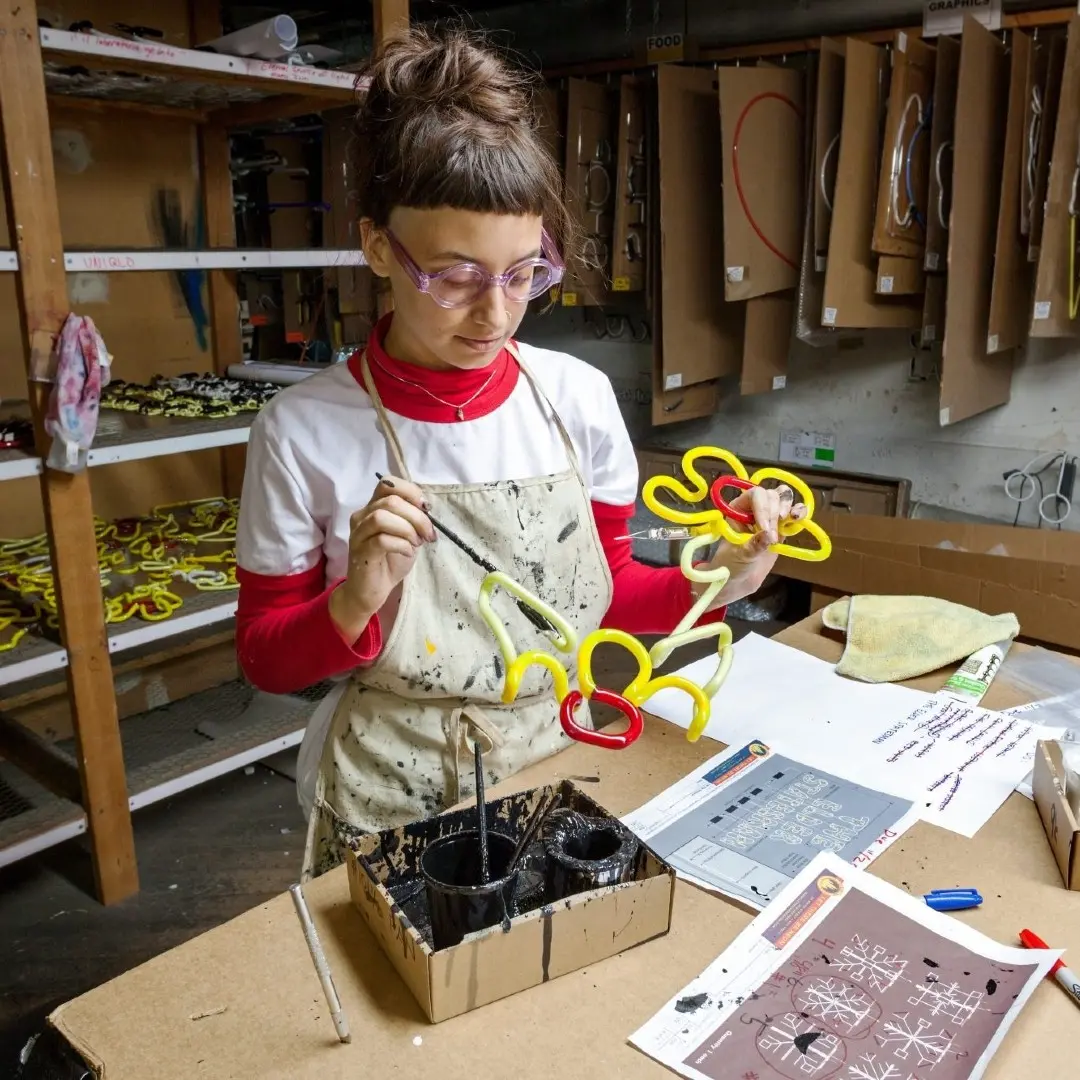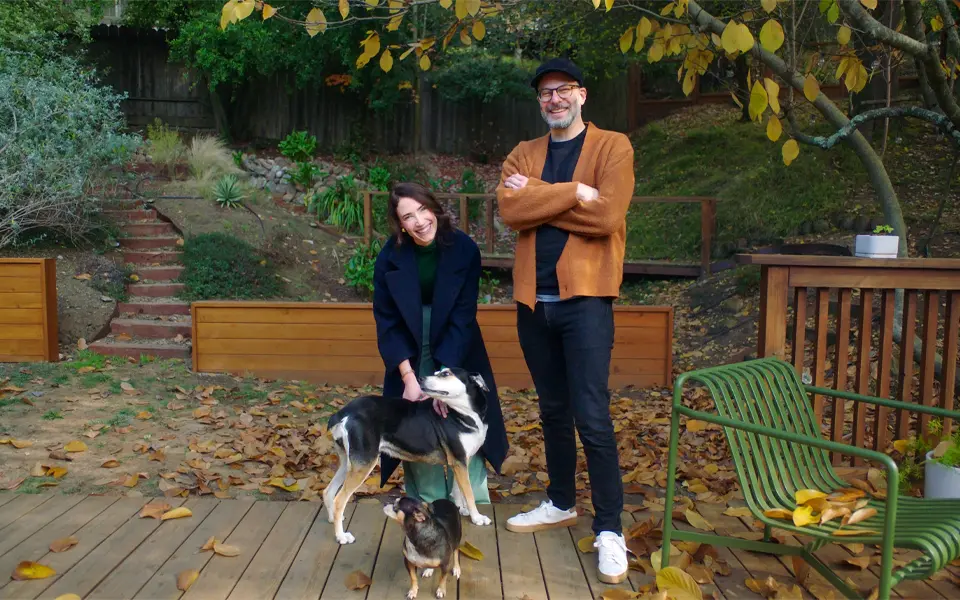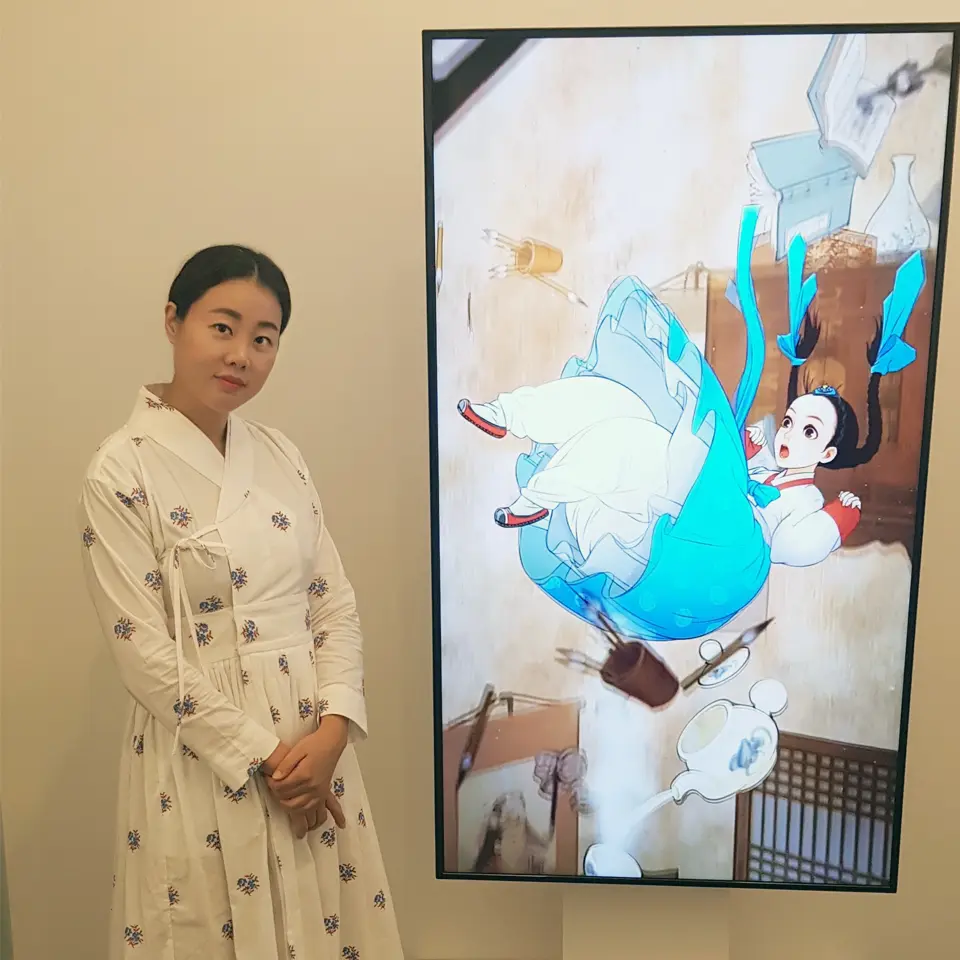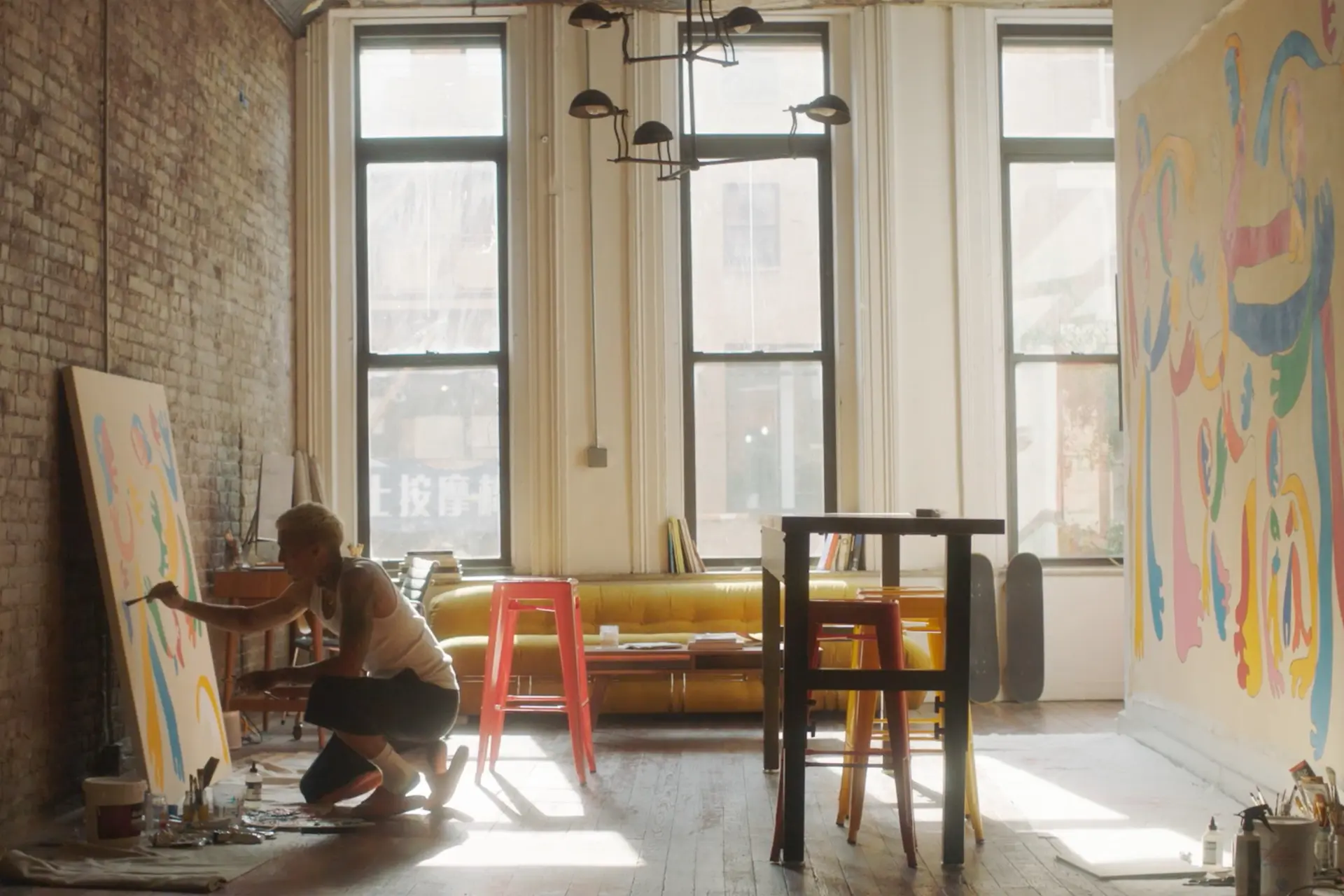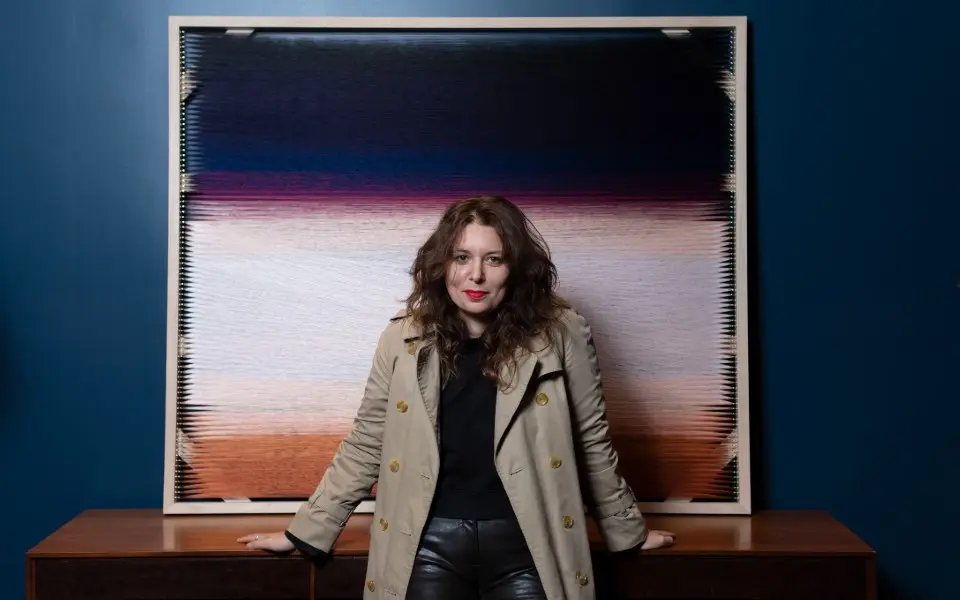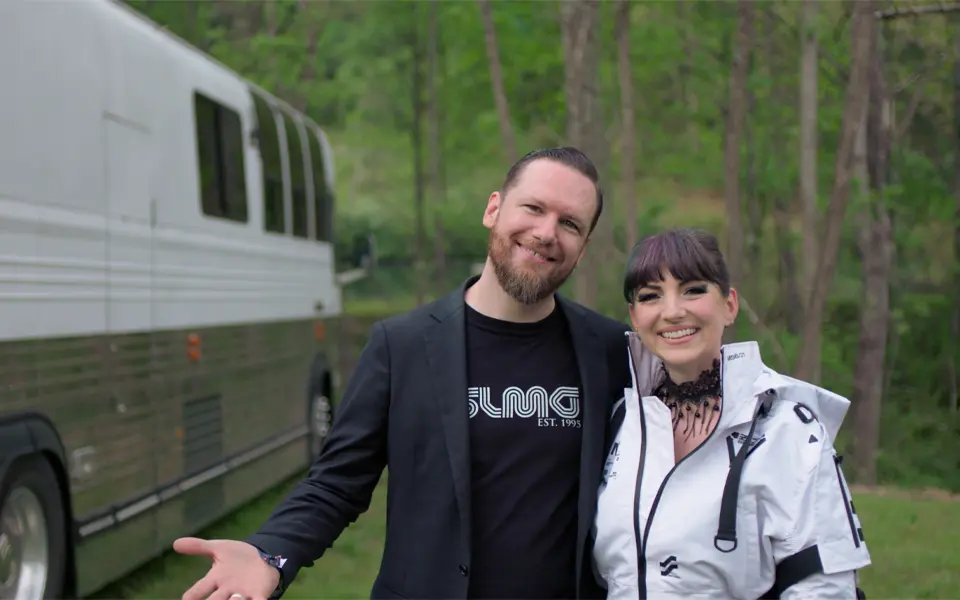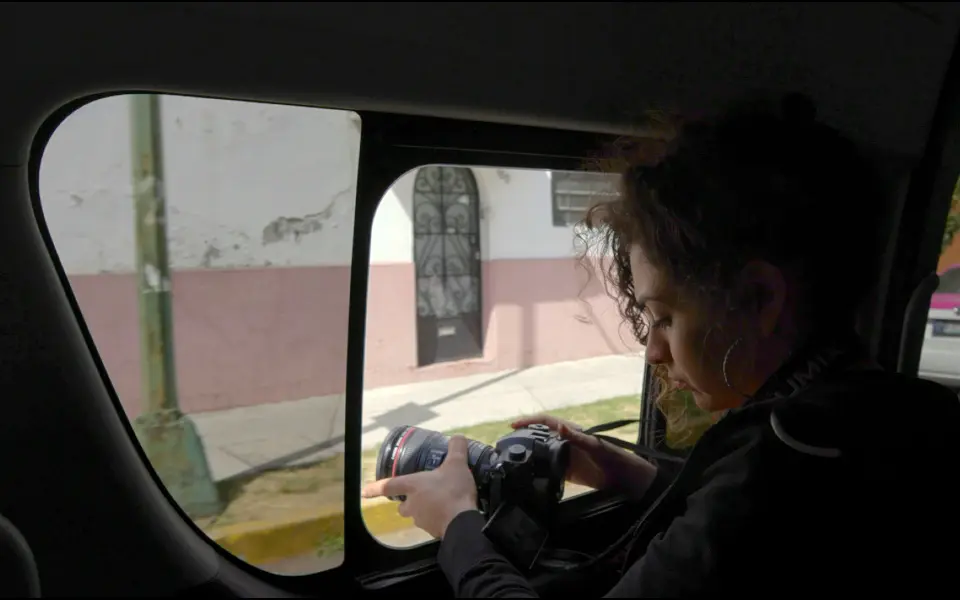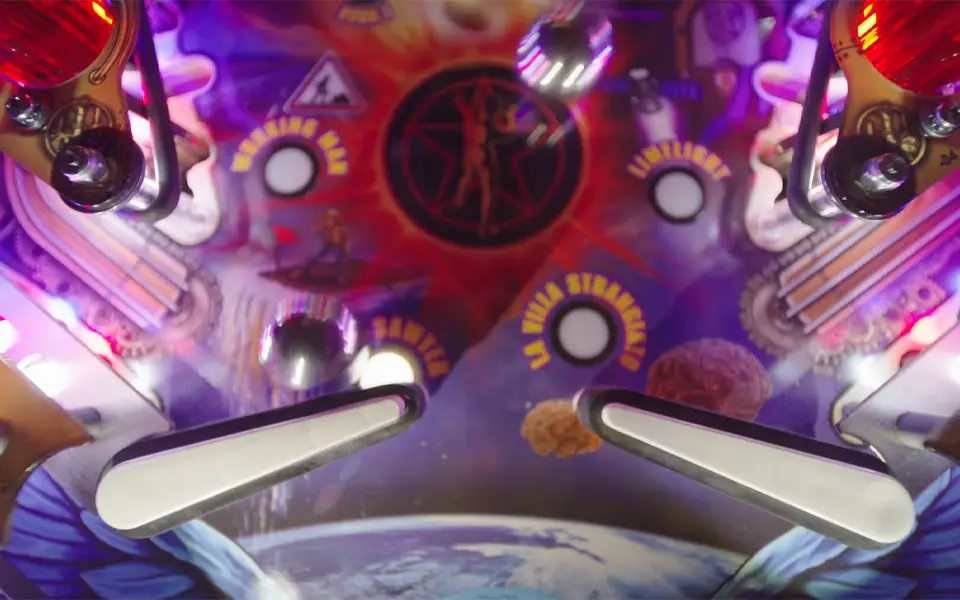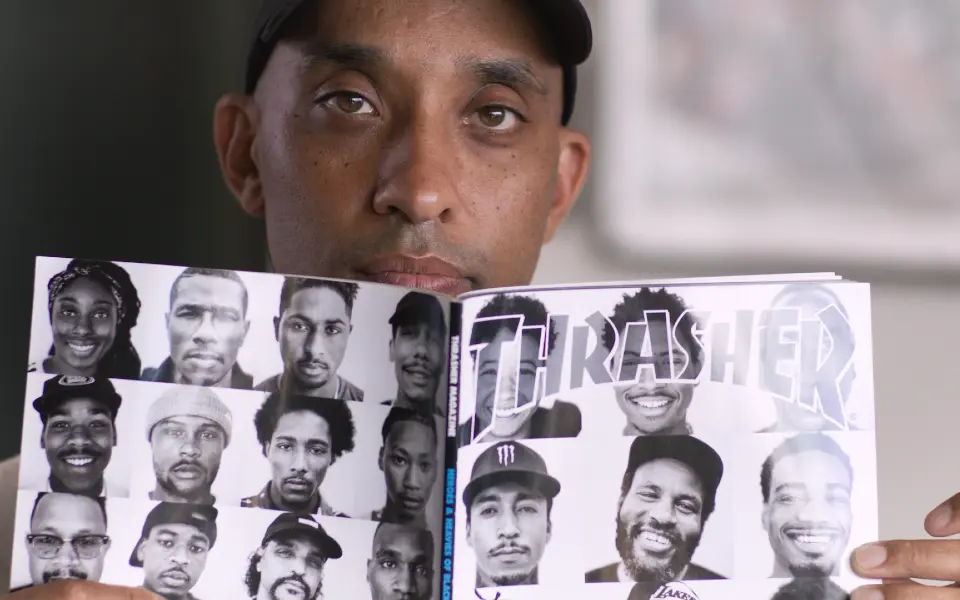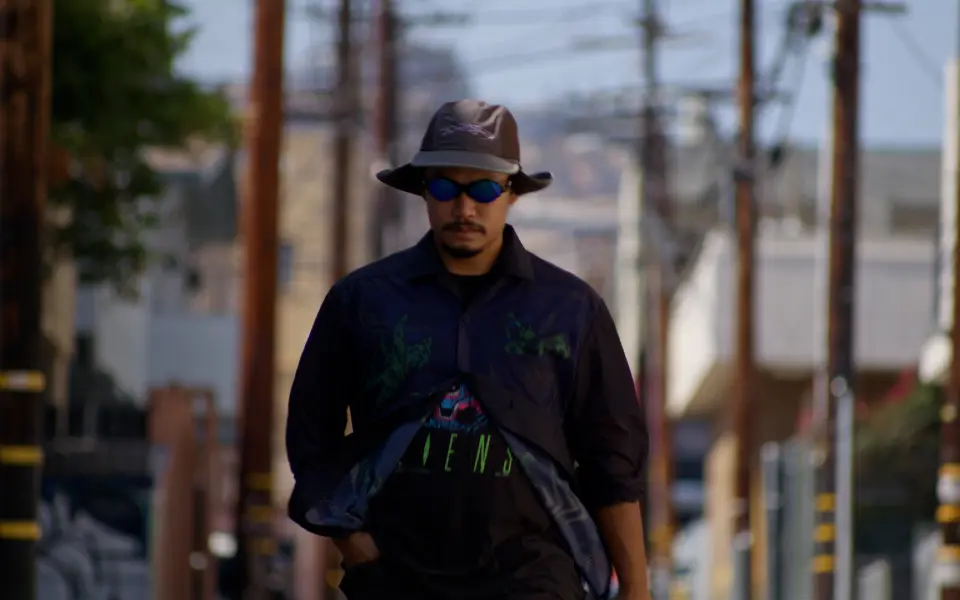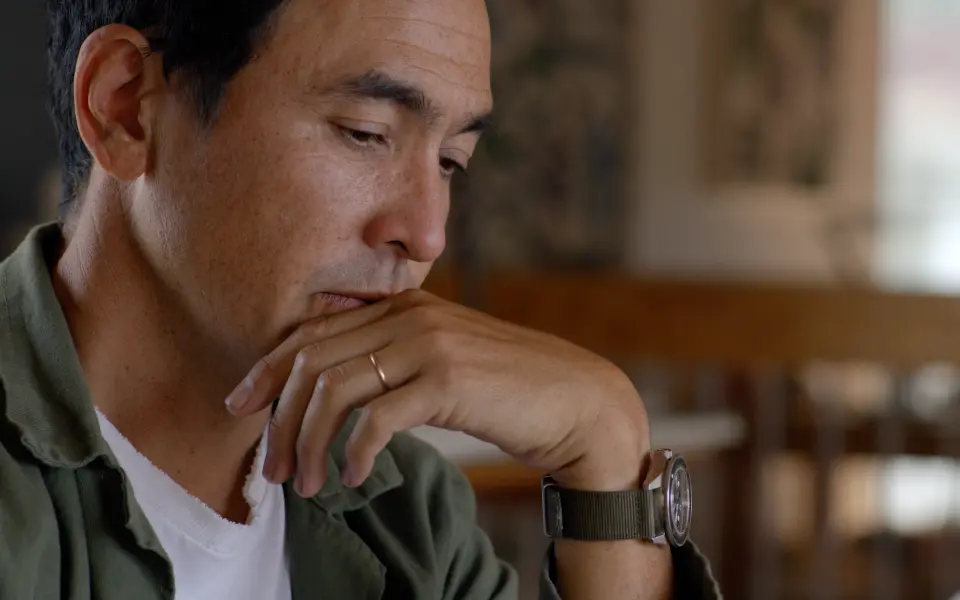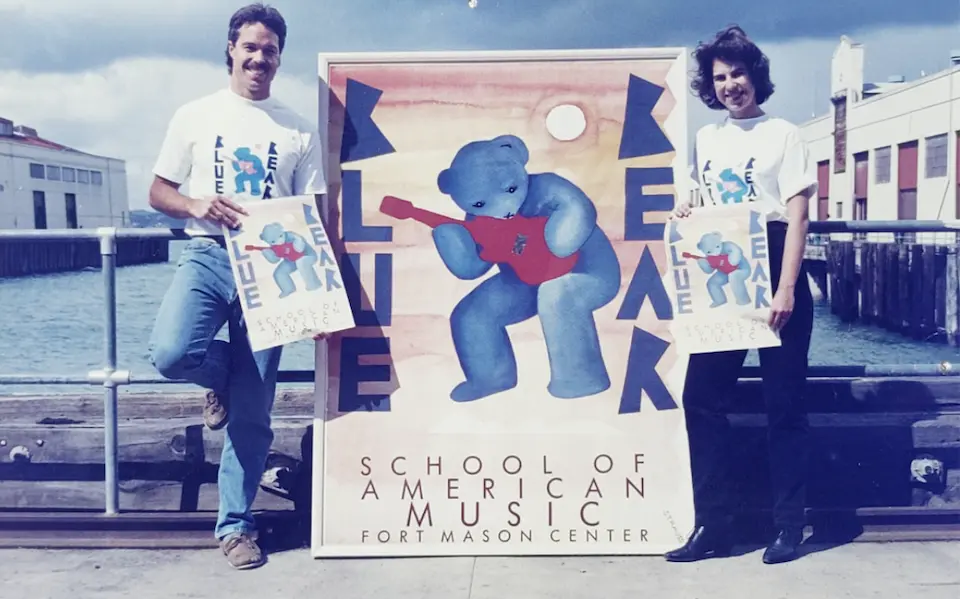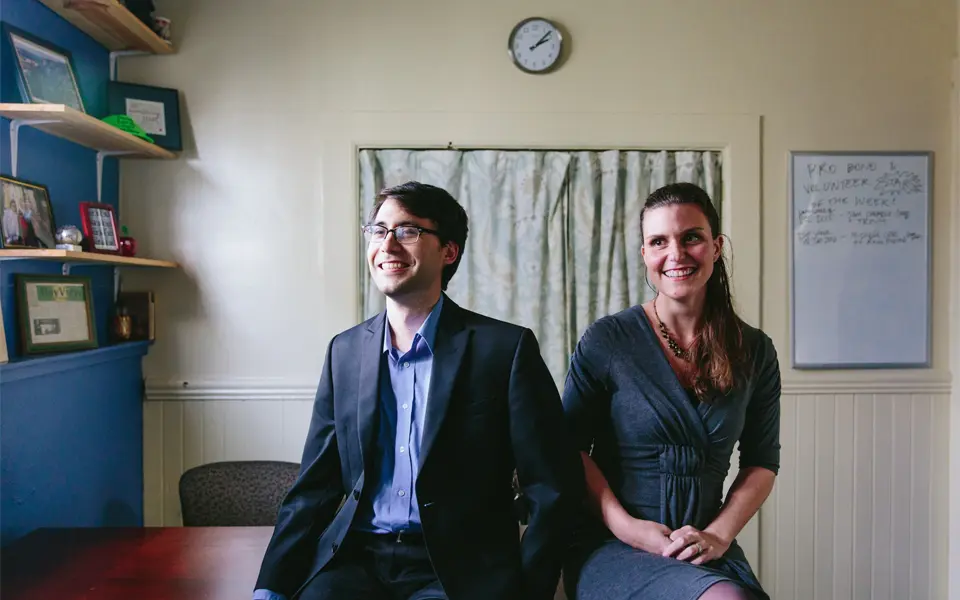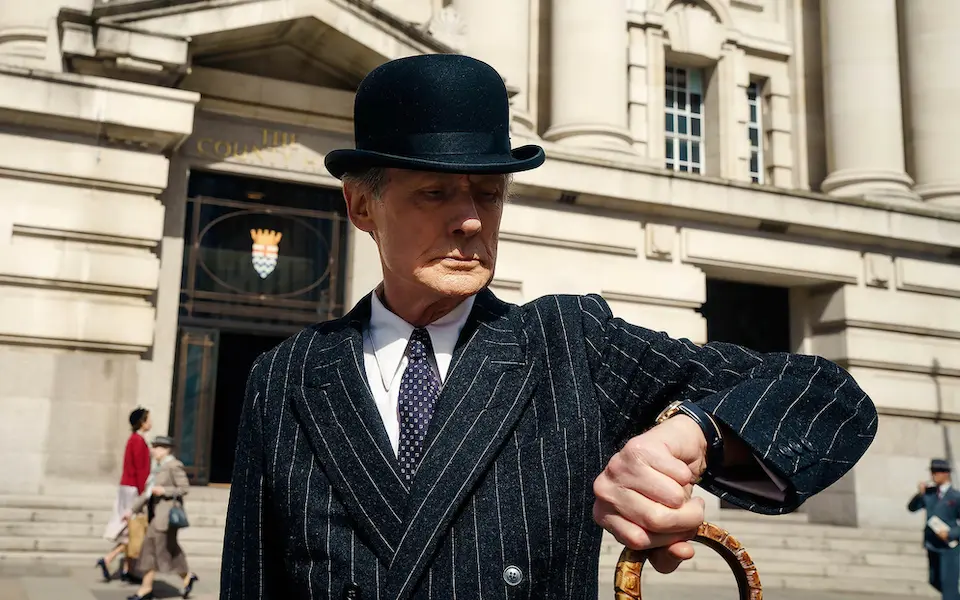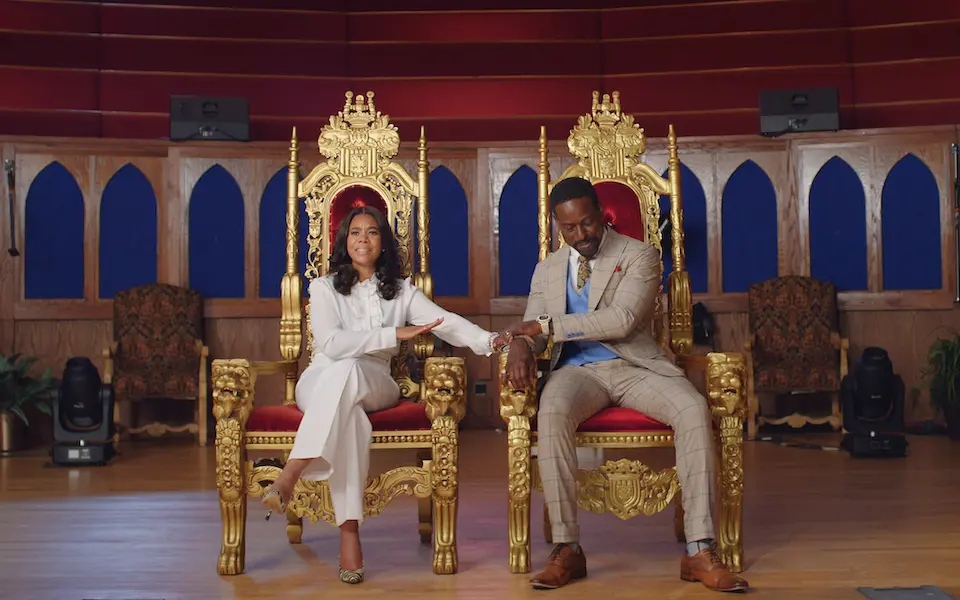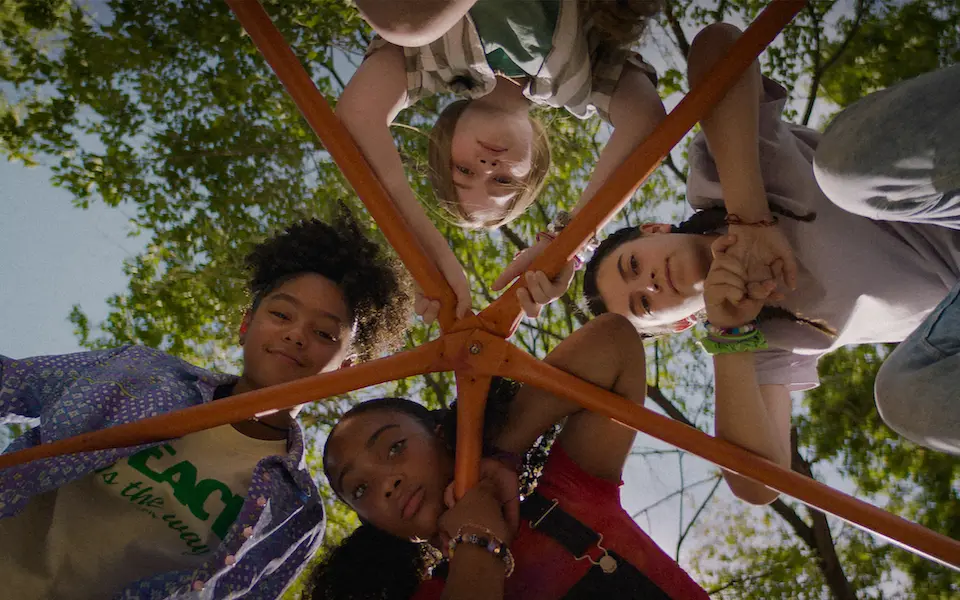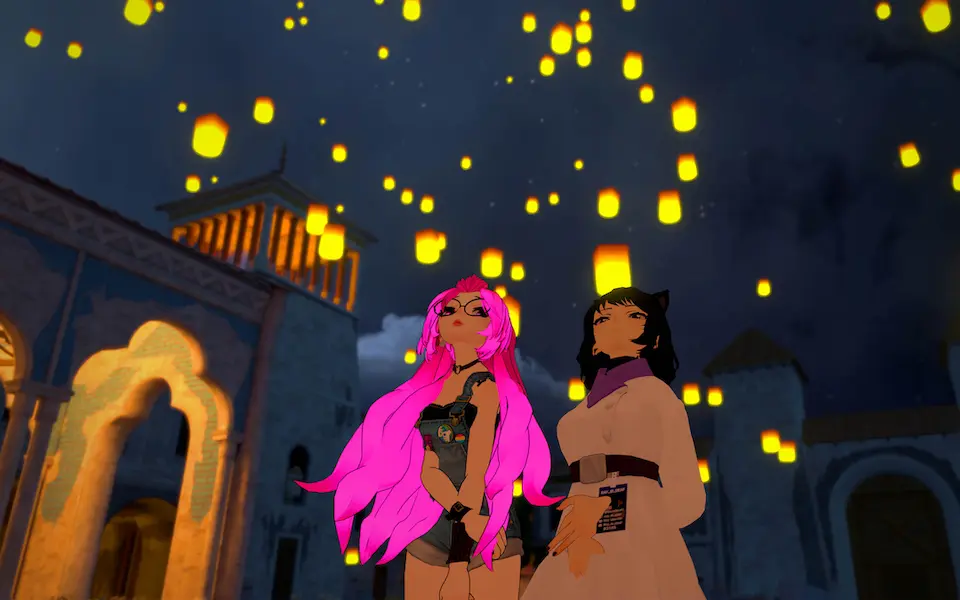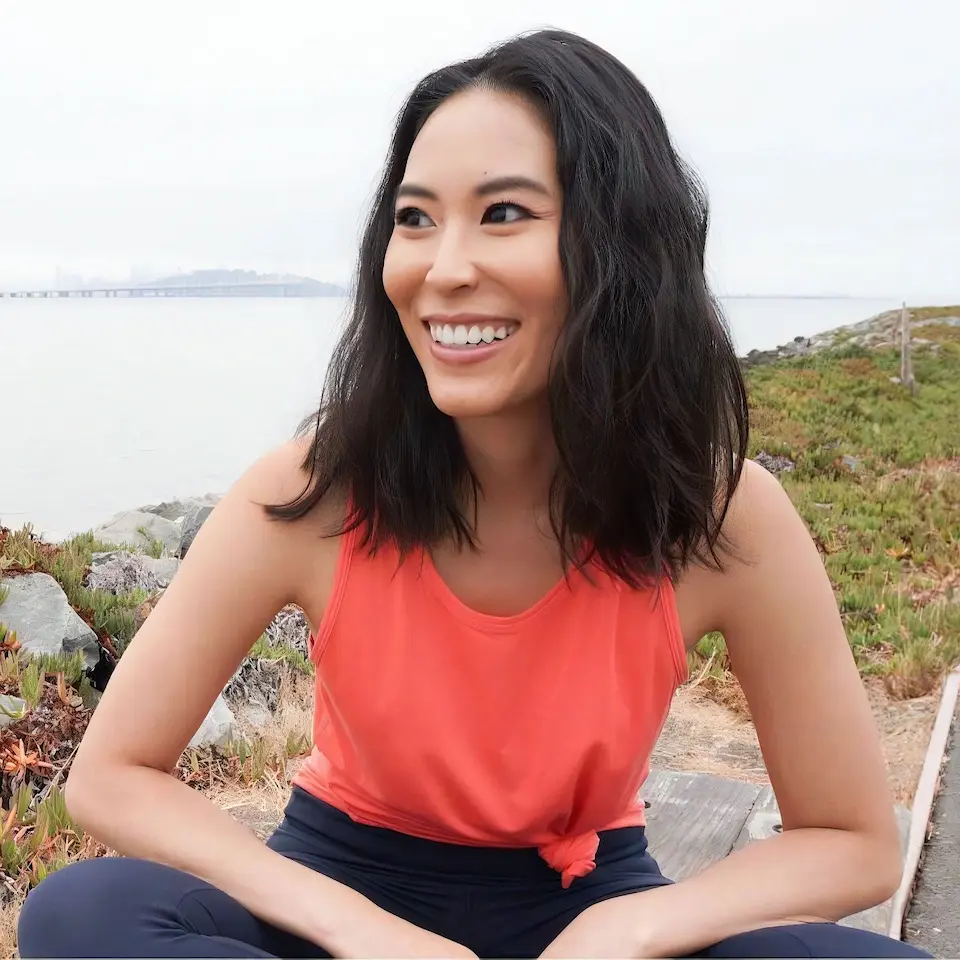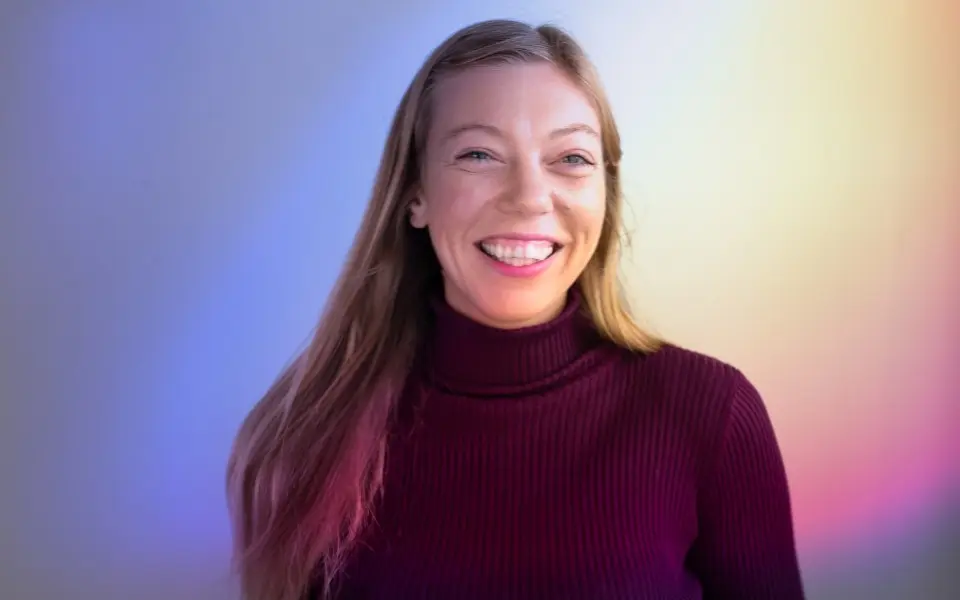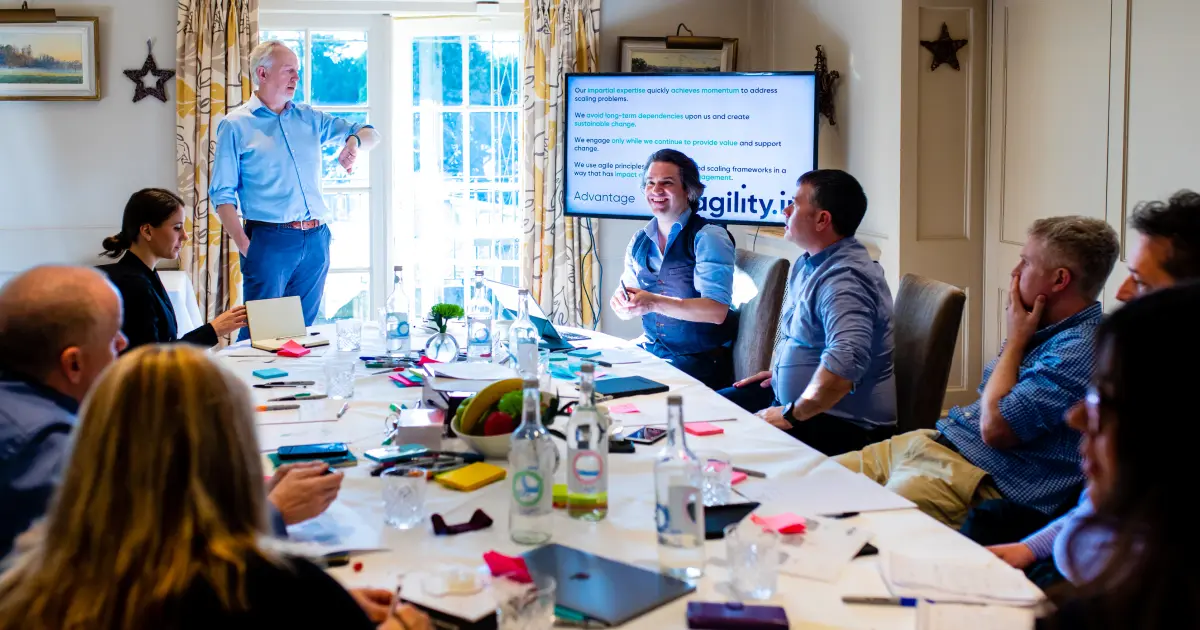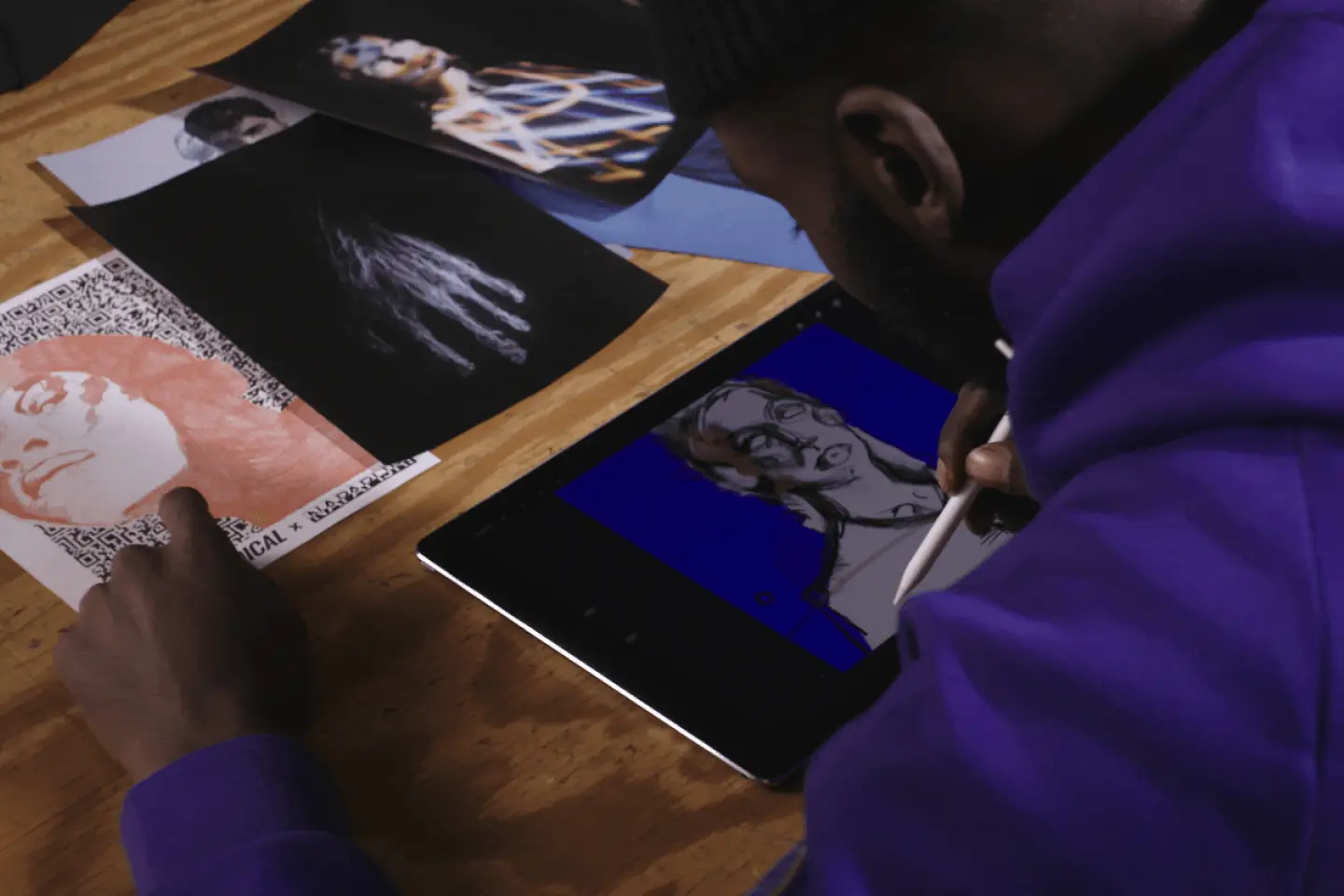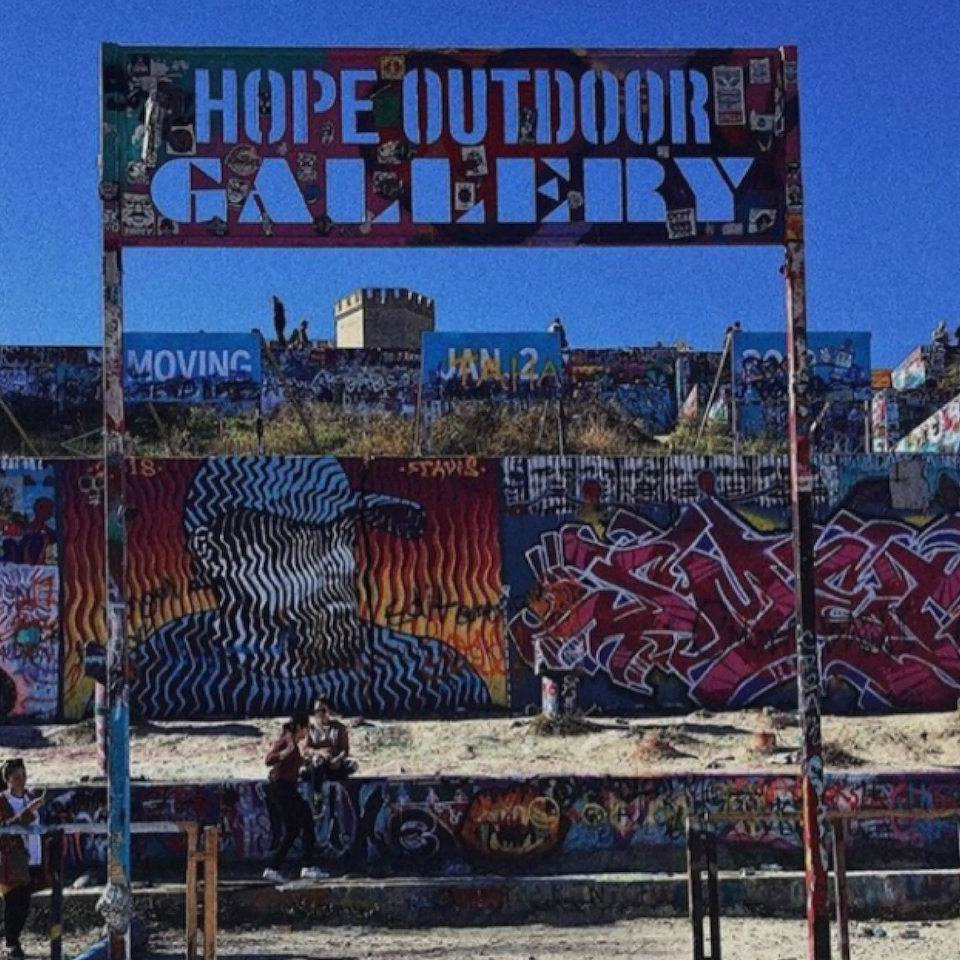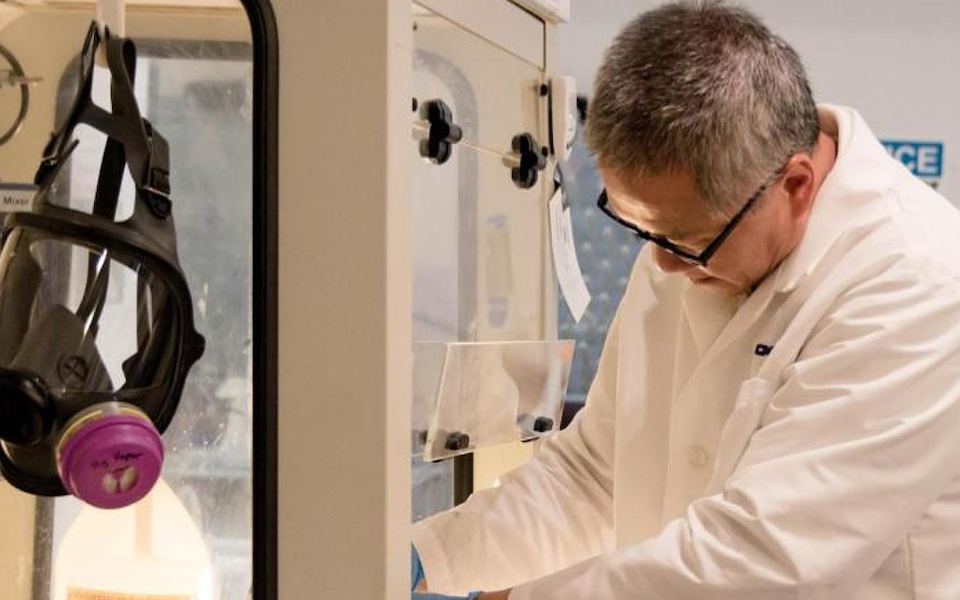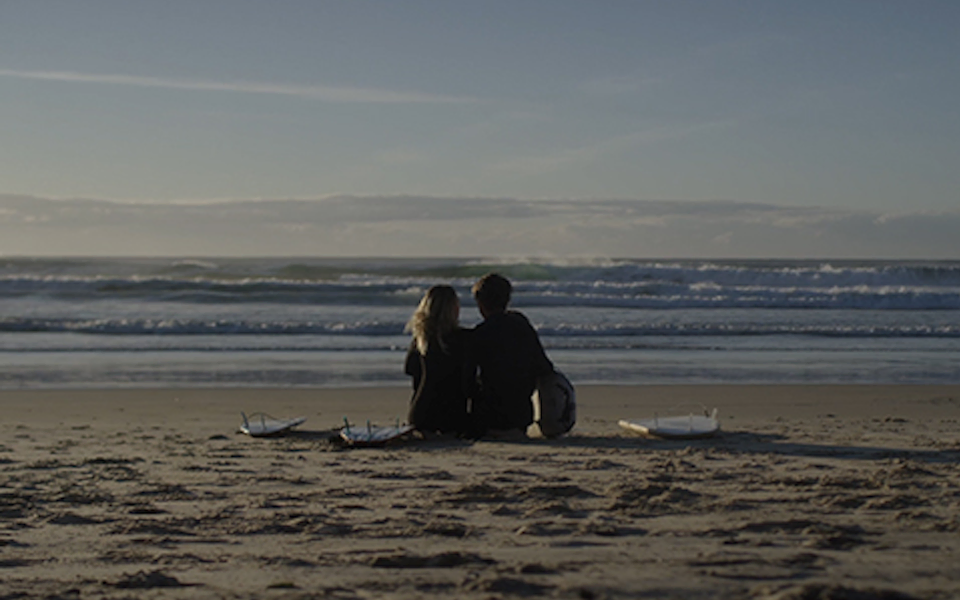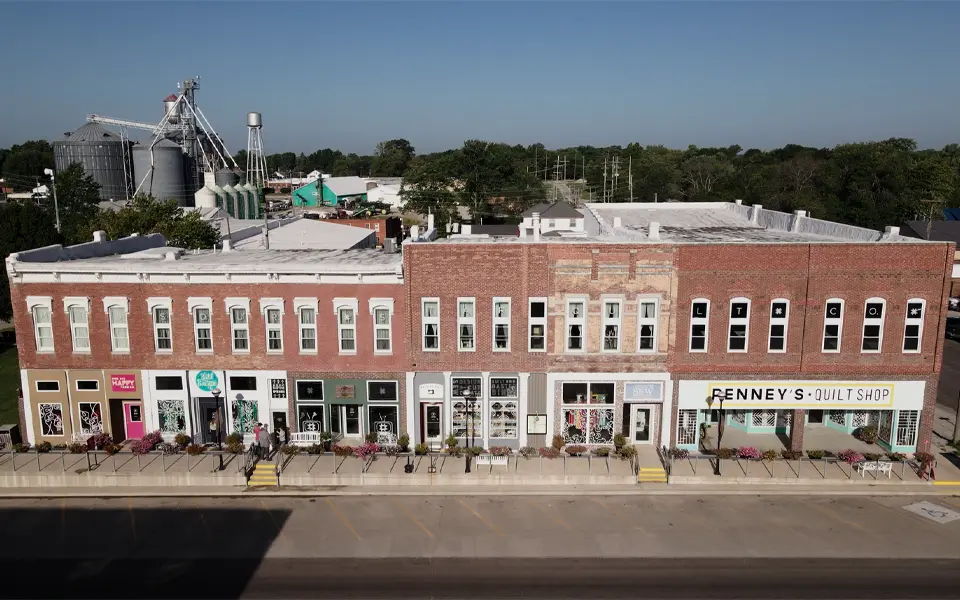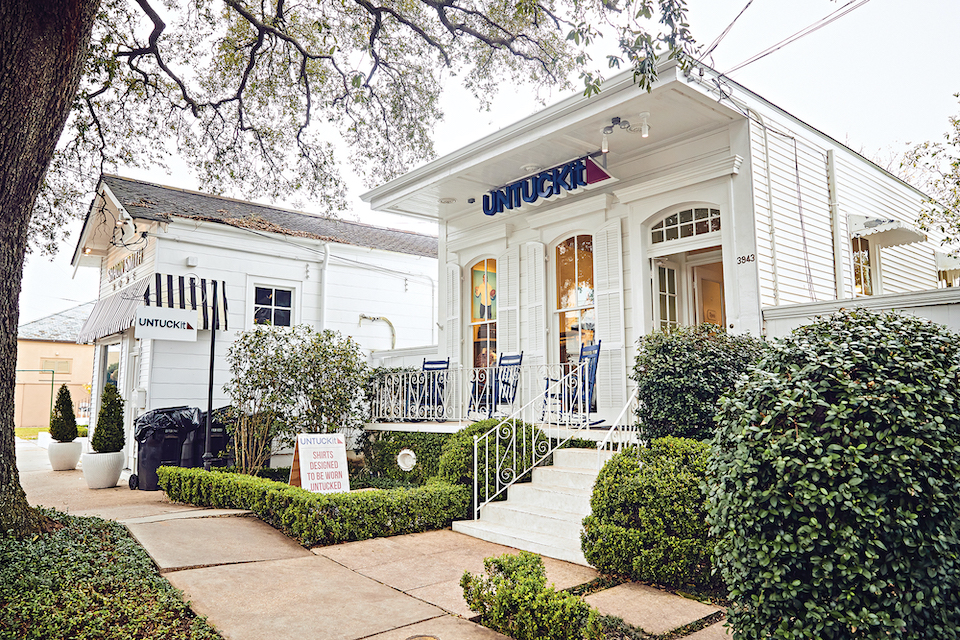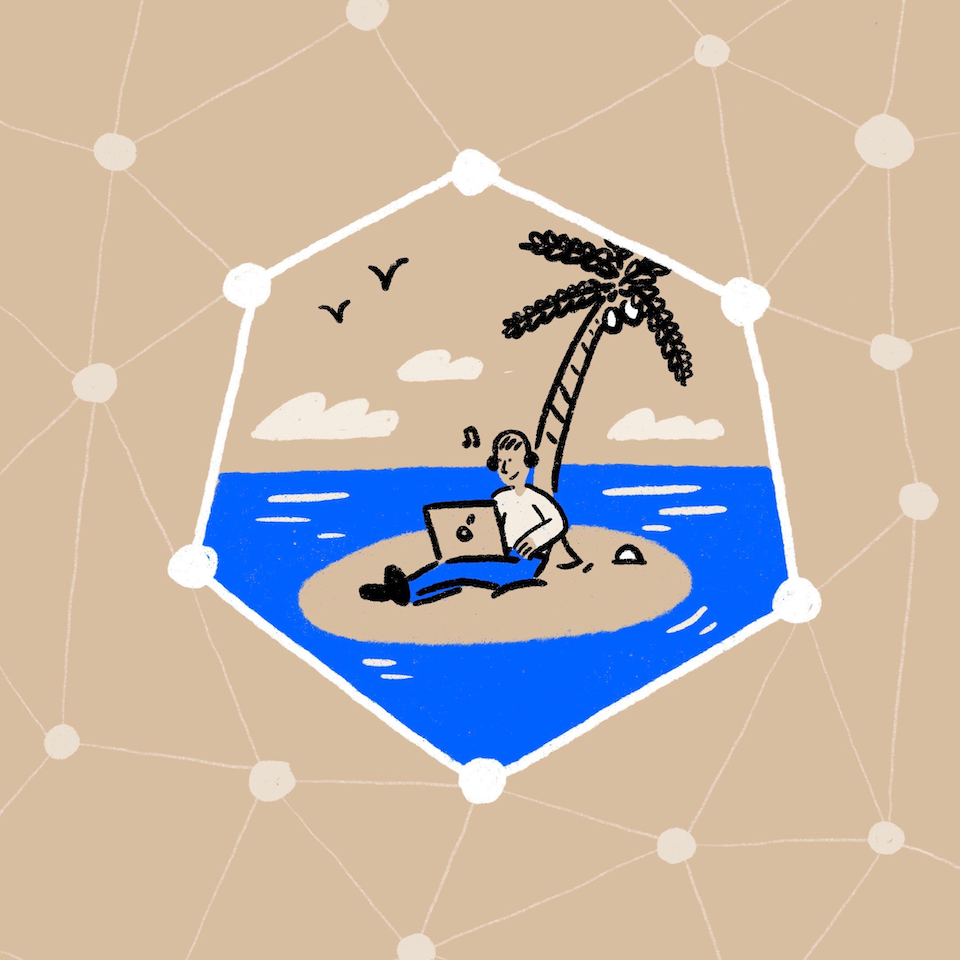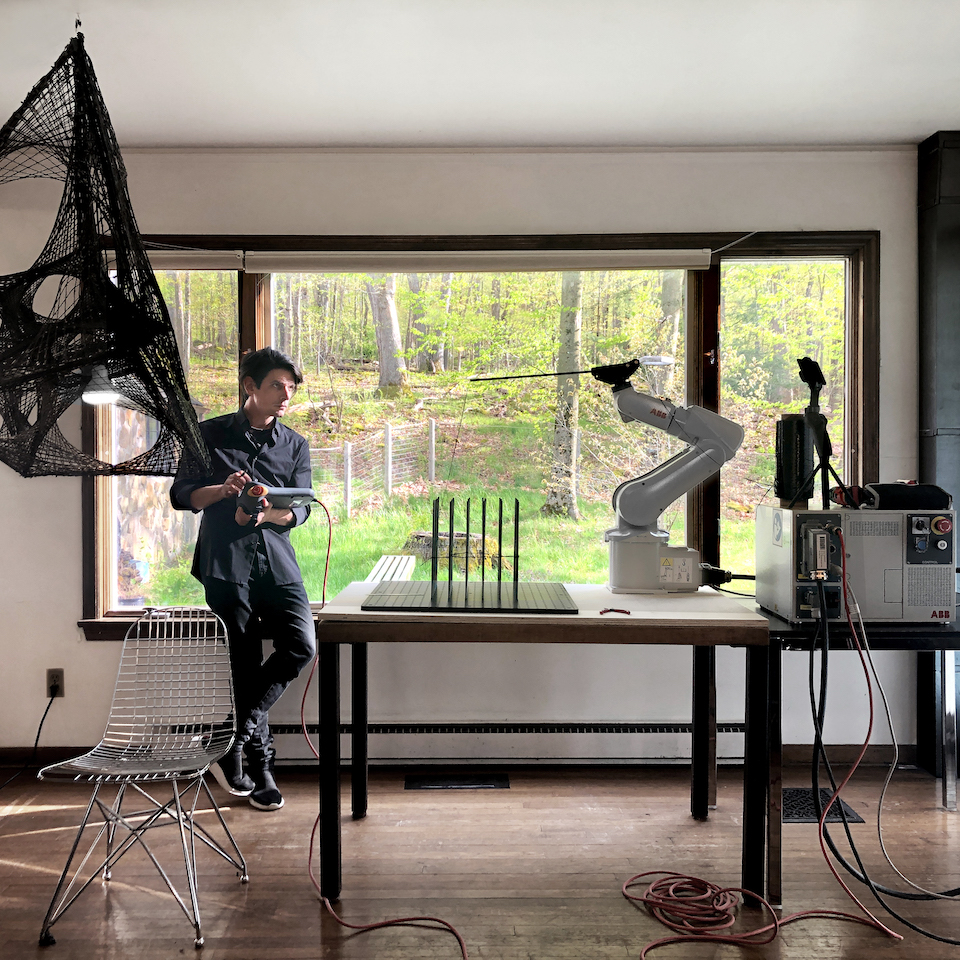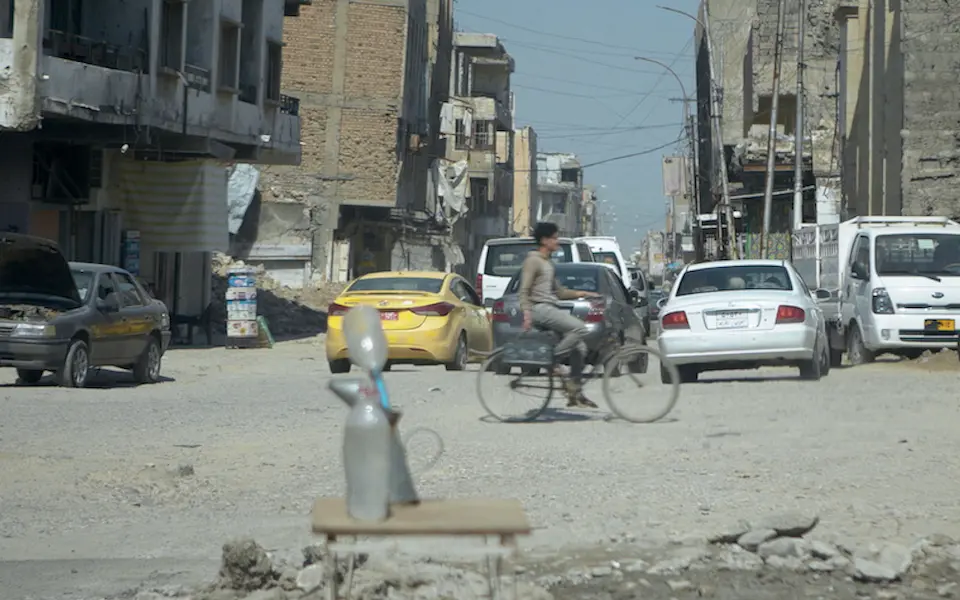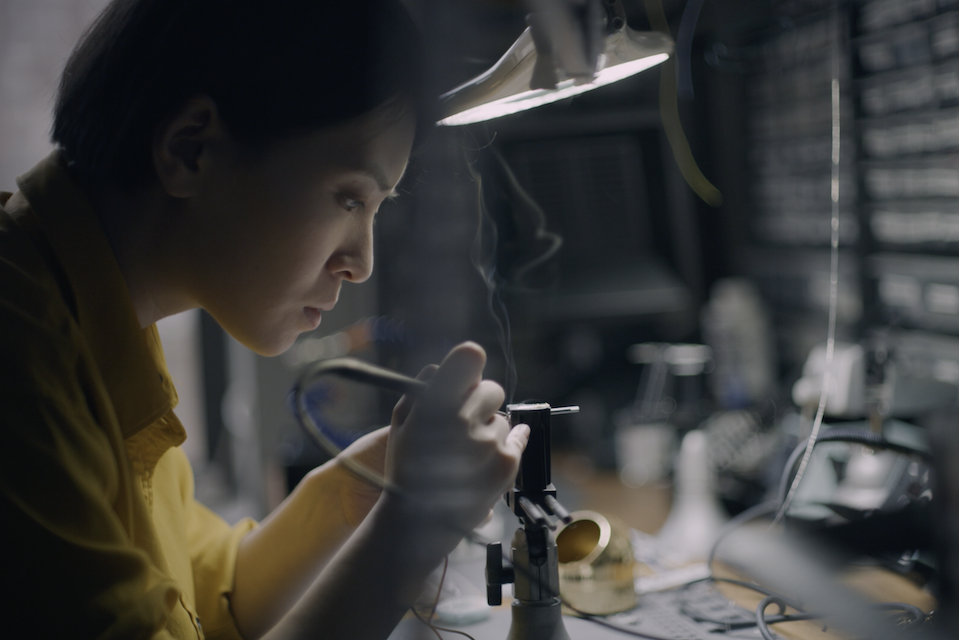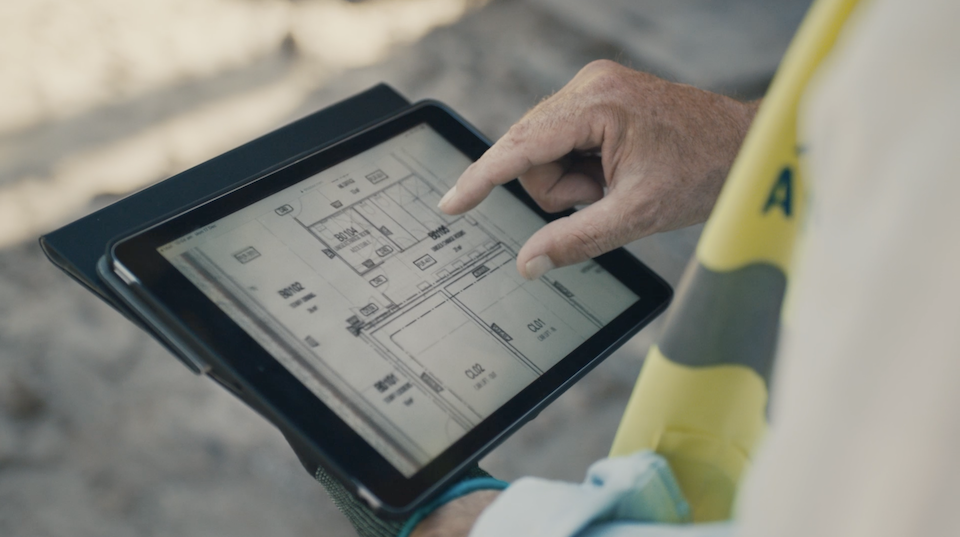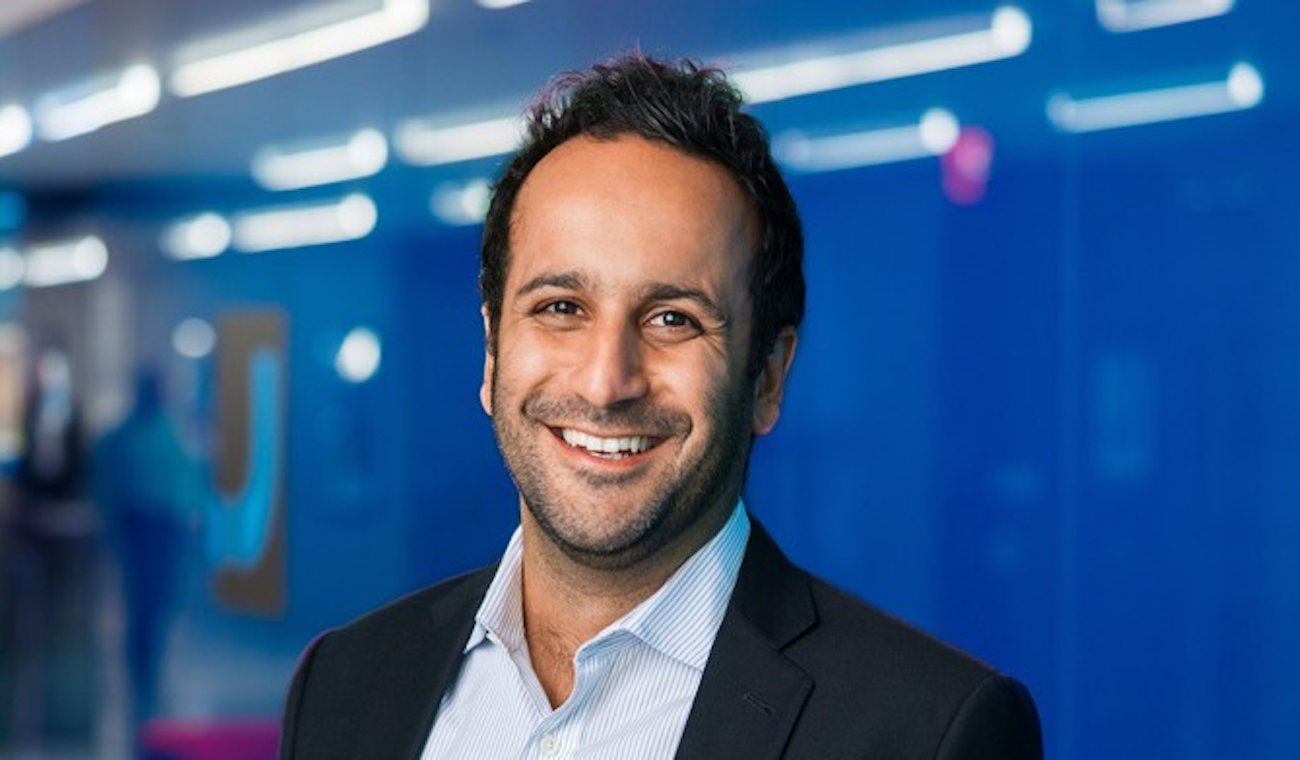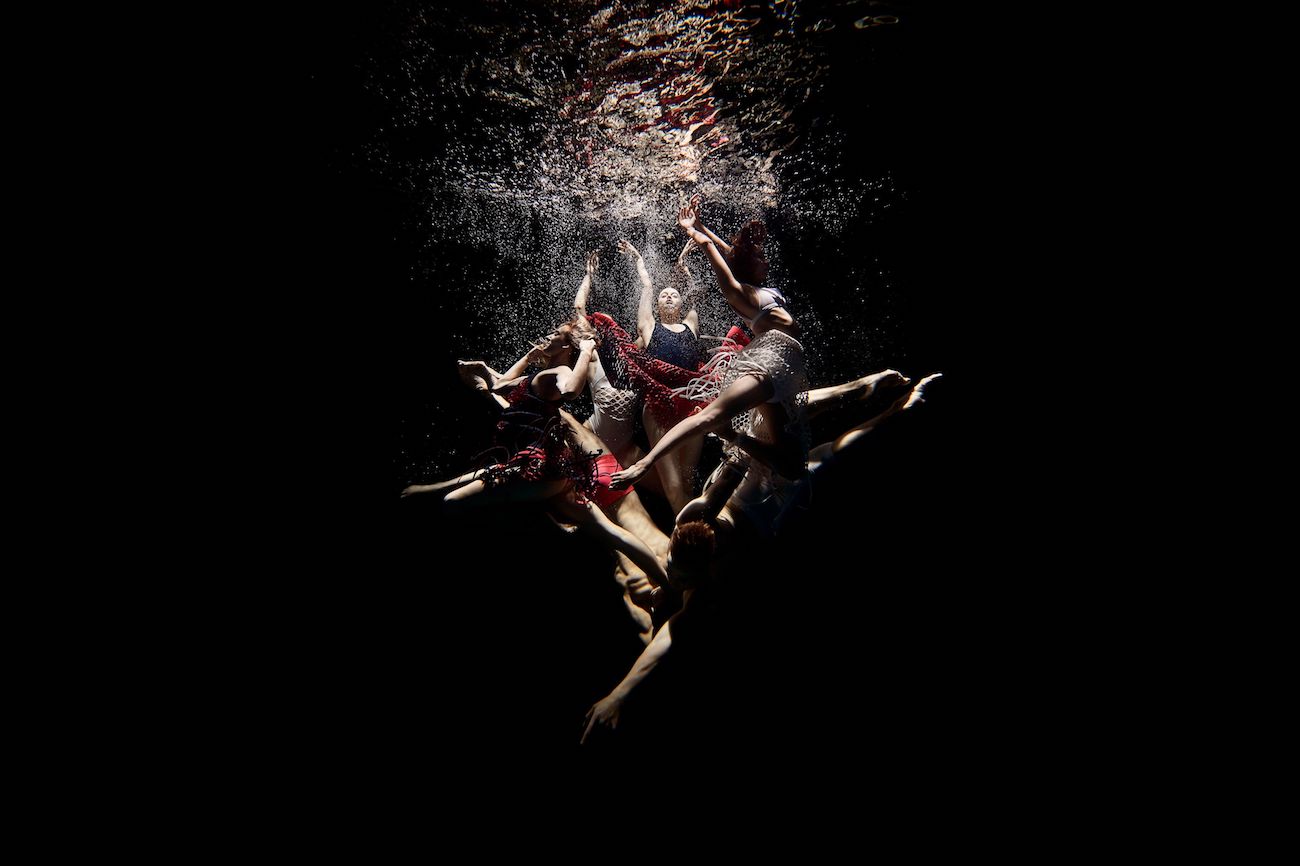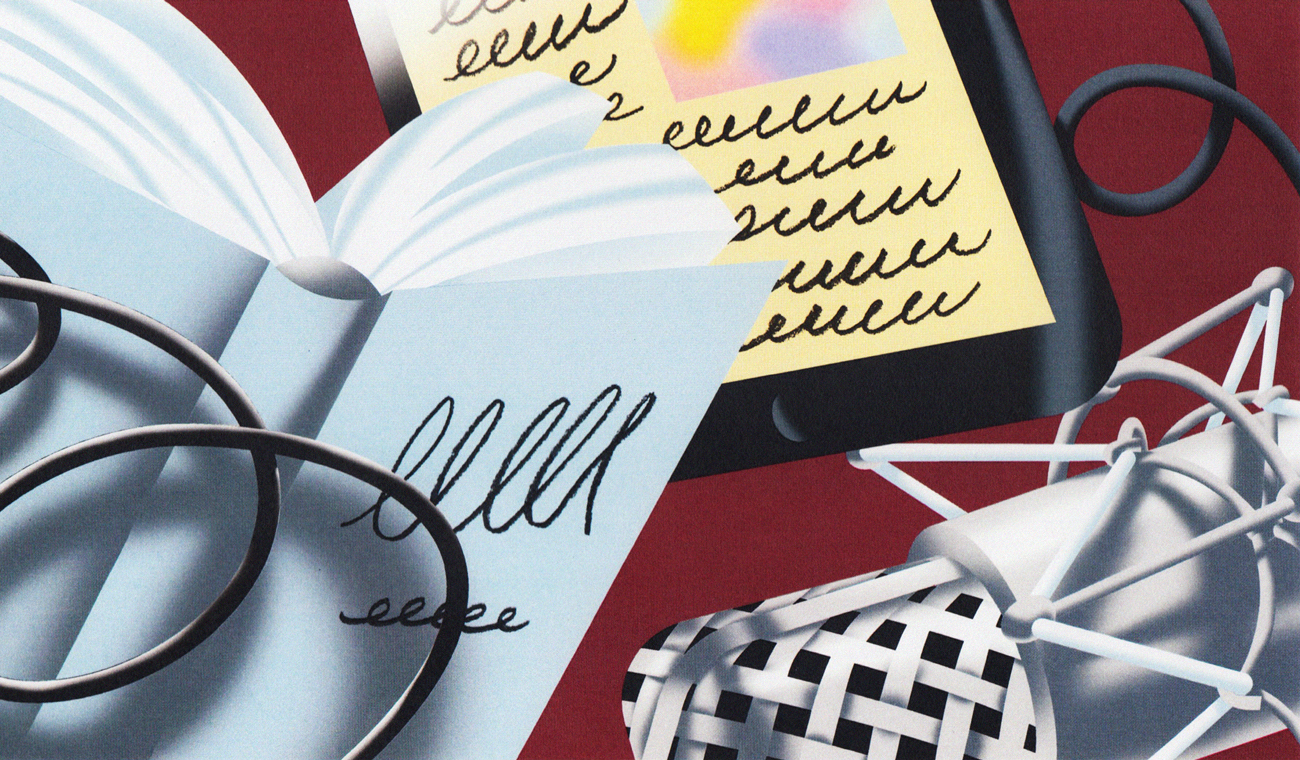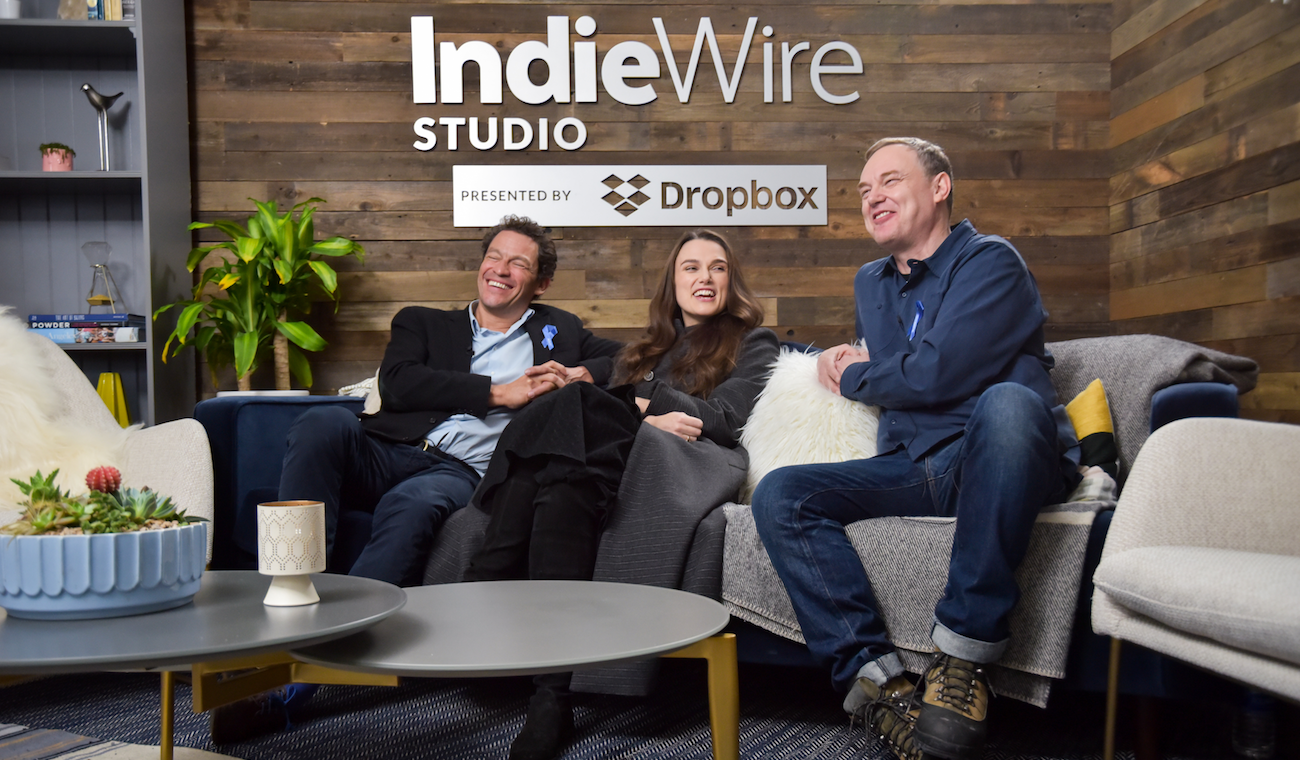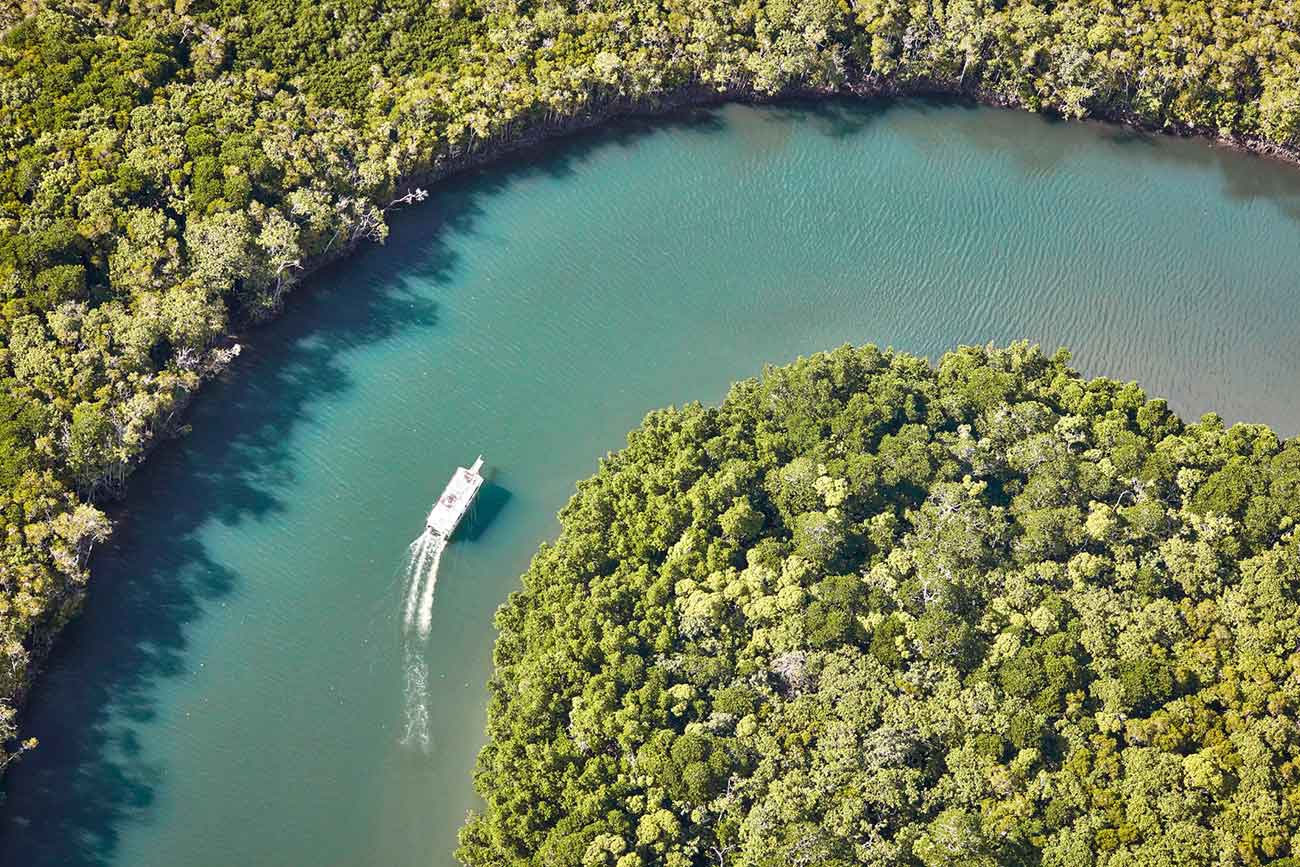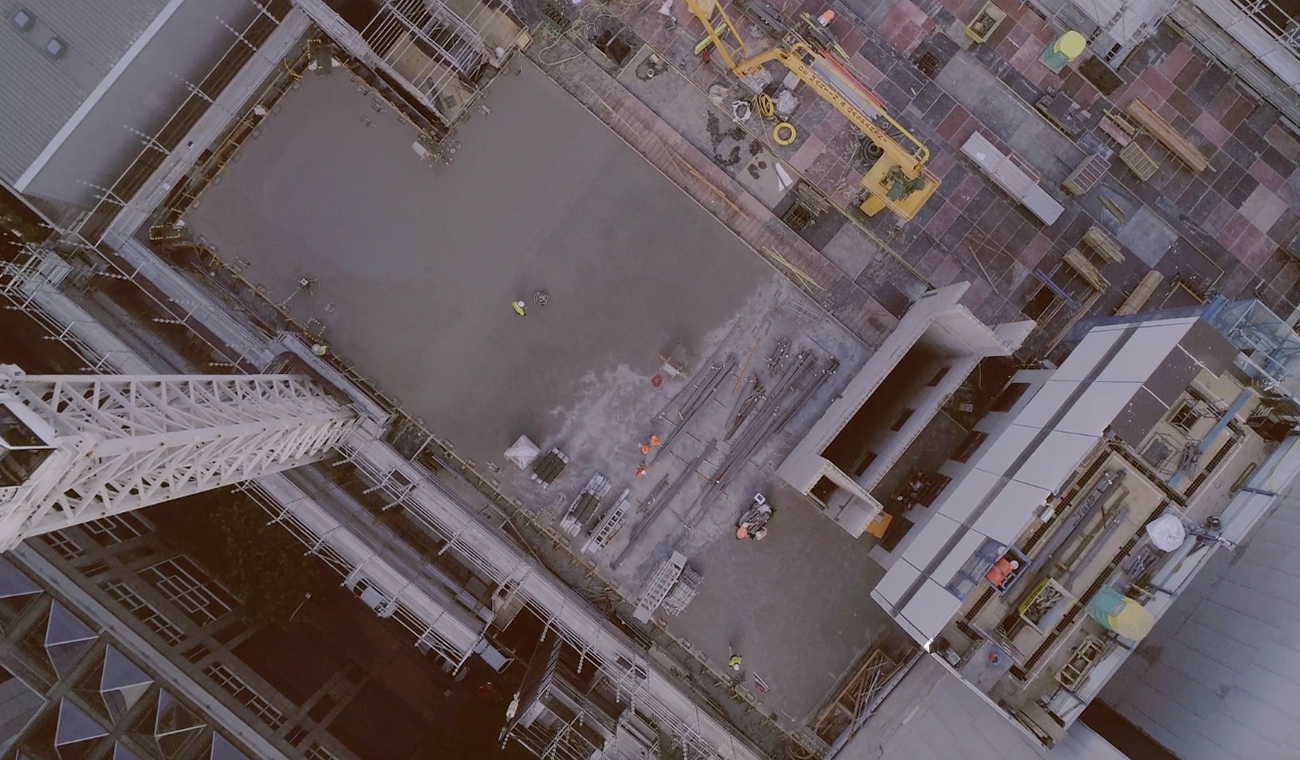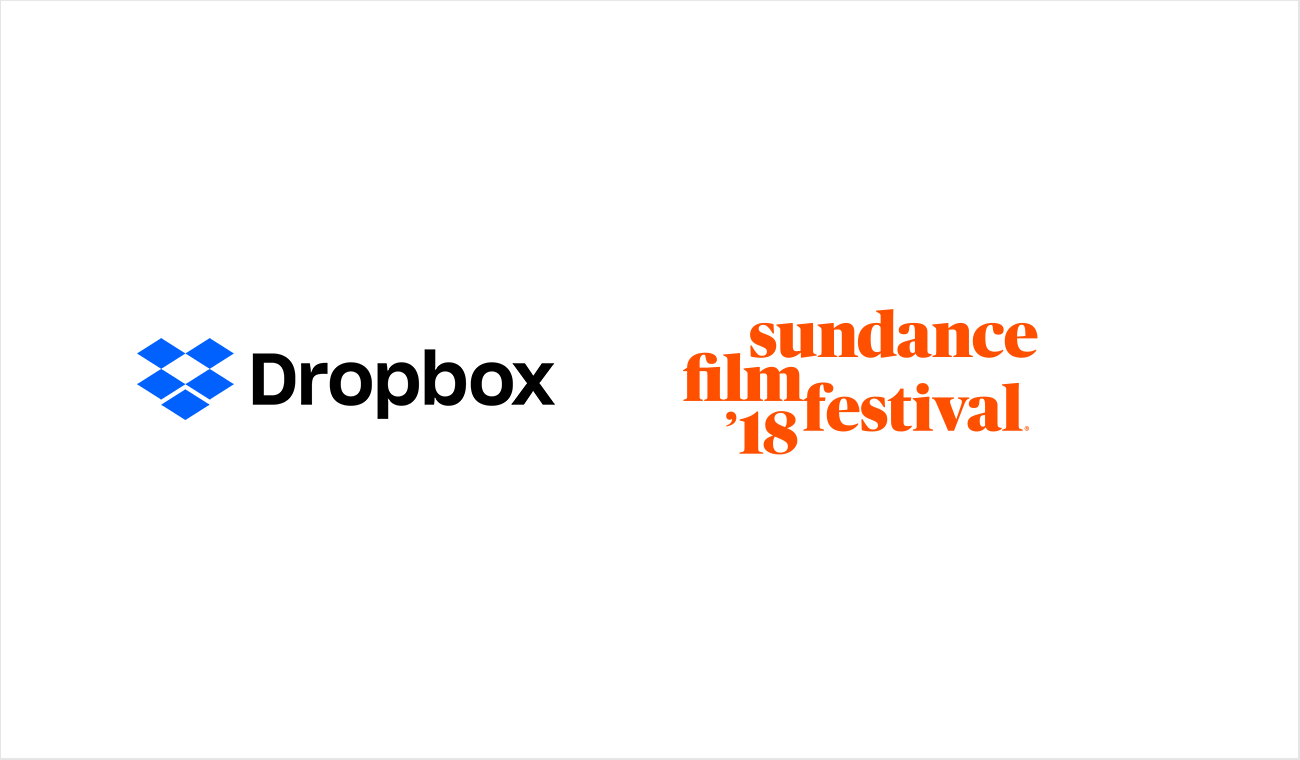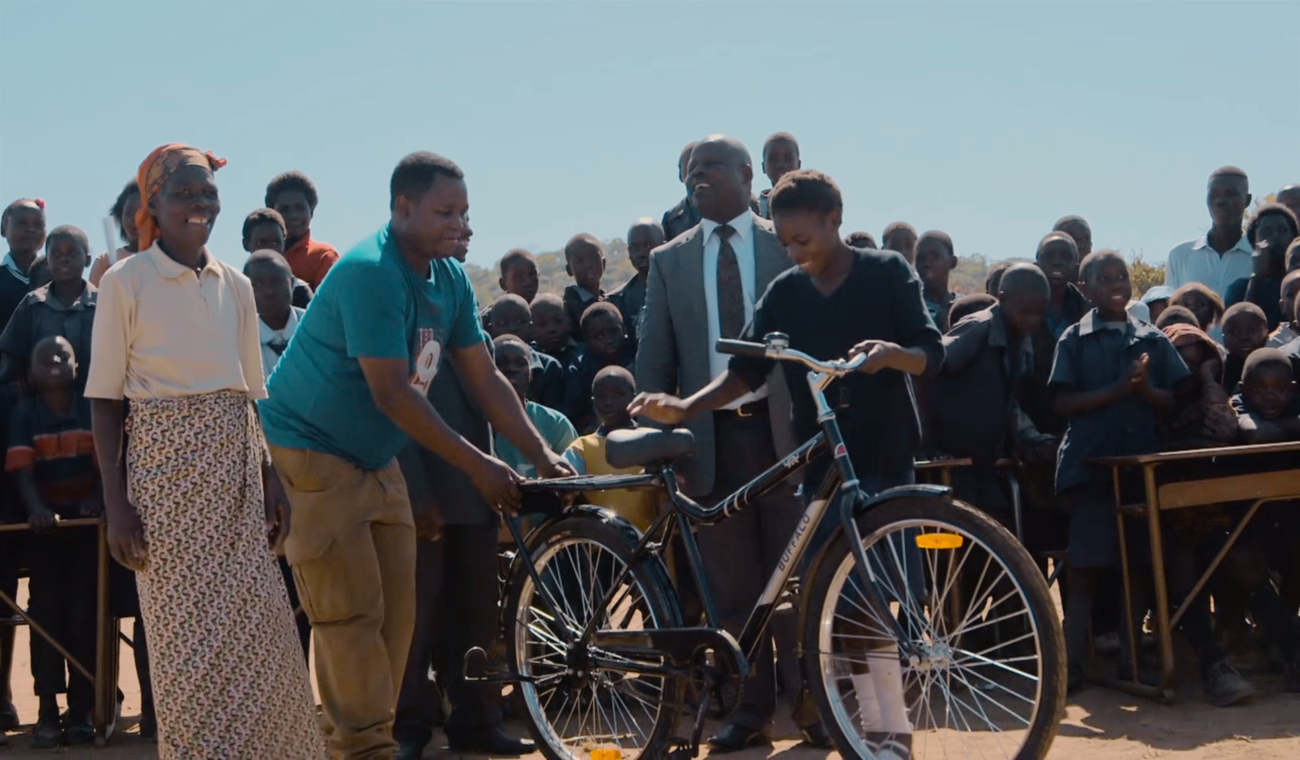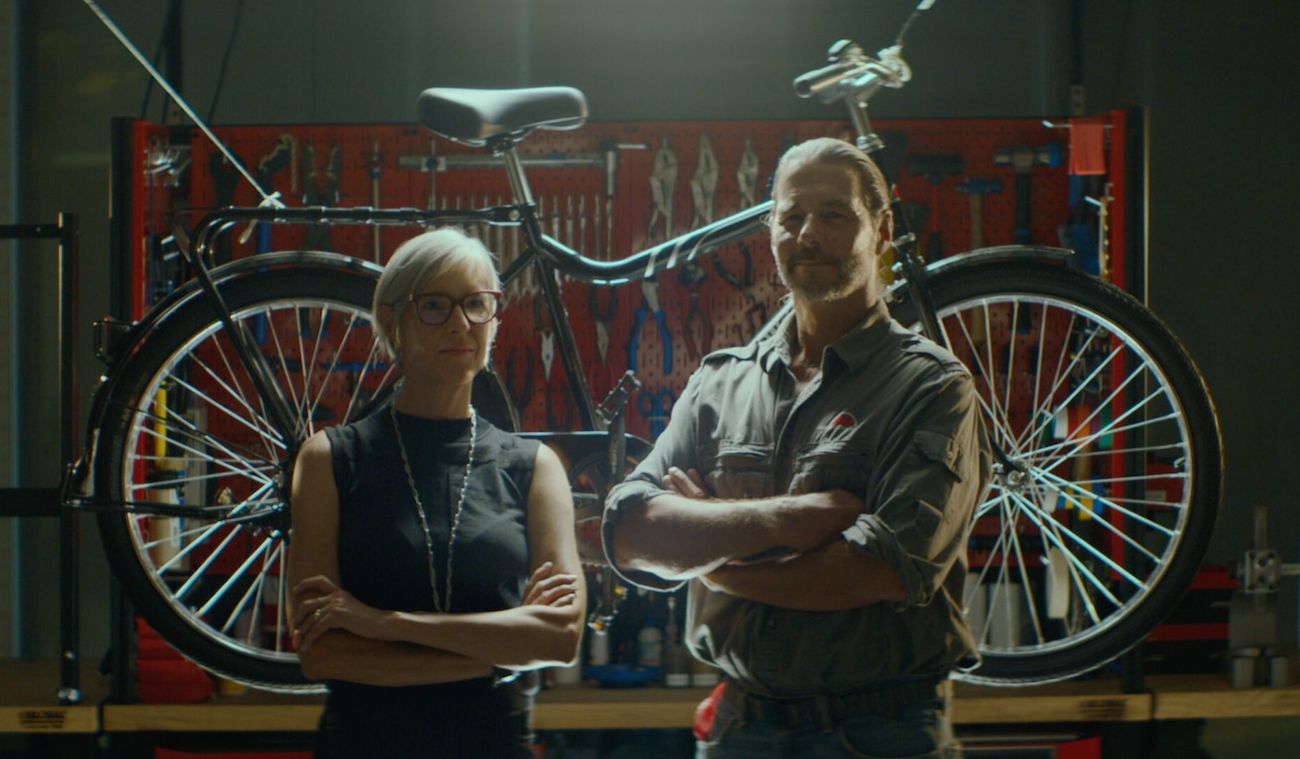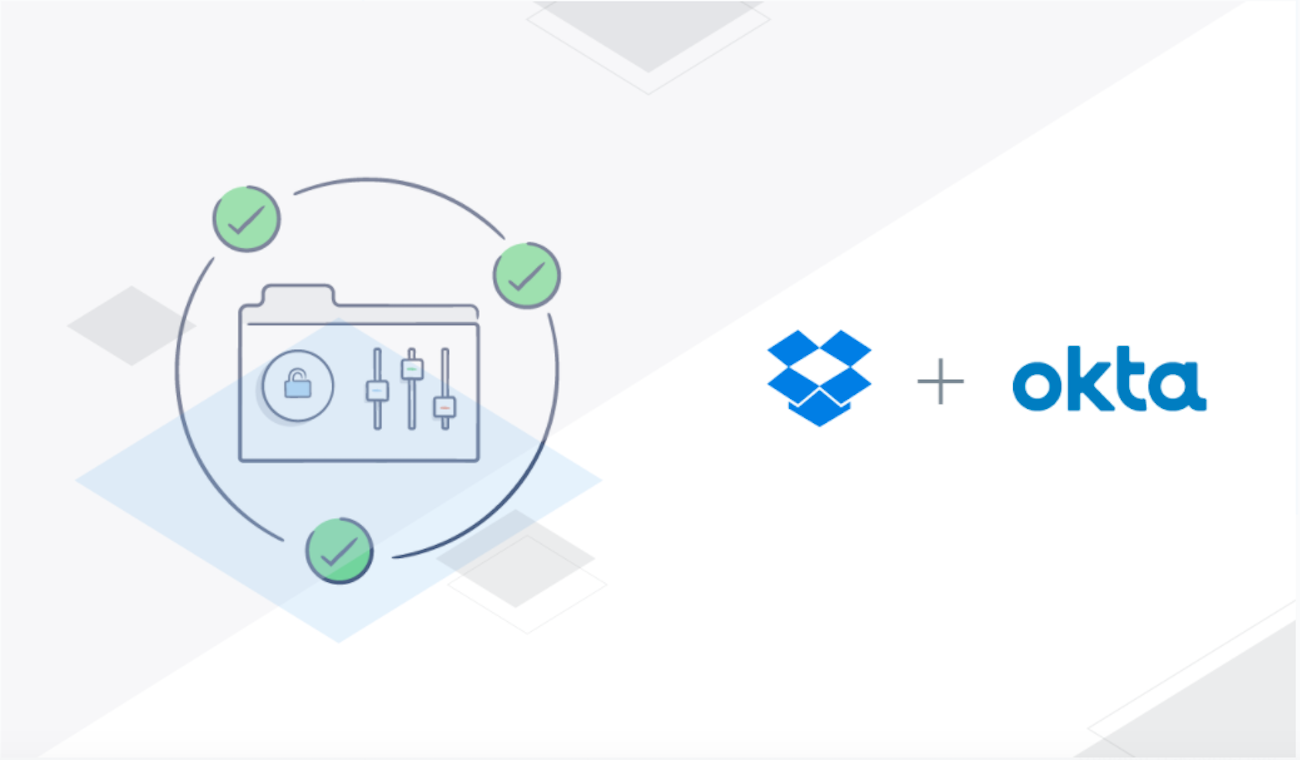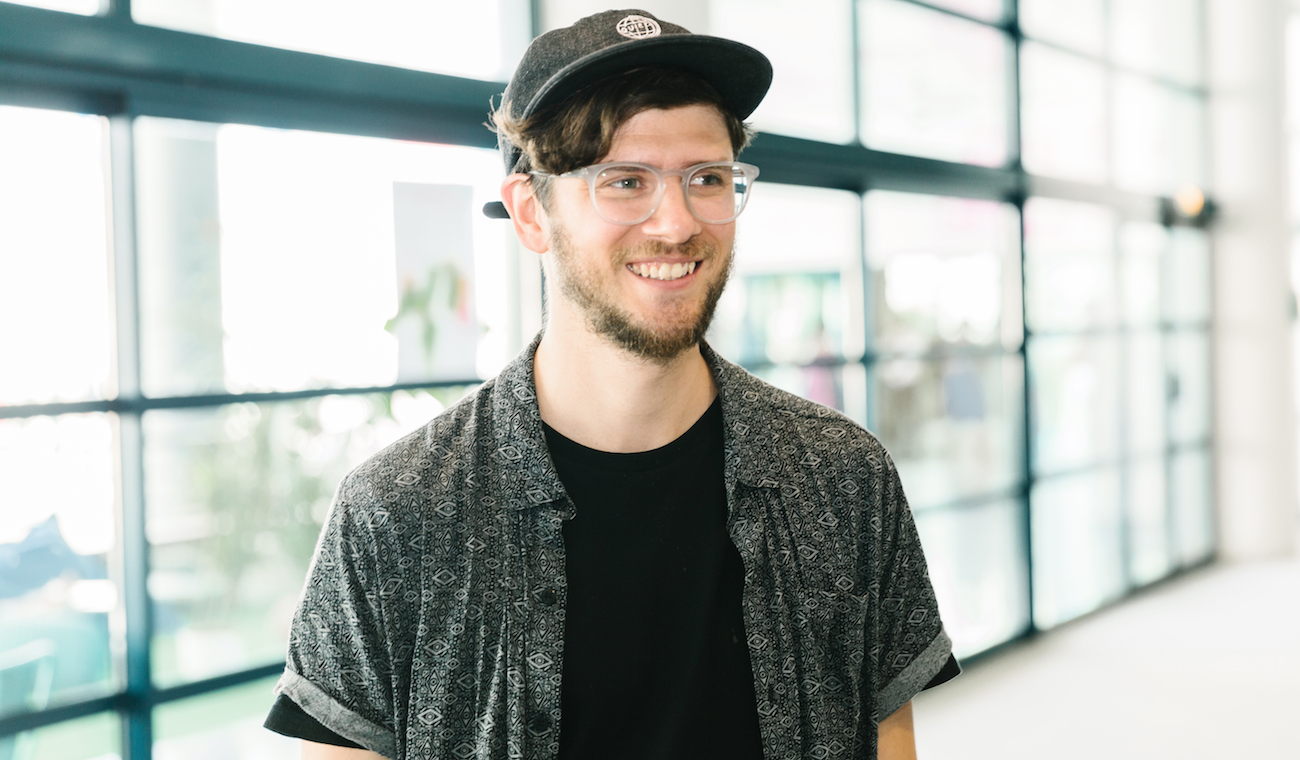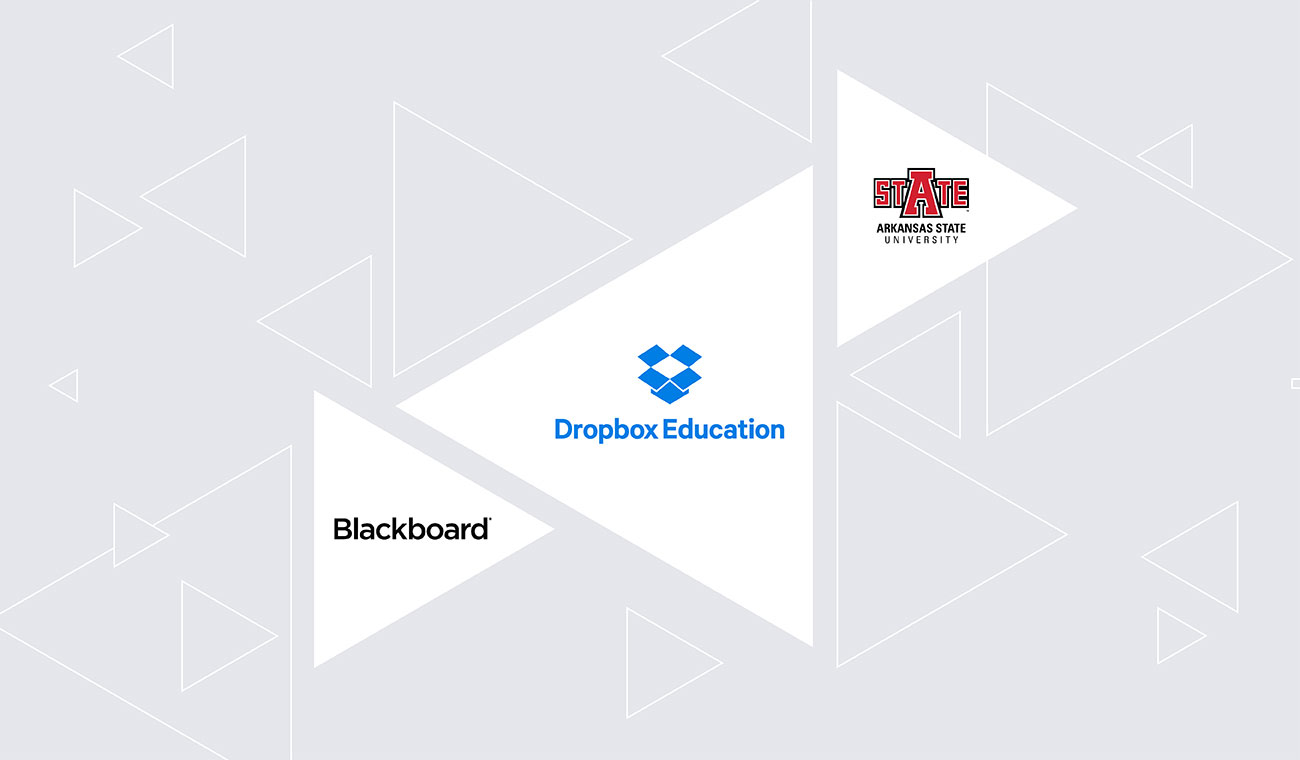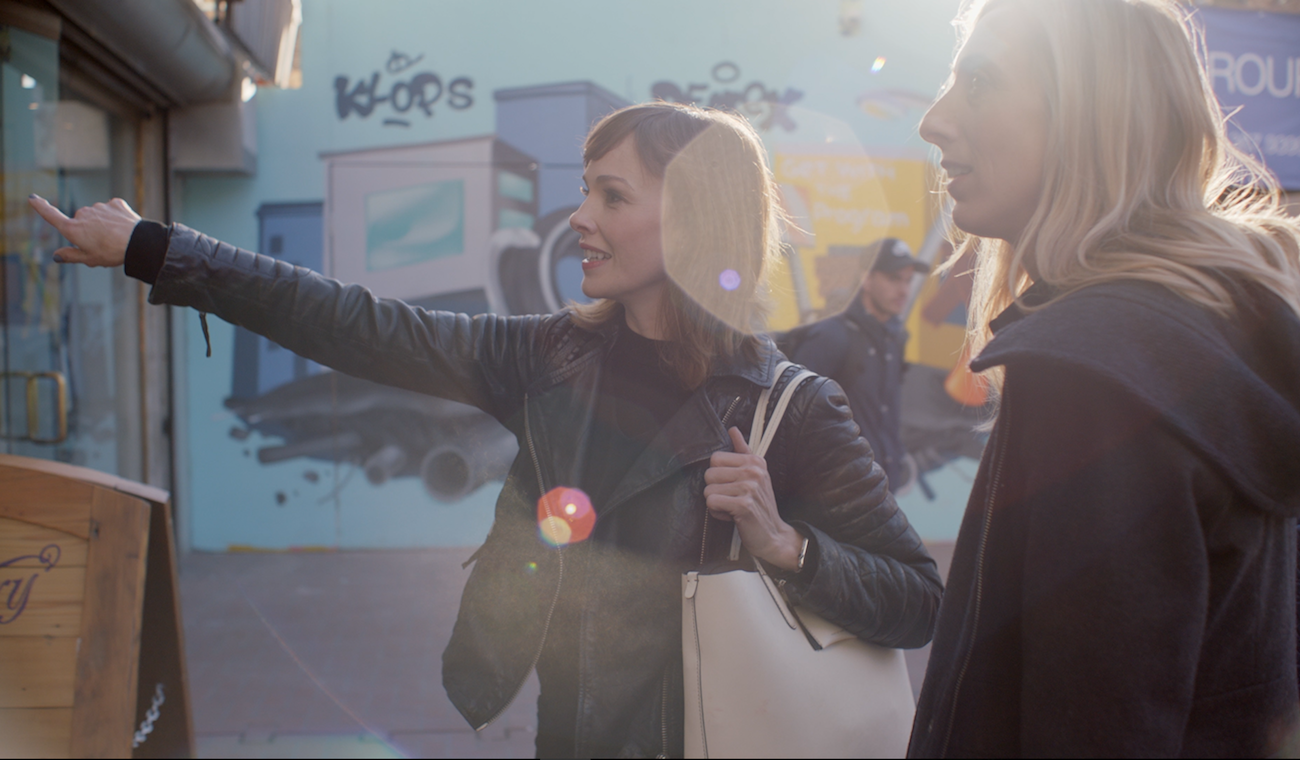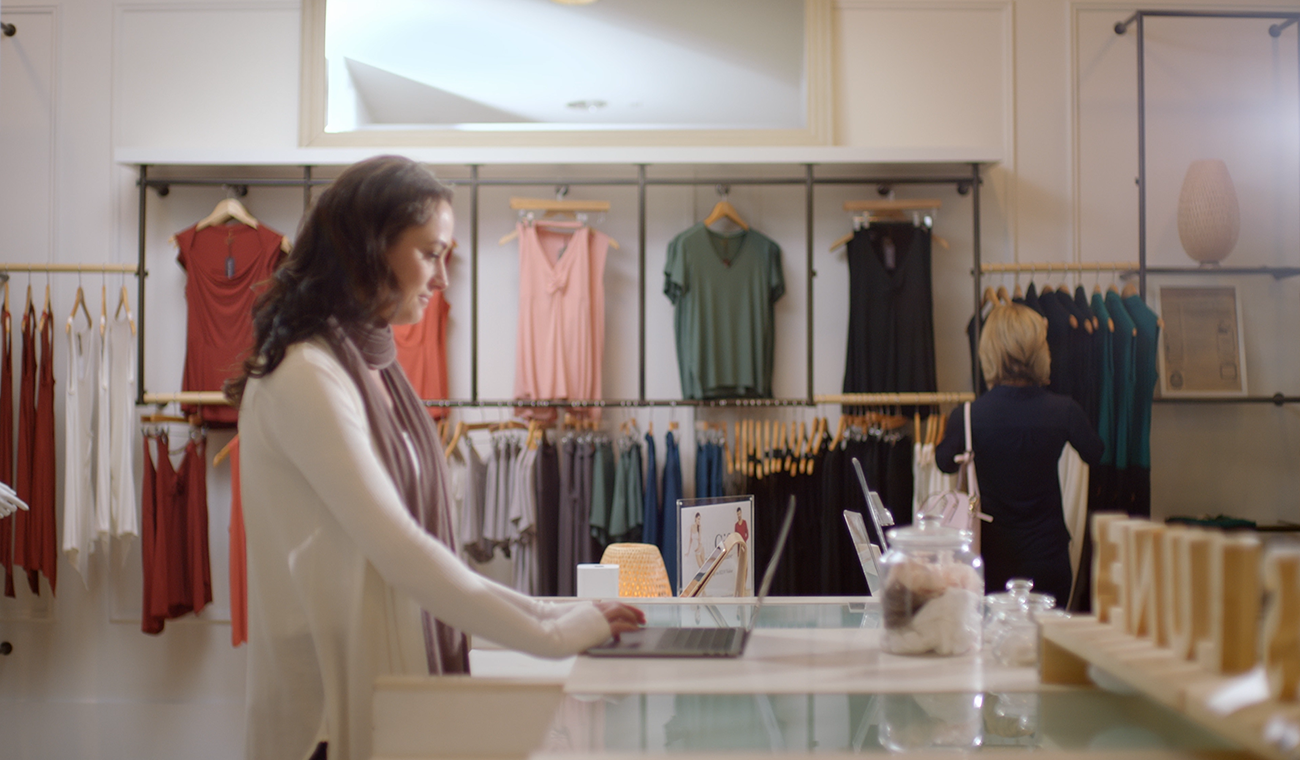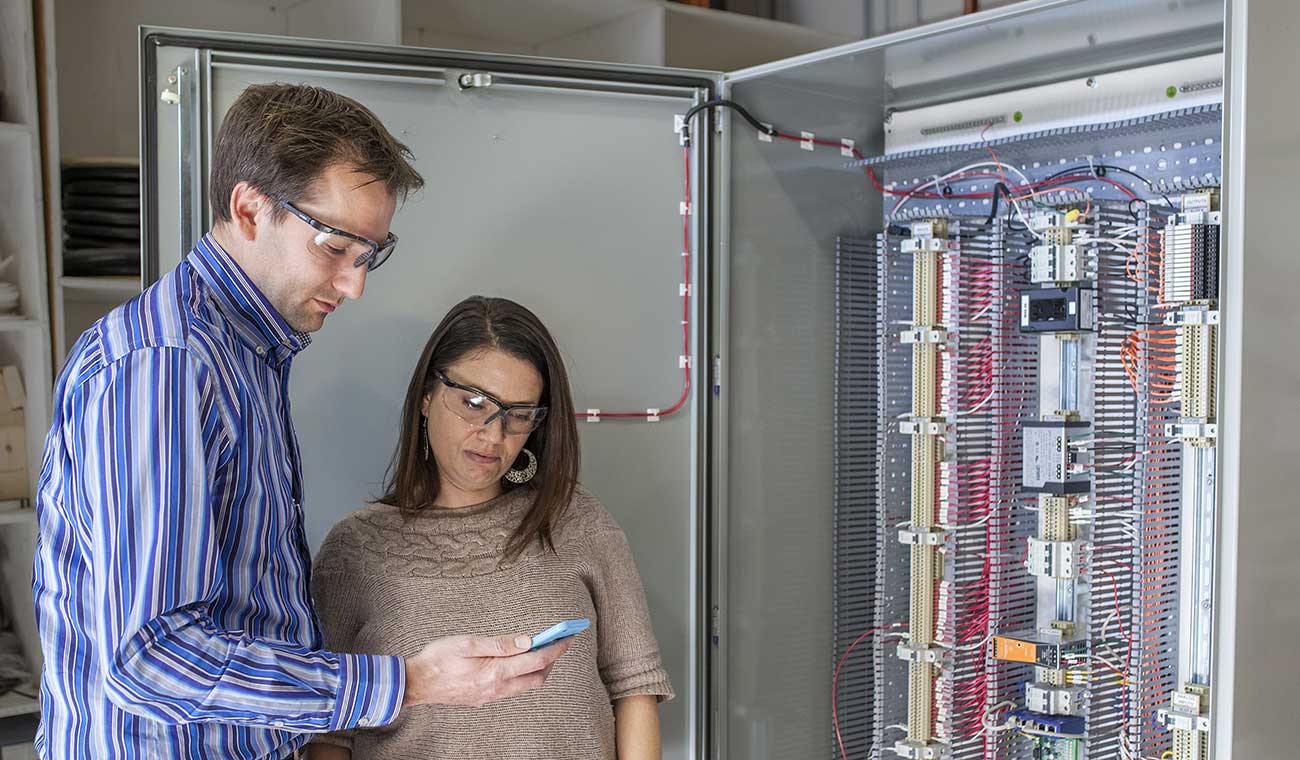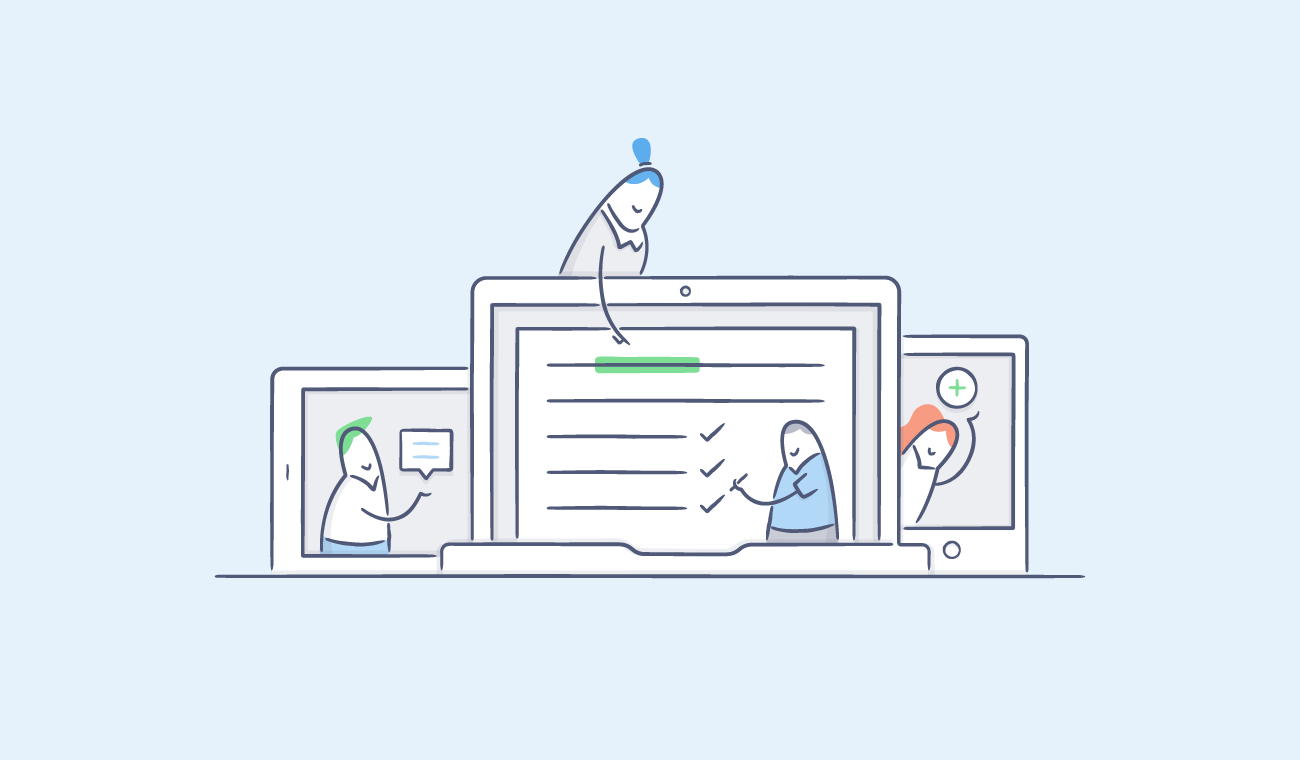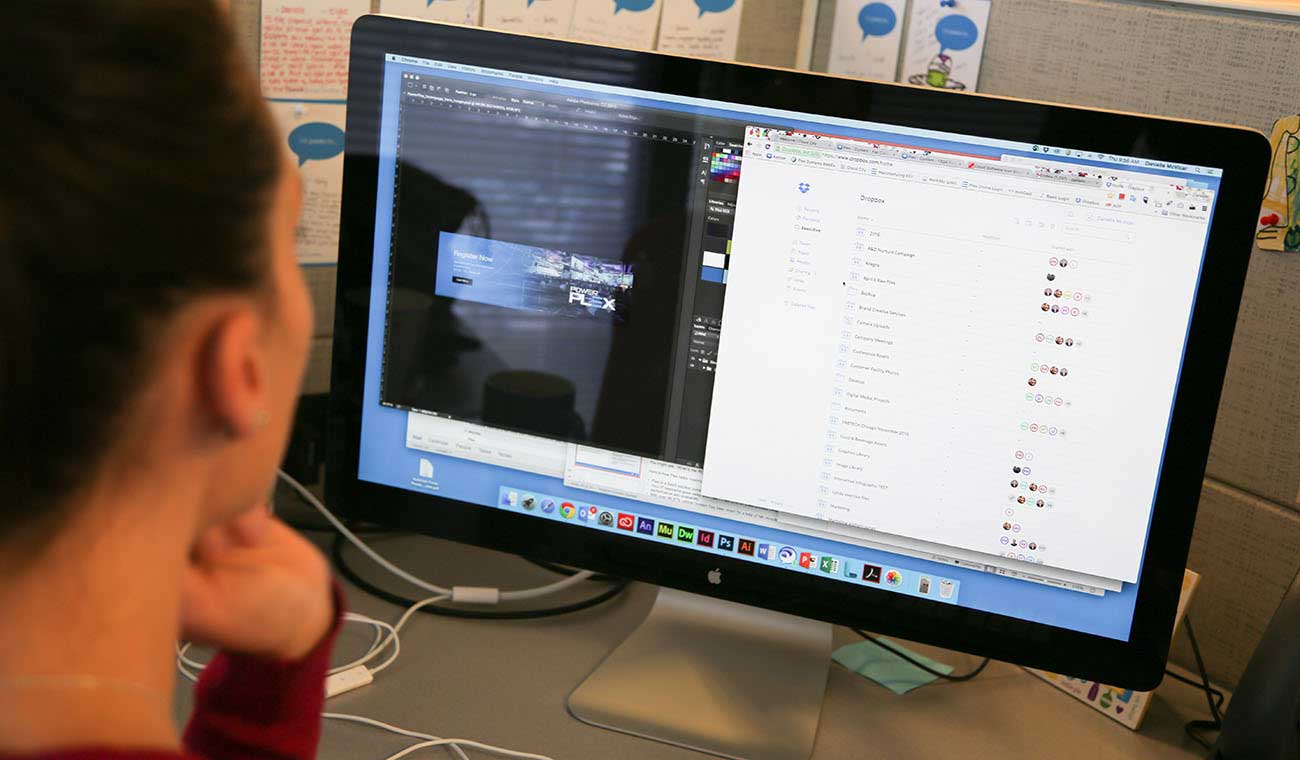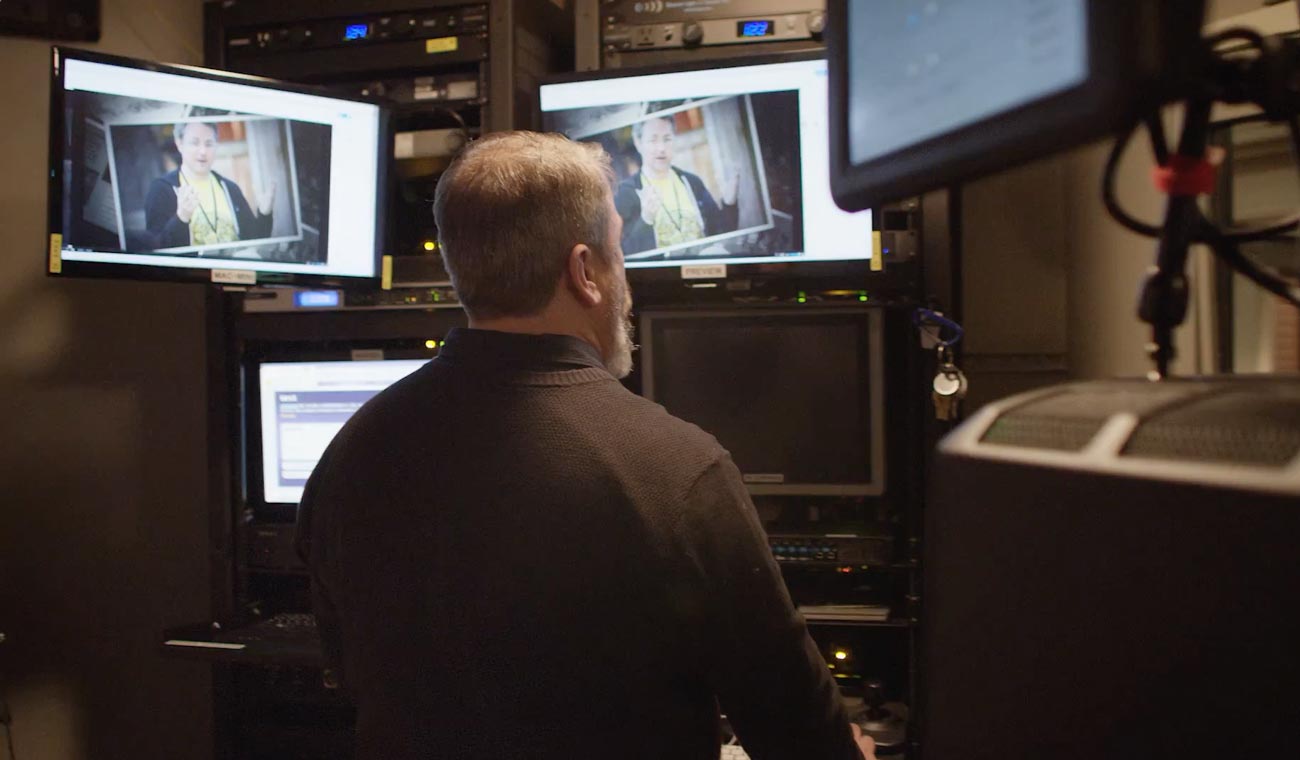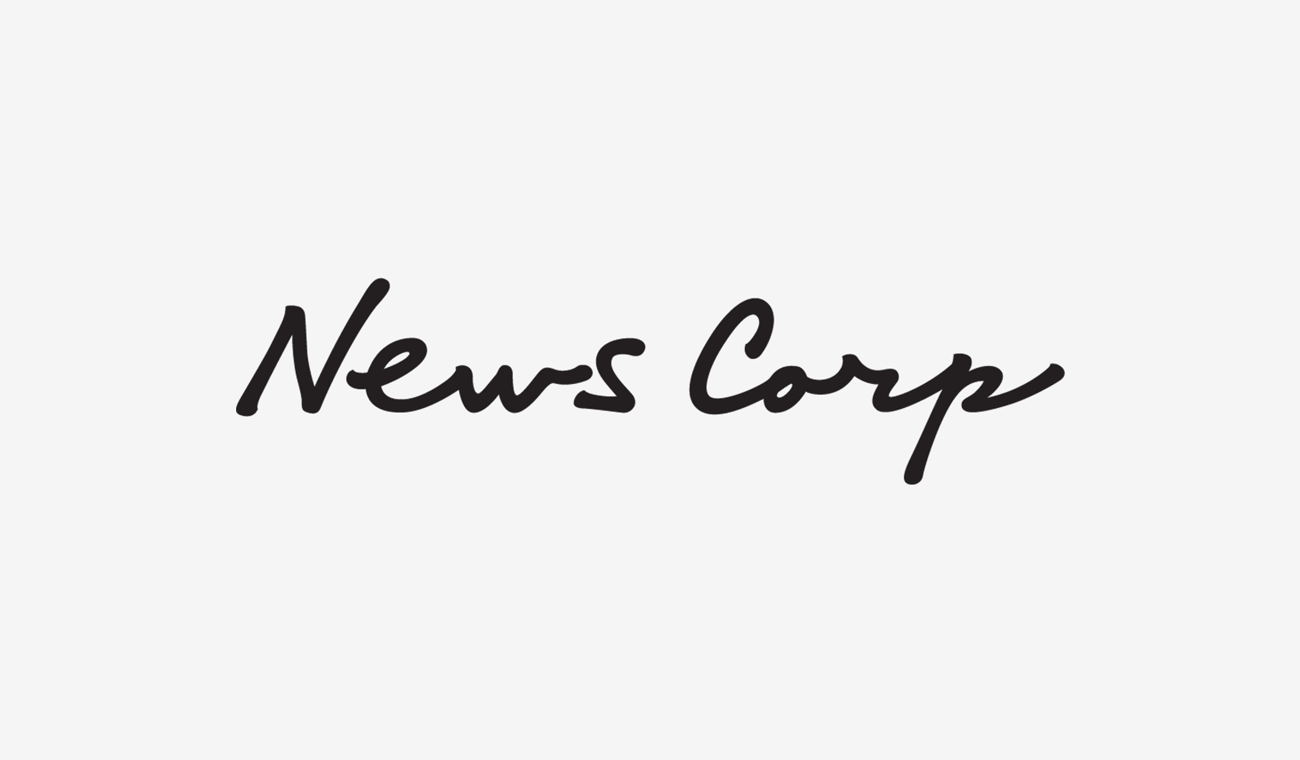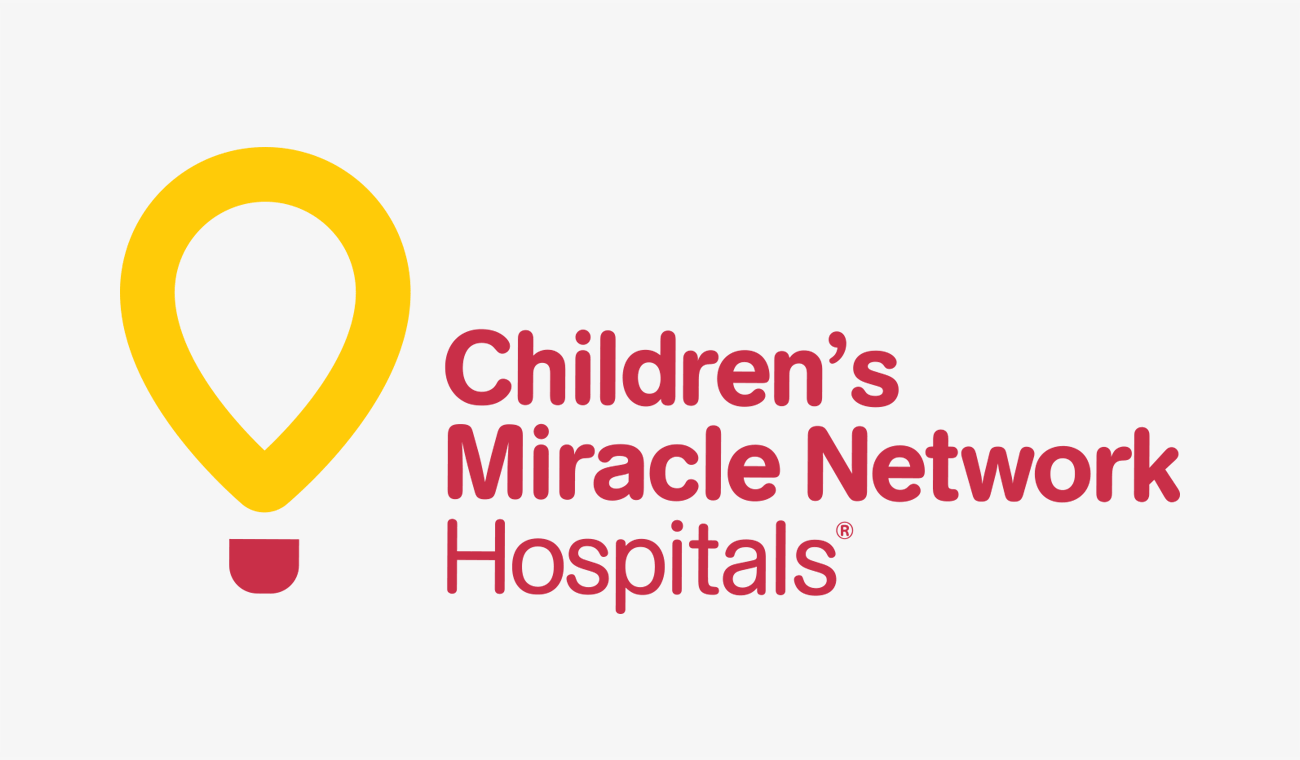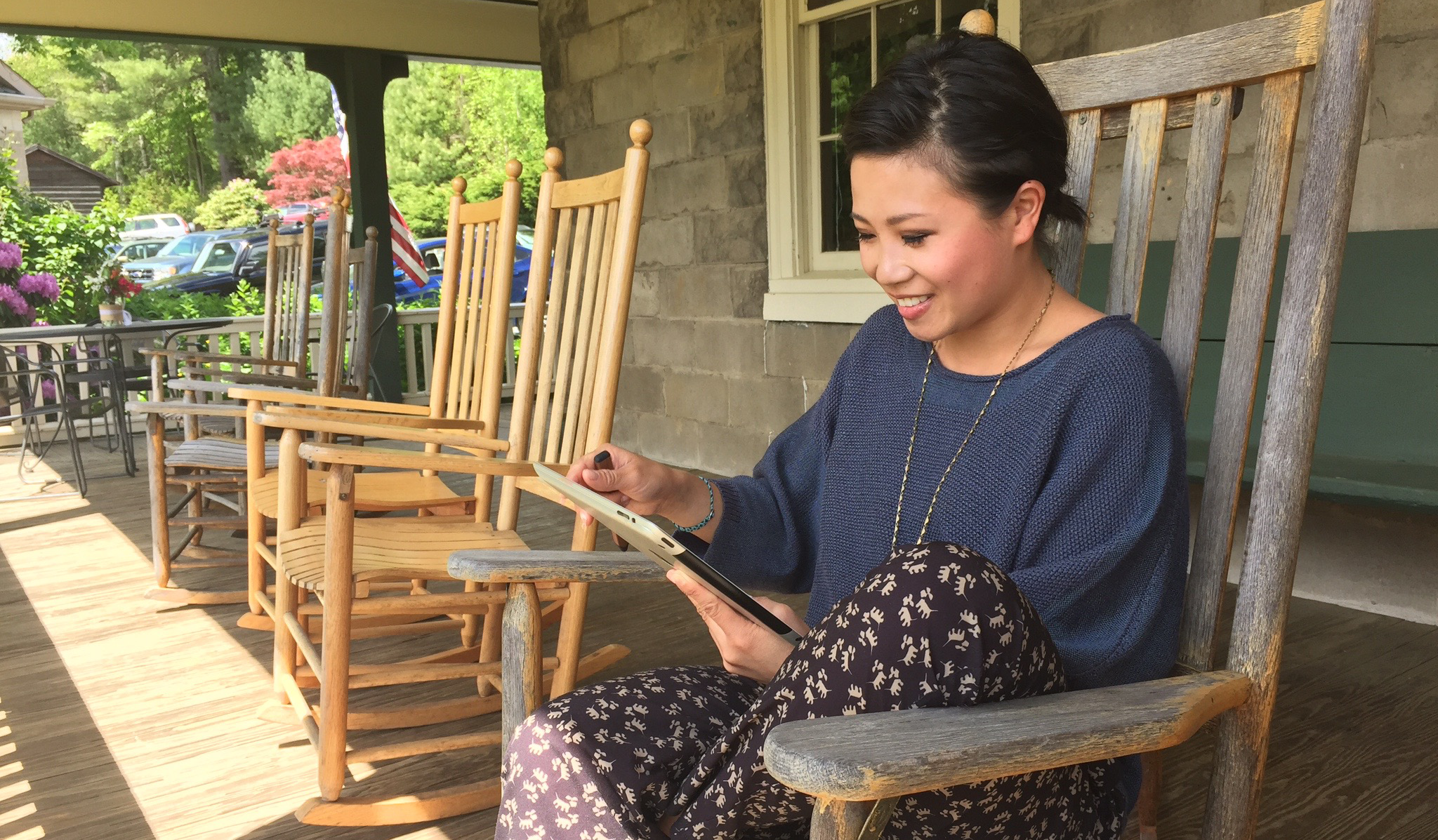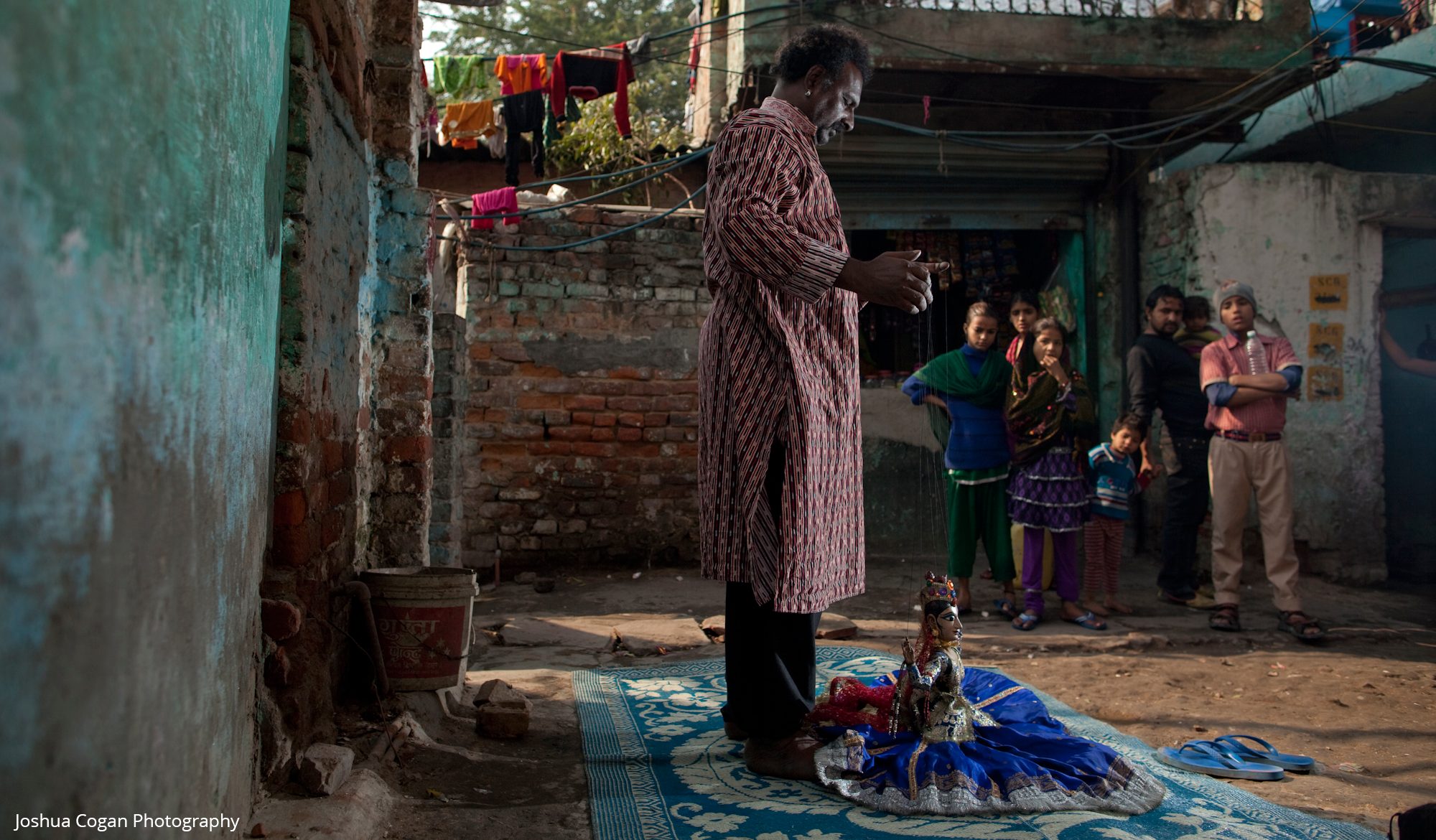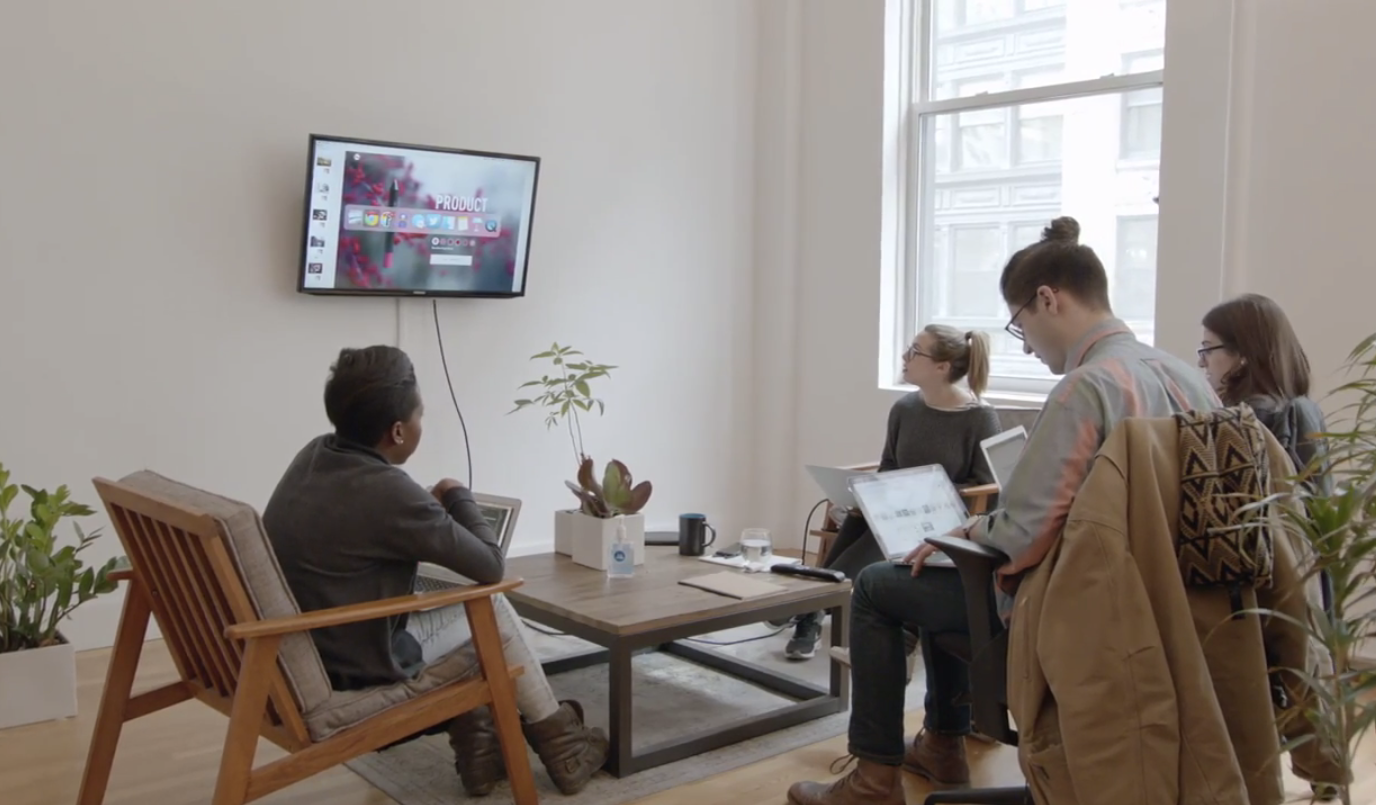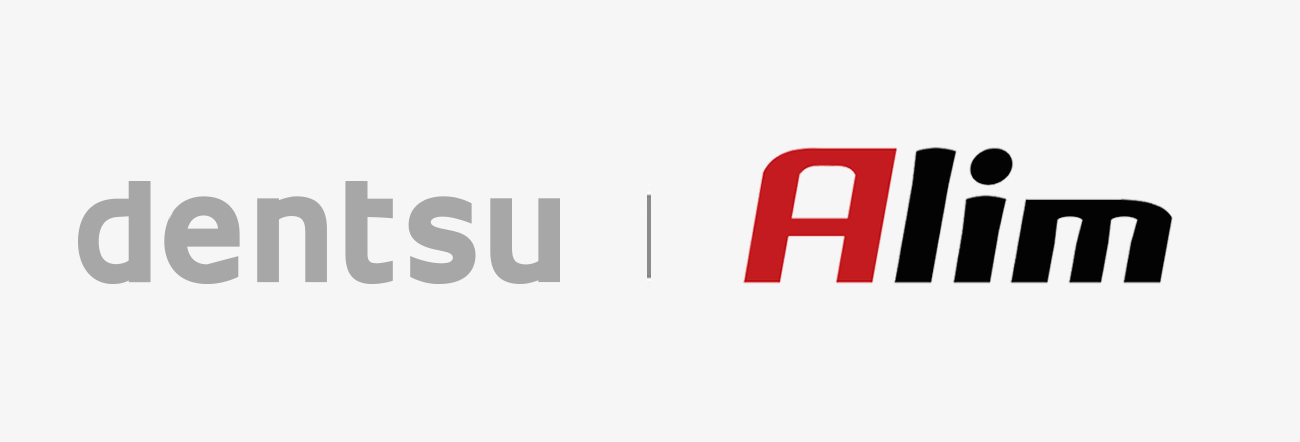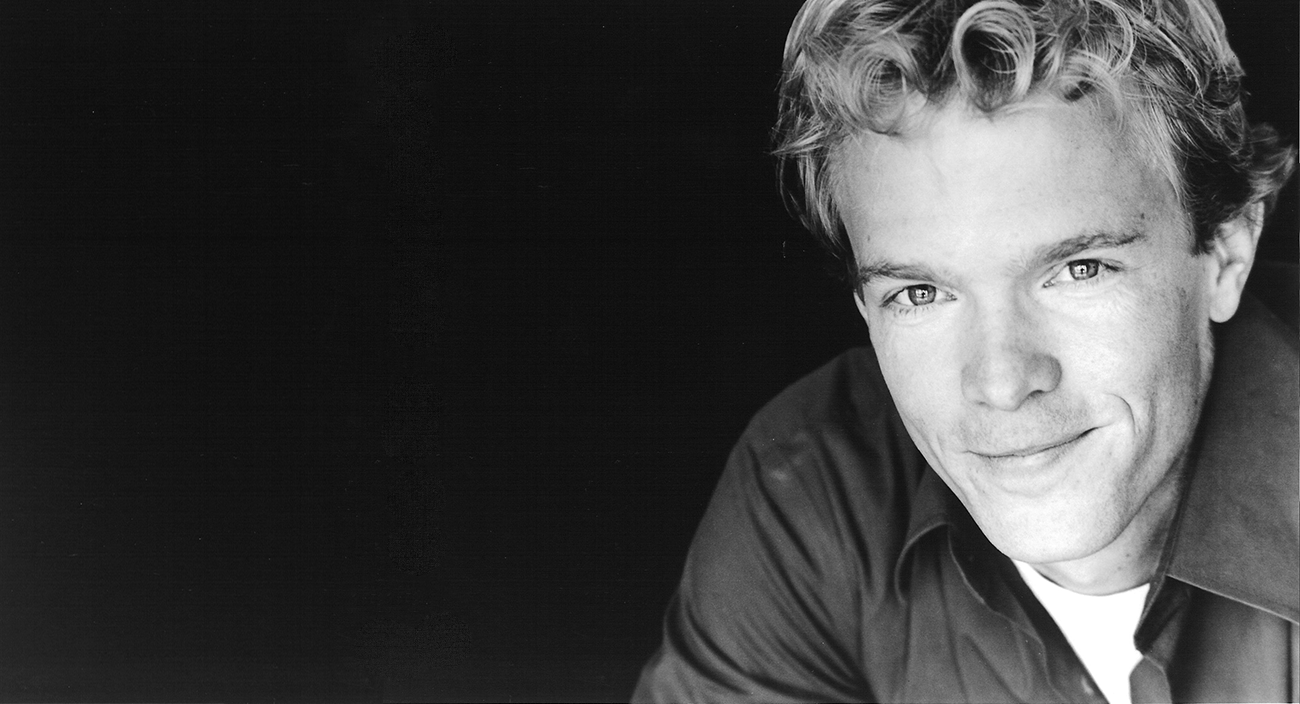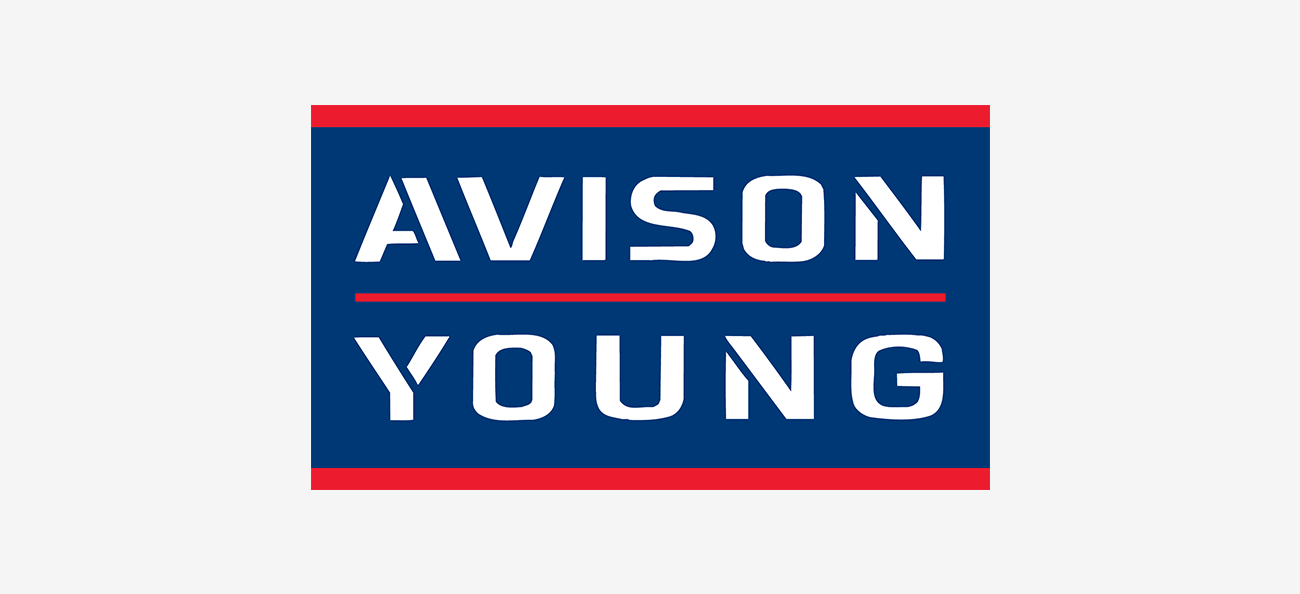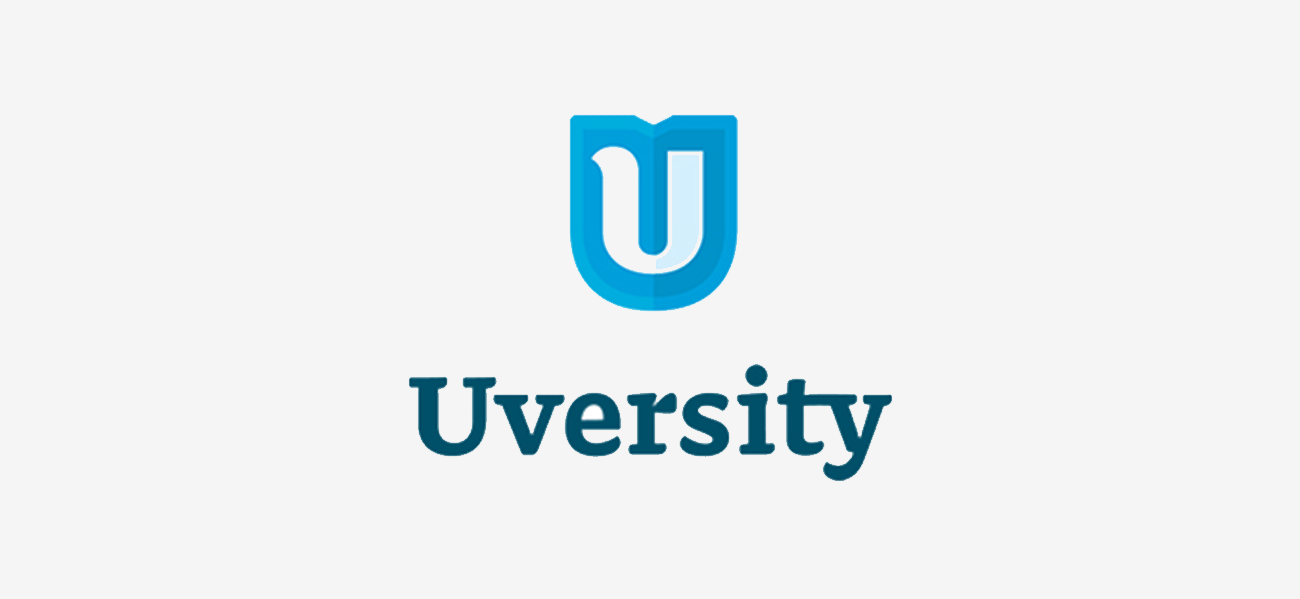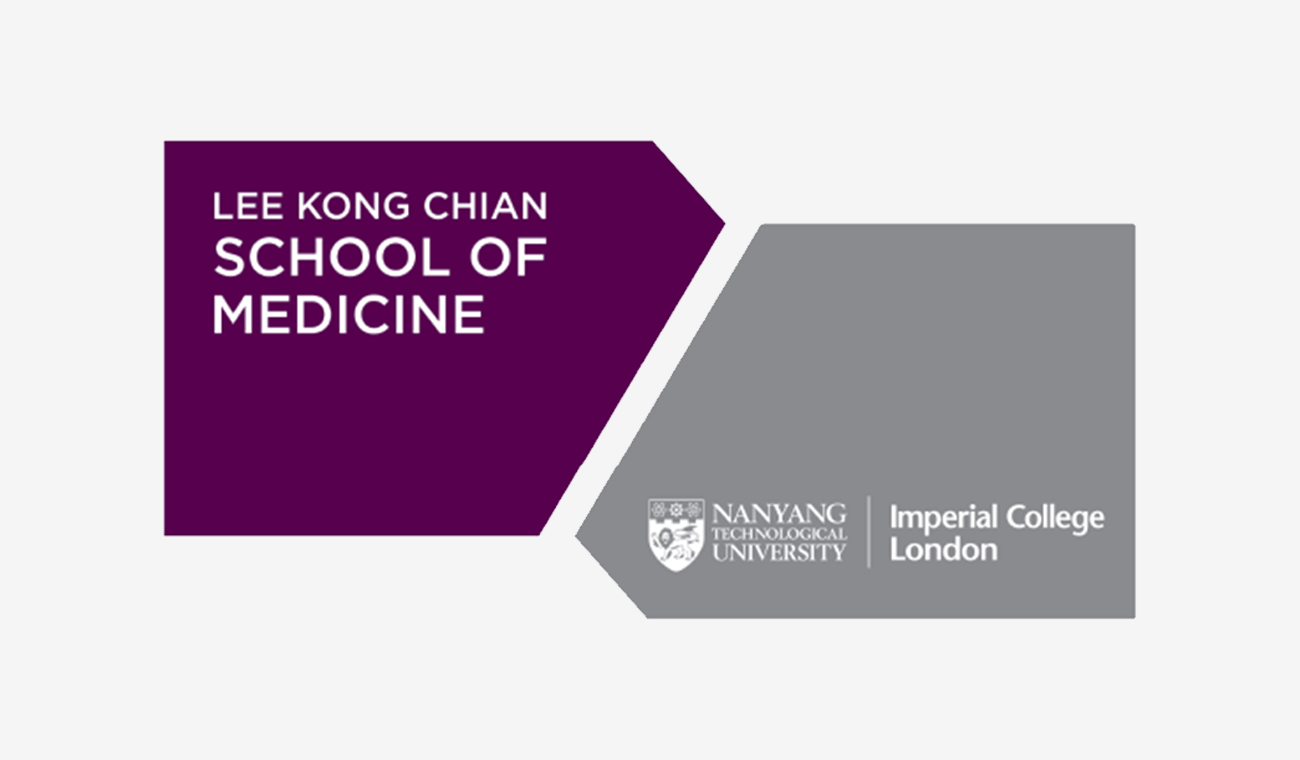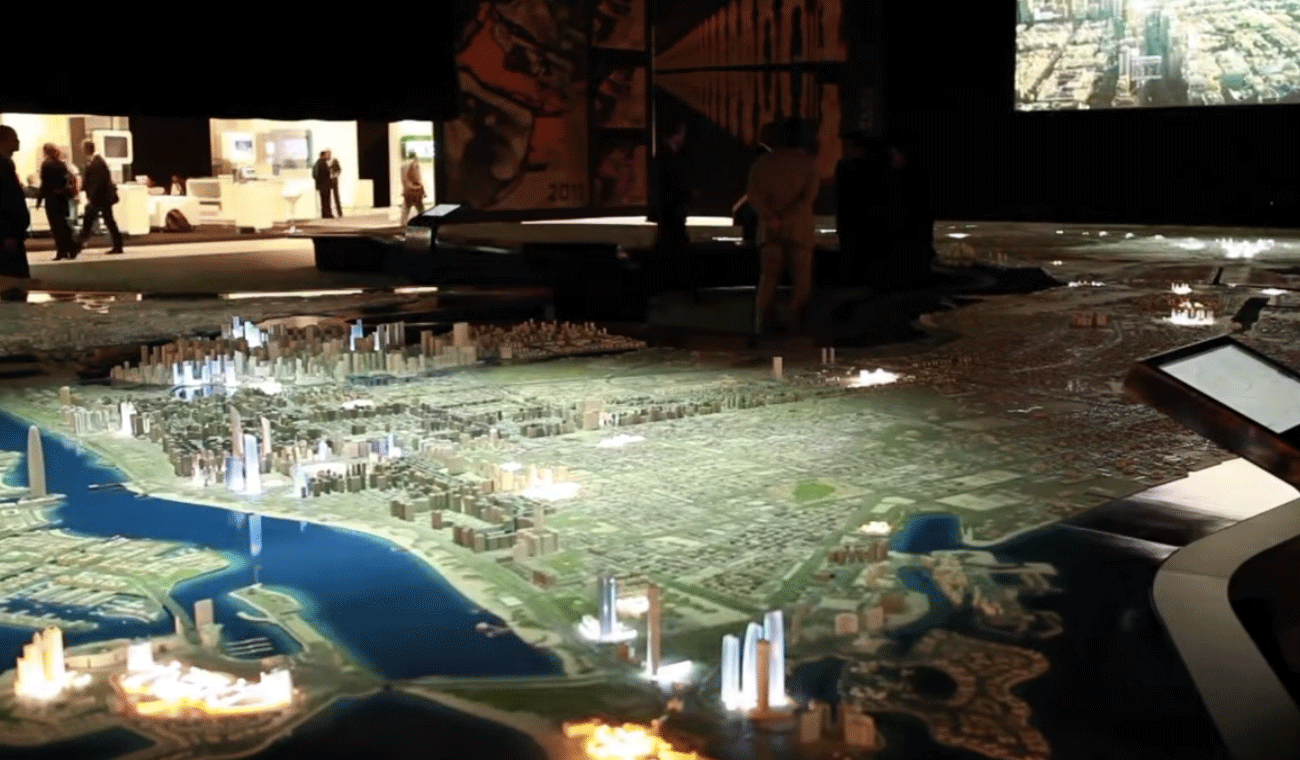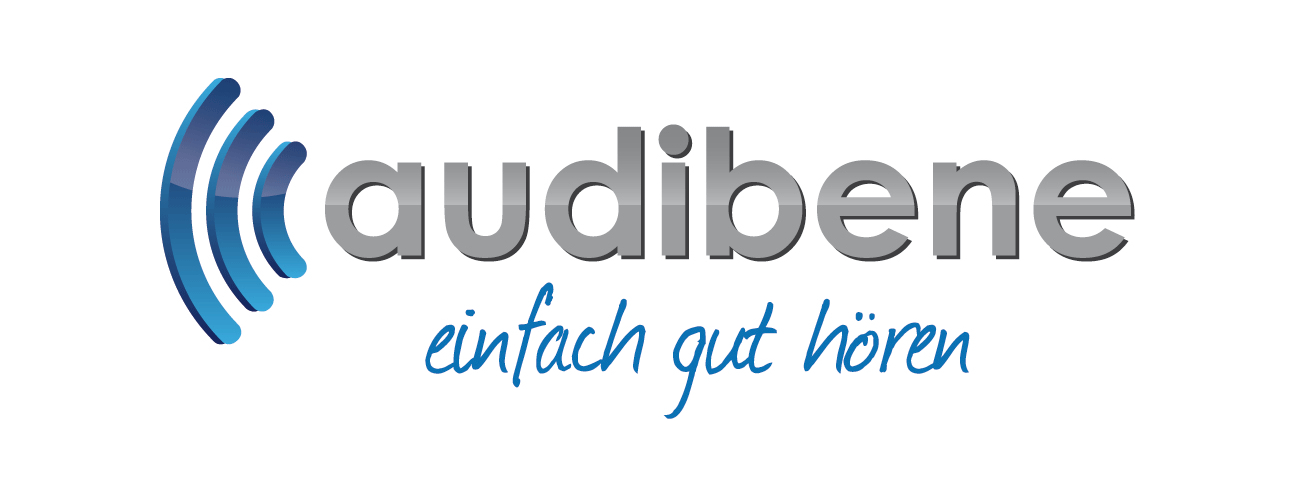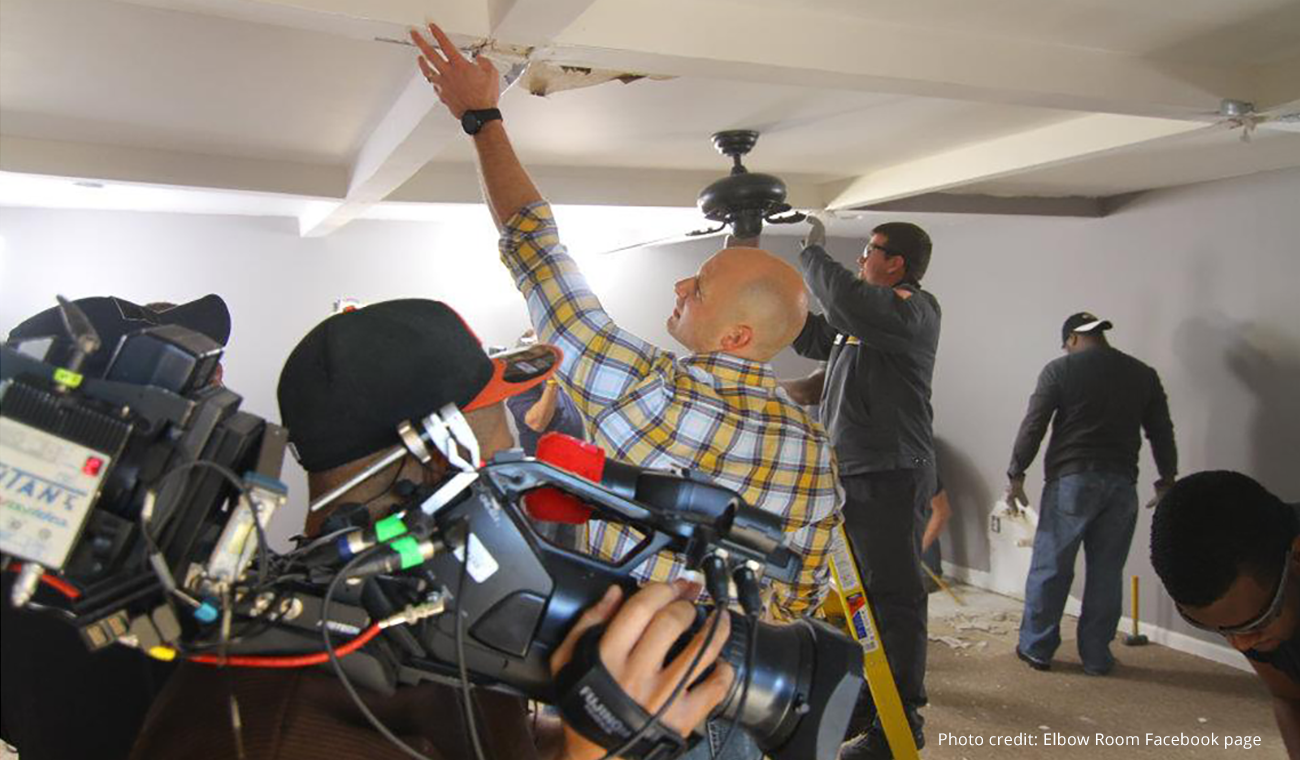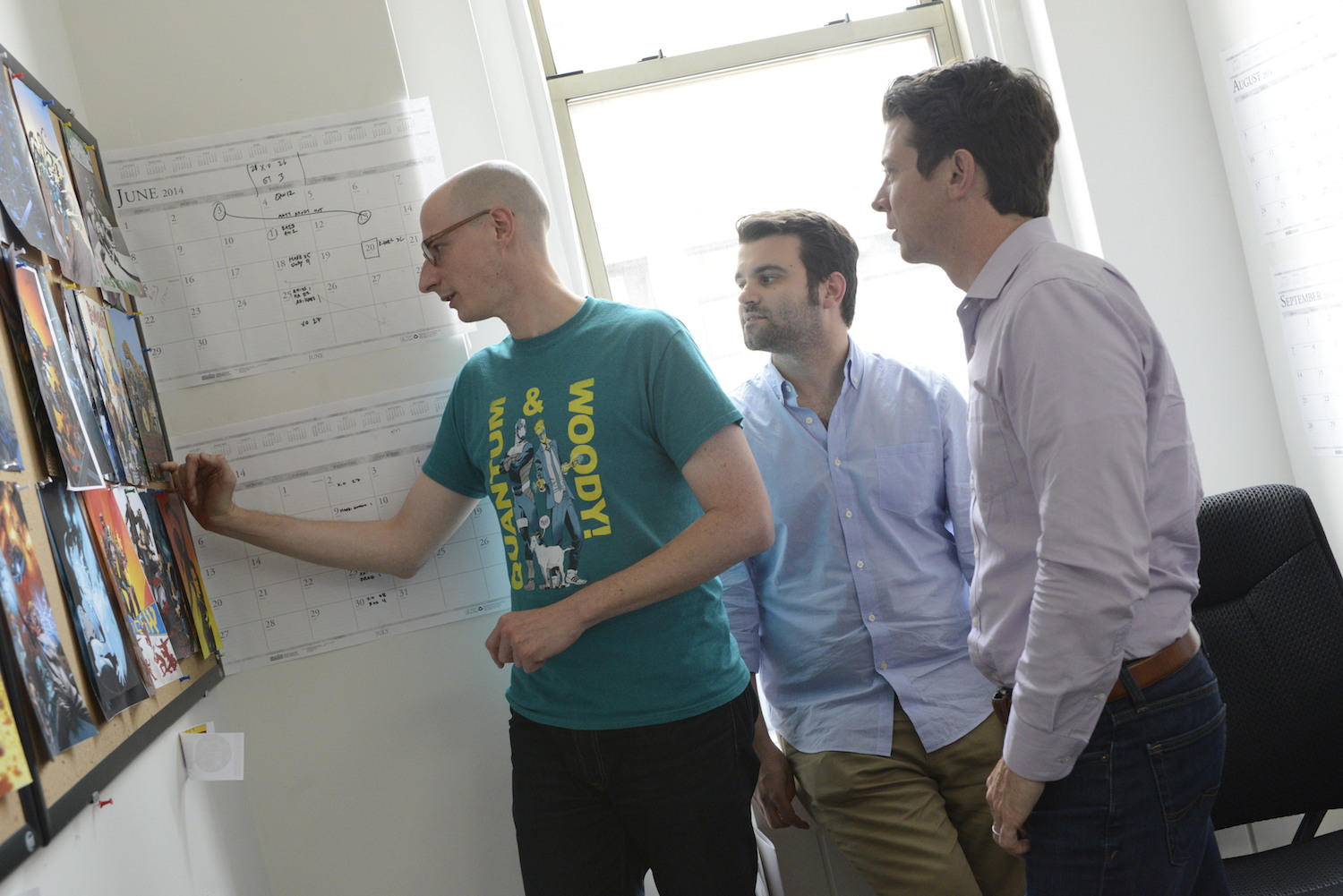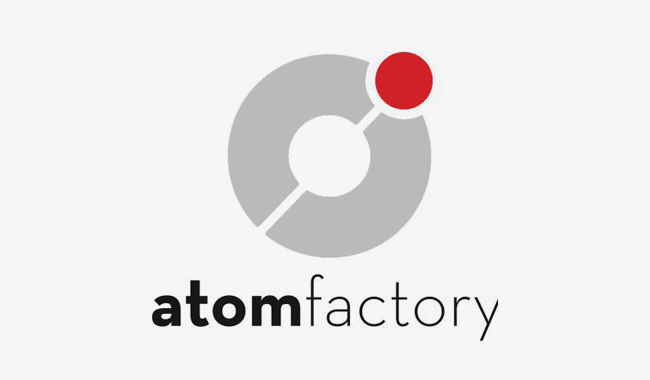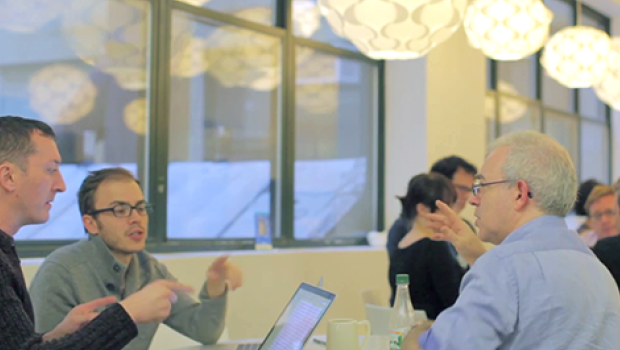
A place for every voice in the creative filmmaking process
Published on January 01, 2022
A creative director improves flow and keeps film projects moving across countries and teams. The key is simple, intuitive tools that create a space for everyone’s ideas so the strongest story emerges.
Dropbox helps teams spend less time on logistics and more time doing the things they love. Find out how Adam Nielson, Creative Director of Branded Experience at Kaleidoscope Pictures, uses it to stay organized and work efficiently.
A couple of years ago, I hosted an axe-throwing bachelor party for a friend. As the axes flew, I struck up a conversation with someone I’d never met before, who works for Dropbox. I told him I loved Dropbox and he showed me Dropbox Paper.
I was stoked. In this industry, it’s not just about the copy. Visuals and videos are key to communicating ideas. Dropbox Paper’s versatility goes beyond any text document. I can easily incorporate visuals and other media—including Dropbox links—all hosted on Dropbox Paper. Once I saw it, I was in love.
I realized this was the perfect hub for my work as creative director of Branded Experience at Kaleidoscope Pictures. Since we aren't a LA or NYC specialty studio (we're in Provo, Utah) the media we create spans the gamut. It's not uncommon for us to be in production on multiple projects ranging from a sketch comedy TV series, narrative film, masterclass, virtual event, to music videos and events. We love that we don’t have limit ourselves to any one niche.
No matter the project, we want everyone to feel heard throughout the creative process. It’s our goal to empower clients to get involved so our team can build the creative vision.
Dropbox Paper lets us do this.

“Paper sets the collaborative foundation. It’s a living document that clients and team members go to for the latest information they need. They don’t have to sort through email strings or log into something.“
Media-rich documents loop everyone into the conversation
I’m dedicated to finding tools that streamline creative functions and allow effective communication without squashing the creative process. Our previous collaborative process involved a lot of in-person meetings. It was tons of work to compile everything into a presentation and get everyone up to speed. When I implemented Paper, that all changed.
First, we use it to onboard people to a team or project.
One Paper doc can house recorded video calls, transcripts, whiteboard photos, articles, links, or any related content. It gives everyone a holistic view of the evolution of our process so they get a feel for the project.
Second, it allows for better sharing and collaboration with our clients.
Let’s say we’re designing a studio set. We start with a video meeting with the client’s design team to discuss a color palette. I can drop that video into Paper, where the set designer can see it. Then I can add in the general requirements for the set. The set designer can include their mood board. Our clients and collaborators can see everything coming together in real-time, especially as we add photos of the location and furniture.
Third, it keeps everything centralized no matter when (or where) we need it.
It’s easy to bring any new collaborators up to speed, or iterate on previous client work. I even found a way to make multiple emails less of a chore: I copy and paste everything into a Paper doc. That way our team can review them all in one spot. Our notes, ideas, and context stay centralized and adaptable.
A dynamic tool that wins with simplicity
Paper isn’t another word processor; it’s a solution that helps collaboratively solve problems and share ideas. Paper allows us to merge various media assets, including text, images, audio, or video, into a single document.
There are lots of project management platforms out there. The problem is, when you’re working with diverse teams, everyone knows and likes to use their own thing. It’s hard to get everyone onto the same platform, and it eventually all falls apart. Dropbox Paper is the perfect solution. It’s easy to understand and exceptionally flexible. You don’t need to log in to get the information you need.
It is much more dynamic and versatile. Pinterest is great for visual inspiration, but there isn’t much flexibility beyond that. I can’t make notes next to an image so someone knows why I’m sharing it with them. A lot of people use Google Docs, but the framework is limited compared to the possibilities we can add in Paper. We don’t have to worry about whether everyone has a Google account or deal with permission requests or security. We can simply start sharing with Dropbox.

Creation despite the hurdles
When we first started using Paper, we never considered how redefining community collaboration would come to our aid in a pandemic. As production shut down, everyone in our industry wanted to know, “When can we get back into production, and how are we going to do it safely?”
Paper became an essential tool for us to create a draft of our own COVID protocols. People from other production environments contributed their own experiences. Pretty quickly, we had comprehensive safety guidelines.
Paper also allowed us to continue collaborating with outside teams. When the pandemic started, we had a lot of projects in development, including a documentary my colleague John Foss was set to begin shooting about the first professional female surfer in India. After spending so much time and resources on development, our client agreed that we couldn’t just cancel it. So we turned to Paper. If John couldn’t be there in person, he could share his interview questions, shot ideas, and creative assets with the team and set them free to execute. They ended up delivering beautiful and powerful footage.
Amid all the friction and fear of 2020, Paper showed our clients that moving forward was possible.

Confidence to move forward in new ways
As we pivoted to remote shoots, content contributors weren’t always convinced they could do a good job of filming themselves. So I created instructional videos on how to download an app, hook up a microphone, and some basic video etiquette. With these instructions, contributors from all over the world gained the confidence they could record themselves. We packaged this into a multimedia document called the Self-Tape Paper that then each producer could customize to suite their project.
The Self-Tape Paper was a success for the Timpanogos Storytelling Festival, one of the largest of its kind. In 2020 Timpanogos went virtual. But storytellers’ expertise is storytelling—not technology. Static email instructions from event organizers often led to confusion. With the Self-Tape Paper, storytellers from all over the world could understand the technology and gained the confidence to record themselves. In fact, the festival was such a success that future festivals will be hybrid in-person and virtual.

A simple new ecosystem for remote collaboration
Thanks to Paper, Kaleidoscope teams spend less time in meetings and use fewer tools to get the job done. Collaboration is no longer limited to ourselves and whoever happens to be in close proximity to our office. It can now include a stay-at-home parent in North Carolina, a content creator in LA, a concept artist in Russia, or a film crew in India.
Dropbox is a great repository for files of all kinds. Add Paper and our entire ecosystem is more efficient and collaborative. With Dropbox and Paper, there are no limits to connecting and sharing ideas, which enables us to produce the most compelling stories possible.
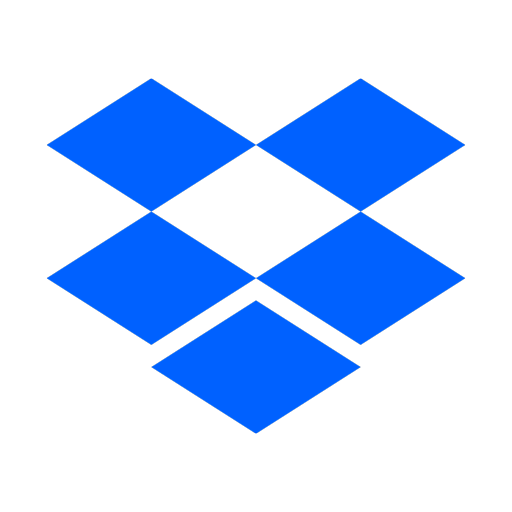
.png/_jcr_content/renditions/hero_square%20(2).webp)

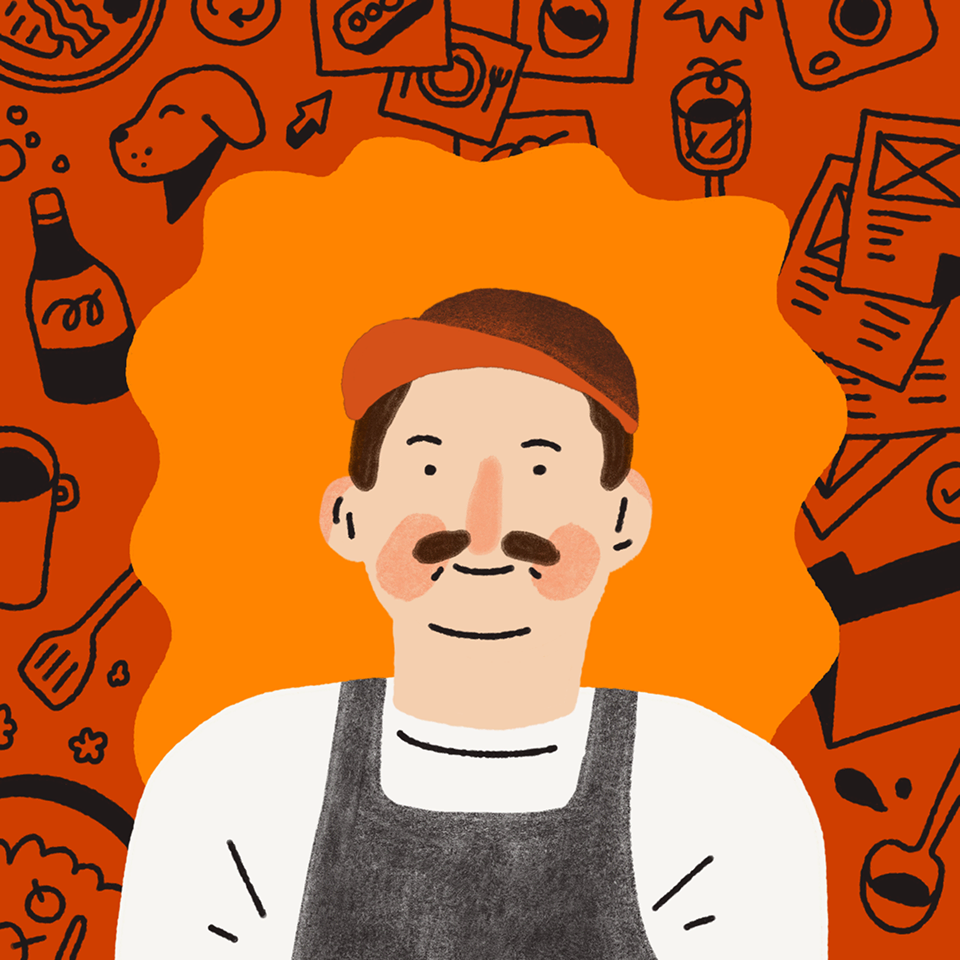





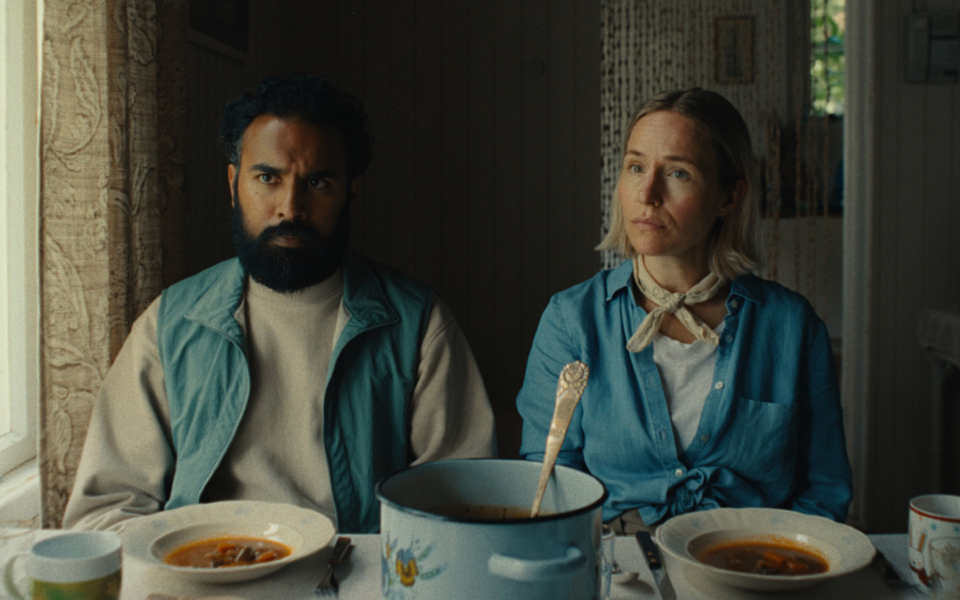
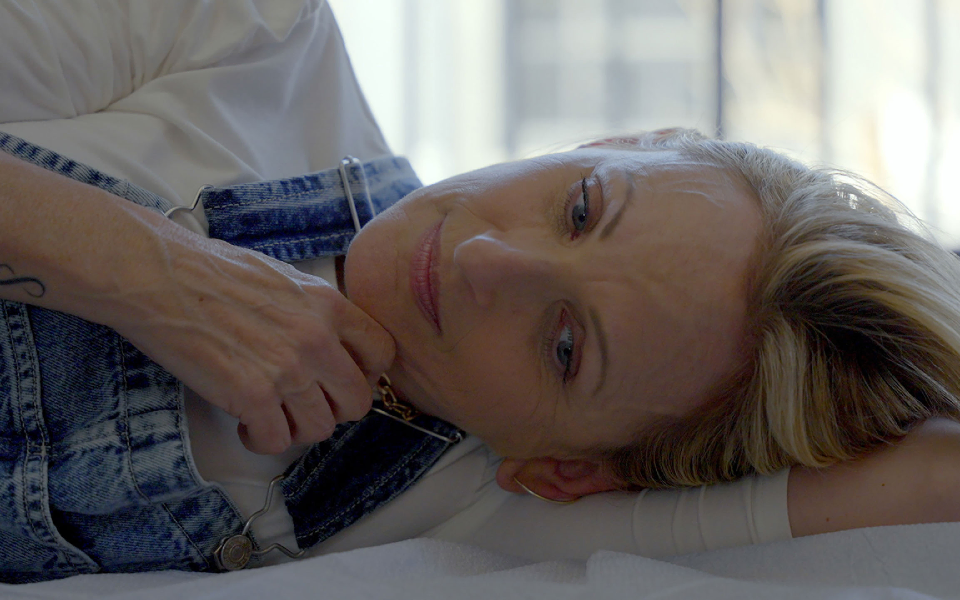




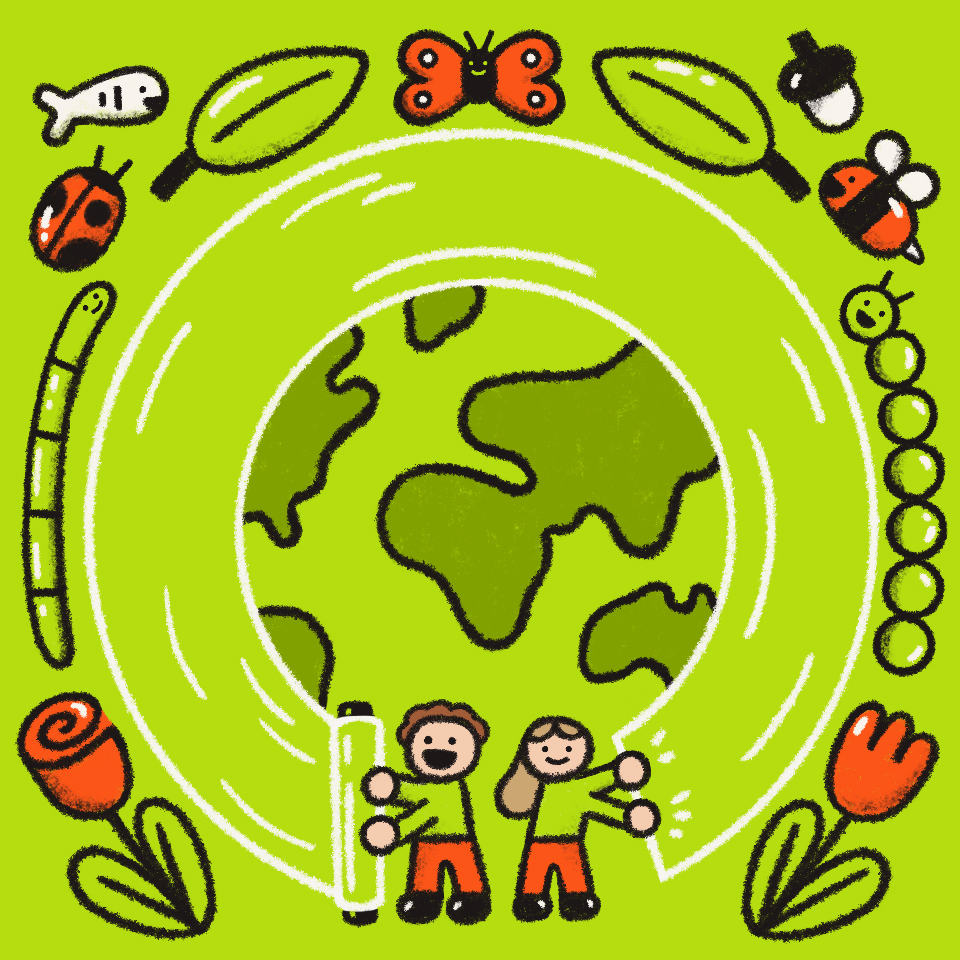
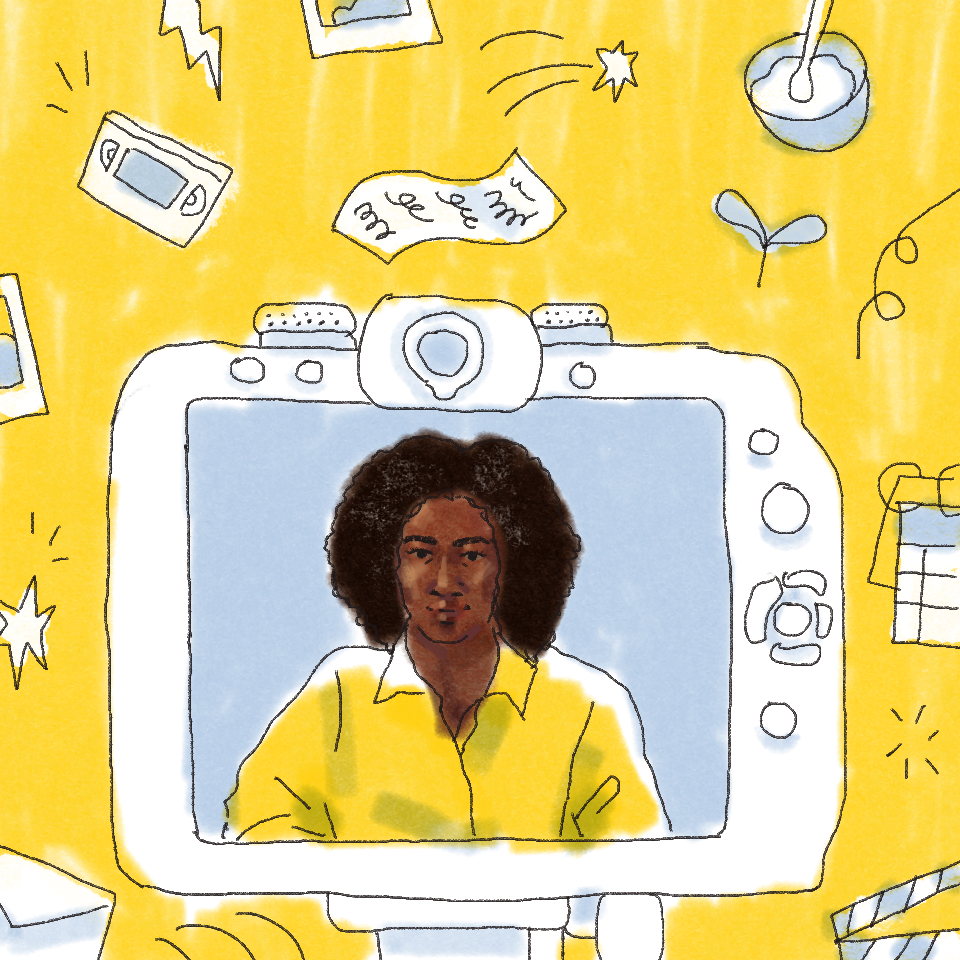
.jpg/_jcr_content/renditions/1200x628%20(5).webp)

